Best Books about Problem Solving: Our Curated List


Find the reading list for problem solving books
Whether you’re tackling complex challenges in your work or career, seeking innovative solutions for personal dilemmas, or simply striving to enhance your cognitive abilities, problem solving is the compass that guides you through life. In this post, we’ll introduce you to a curated list of the best books about problem solving. These books are designed to equip you with the knowledge, strategies, and insights needed to be decisive and find creative solutions to simple and complex problems. Get ready to unleash your inner problem solver, as we explore the pages of these thought-provoking books about problem solving and learn from the experiences of remarkable thinkers.
1. Sprint: How to Solve Big Problems and Test New Ideas in Just Five Days
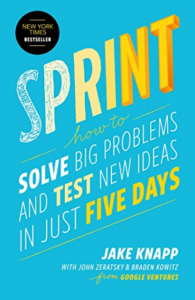
by Jake Knapp, John Zeratsky, and Braden Kowitz
Sprint is a practical guide that introduces readers to a unique problem solving framework known as the design sprint . The authors, who are experienced design partners at Google Ventures, demonstrate how to tackle complex challenges and validate ideas through a five-day process. This book offers a step-by-step approach to conducting time-boxed, intensive problem-solving sessions, making it an essential resource for entrepreneurs, product managers, and innovators looking to rapidly iterate and test new concepts.
Amazon Description:
Entrepreneurs and leaders face big questions every day: What’s the most important place to focus your effort, and how do you start? What will your idea look like in real life? How many meetings and discussions does it take before you can be sure you have the right solution? Now there’s a surefire way to answer these important questions: the Design Sprint, created at Google by Jake Knapp. This method is like fast-forwarding into the future, so you can see how customers react before you invest all the time and expense of creating your new product, service, or campaign.
In a Design Sprint, you take a small team, clear your schedules for a week, and rapidly progress from problem, to prototype, to tested solution using the step-by-step five-day process in this book. A practical guide to answering critical business questions, Sprint is a book for teams of any size, from small startups to Fortune 100s, from teachers to nonprofits. It can replace the old office defaults with a smarter, more respectful, and more effective way of solving problems that brings out the best contributions of everyone on the team—and helps you spend your time on work that really matters.
2. Problem Solving 101: A Simple Book for Smart People
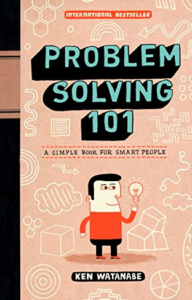
by Ken Watanabe
This problem solving book is a concise and accessible primer on the art of problem solving. In this book, Watanabe distills complex concepts into straightforward techniques that can be easily applied to various situations. Targeted at a broad audience, the book emphasizes practical thinking, logical analysis, and clear decision-making. Through real-life examples and relatable explanations, readers are encouraged to develop their problem solving skills, making it an ideal read for students, professionals, and anyone seeking to enhance their ability to tackle challenges effectively.
Ken Watanabe originally wrote Problem Solving 101 for Japanese schoolchildren. His goal was to help shift the focus in Japanese education from memorization to critical thinking, by adapting some of the techniques he had learned as an elite McKinsey consultant.
He was amazed to discover that adults were hungry for his fun and easy guide to problem solving and decision making. The book became a surprise Japanese bestseller, with more than 370,000 in print after six months. Now American businesspeople can also use it to master some powerful skills.
Watanabe uses sample scenarios to illustrate his techniques, which include logic trees and matrixes. A rock band figures out how to drive up concert attendance. An aspiring animator budgets for a new computer purchase. Students decide which high school they will attend.
Illustrated with diagrams and quirky drawings, the book is simple enough for a middle schooler to understand but sophisticated enough for business leaders to apply to their most challenging problems.
3. Bulletproof Problem Solving: The One Skill That Changes Everything
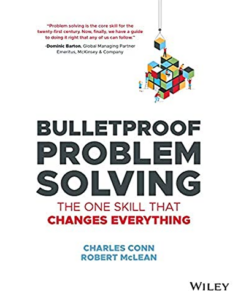
By Charles Conn and Robert McLean
Drawing on their experience as seasoned management consultants, the authors present a robust problem-solving framework that involves understanding the problem deeply, generating creative solutions, and implementing effective strategies. The book’s practical insights and case studies make it invaluable for individuals looking to enhance their critical thinking and decision-making capabilities to address complex issues with confidence.
Complex problem solving is at the very top of the list of essential skills for career progression in the modern world. But how problem solving is taught in our schools, universities, businesses and organizations comes up short. In Bulletproof Problem Solving: The One Skill That Changes Everything you’ll learn the seven-step systematic approach to creative problem solving developed in top consulting firms that will work in any field or industry, turning you into a highly sought-after bulletproof problem solver who can tackle challenges that others balk at.
The problem-solving technique outlined in this book is based on a highly visual, logic-tree method that can be applied to everything from everyday decisions to strategic issues in business to global social challenges. The authors, with decades of experience at McKinsey and Company, provide 30 detailed, real-world examples, so you can see exactly how the technique works in action. With this bulletproof approach to defining, unpacking, understanding, and ultimately solving problems, you’ll have a personal superpower for developing compelling solutions in your workplace.
- Discover the time-tested 7-step technique to problem solving that top consulting professionals employ
- Learn how a simple visual system can help you break down and understand the component parts of even the most complex problems
- Build team brainstorming techniques that fight cognitive bias, streamline workplanning, and speed solutions
- Know when and how to employ modern analytic tools and techniques from machine learning to game theory
- Learn how to structure and communicate your findings to convince audiences and compel action
The secrets revealed in Bulletproof Problem Solving will transform the way you approach problems and take you to the next level of business and personal success.
4. Cracked it!: How to solve big problems and sell solutions like top strategy consultants
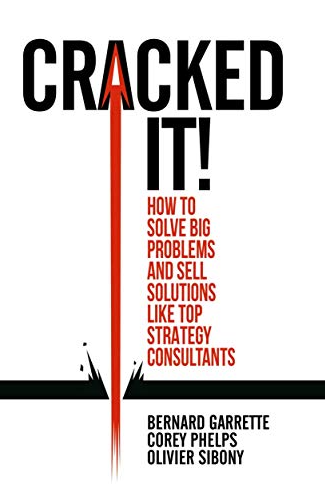
By Bernard Garrette, Corey Phelps, and Olivier Sibony
This is a compelling read for those interested in the world of strategy consulting and problem solving. The authors share insider tips and techniques that top consulting firms use to solve complex problems for their clients. Through a mix of real-life case studies and practical advice, readers gain an understanding of how to approach, structure, and present solutions that can be convincingly sold to stakeholders. This book is an excellent resource for aspiring consultants, business leaders, and entrepreneurs seeking to master the art of solving high-impact problems.
Solving complex problems and selling their solutions is critical for personal and organizational success. For most of us, however, it doesn’t come naturally and we haven’t been taught how to do it well. Research shows a host of pitfalls trips us up when we try: We’re quick to believe we understand a situation and jump to a flawed solution. We seek to confirm our hypotheses and ignore conflicting evidence. We view challenges incompletely through the frameworks we know instead of with a fresh pair of eyes. And when we communicate our recommendations, we forget our reasoning isn’t obvious to our audience.
In Cracked It! , seasoned strategy professors and consultants Bernard Garrette, Corey Phelps and Olivier Sibony present a rigorous and practical four-step approach to overcome these pitfalls. Building on tried-and-tested (but rarely revealed) methods of top strategy consultants, research in cognitive psychology, and the latest advances in design thinking, they provide a step-by-step process and toolkit that will help readers tackle any challenging business problem. Using compelling stories and detailed case examples, the authors guide readers through each step in the process: from how to state, structure and then solve problems to how to sell the solutions. Written in an engaging style by a trio of experts with decades of experience researching, teaching and consulting on complex business problems, this book will be an indispensable manual for anyone interested in creating value by helping their organizations crack the problems that matter most.
5. Solve It!: The Mindset and Tools of Smart Problem Solvers
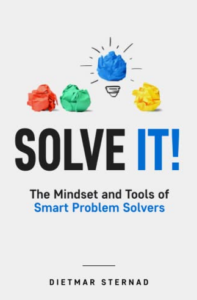
By Dietmar Sternad
Solve It! offers a holistic exploration of problem solving, combining both the mindset and tools needed to address challenges effectively. Sternad outlines the importance of cultivating a growth-oriented mindset and provides readers with a collection of problem-solving techniques that can be applied to various situations. The book emphasizes creativity, adaptability, and continuous improvement as essential elements of successful problem solving.
What do Albert Einstein, Elon Musk, Sherlock Holmes and Mahatma Gandhiʼs six-year-old granddaughter have in common? They are all masters of the art of smart problem solving —a highly sought-after skill that you can learn too!
- Gain insights into the surprising findings of the science of problem solving
- Develop a problem-solving mindset
- Use a powerful 5-step approach to solve even the toughest problems
- Be inspired by stories of highly successful problem solvers
- Learn from expert problem solvers like scientists, doctors, designers, coaches and highly paid management consultants
- Apply practical problem-solving and decision-making tools right away
Use this book to build your problem-solving muscle and enhance your ability to change things for the better!
6. Critical Thinking & Problem Solving: [5 in 1] The Definitive Guide to Decision-Making Secrets, Logic, Systematic Problem-Solving and Better Thinking with Insider Techniques to Spot Logical Failures
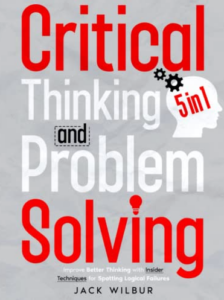
By Jack Wilbur
This collection covers a wide range of topics, from the basics of critical thinking to advanced problem solving techniques. Readers will explore various strategies for effective decision-making, logic, reasoning, and creative problem solving. The book’s diverse content caters to individuals at different levels of proficiency. It’s a valuable resource for anyone seeking to develop and sharpen their critical thinking and problem-solving abilities.
Problem-solving, critical thinking, and decision-making are essential for success in any field. They enable us to identify and analyze problems, generate and evaluate options and make effective decisions.
These skills are crucial in today’s fast-paced and constantly changing world, where the ability to adapt and make good decisions can mean the difference between success and failure.
Check out what’s inside:
- Identify and analyze problems, including detailed explanations and real-world examples to help readers understand and apply the problem-solving process.
- Generate and evaluate options using critical thinking and decision-making frameworks.
- Make effective decisions and how to apply them in different situations.
- Use problem-solving, critical thinking, and decision-making to increase creativity and innovation.
- Use critical thinking to evaluate information and arguments, including information on how to identify and avoid cognitive biases.
- Find solutions to different problems, including information on other problem-solving techniques.
- Make effective decisions under pressure, including information on how to manage emotions and stress.
- And so much more …
7. The Art Of Problem Solving 101: Improve Your Critical Thinking And Decision Making Skills And Learn How To Solve Problems Creatively
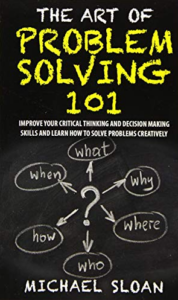
By Michael Sloan
With a focus on clear thinking and logical problem solving techniques, this book is tailored for beginners looking to build a solid foundation in critical thinking. Sloan presents various real-world scenarios and provides step-by-step methods to identify, analyze, and resolve problems. Whether it’s making better decisions or improving communication, readers will find this book a helpful resource in honing their problem-solving skills for everyday life.
Are you often overwhelmed by your problems in life? Do you sometimes think that if only you had an analytical mind, then you could fix all of the things that plague you? Are you constantly obsessing over the obstacles and challenges in your life but you feel like there’s nothing you can do? Believe it or not, but you are a natural problem solver! With the Art of Problem Solving 101, we’re here to teach you how to unlock your natural problem solving abilities and not only teach you how to solve problems, but also teach you how to become a problem solver. A problem solver lives a different life from other people. They learn to embrace adversity, develop important processes and work through any challenge in their life. With the help of our book, you can become one too, even if you don’t feel like you have an analytical mind. With our threefold process of approach, discovery and action, you will learn everything that you need to become a problem solver as well as someone who is capable of handling extreme adversity. If you’ve ever been curious on the philosophy of those who are strong enough to endure hardship and chaos without losing their minds, then the Art of Problem Solving 101 is for you. We’ll teach you everything you need to know about developing the kind of character that tells the world “I’m here to solve problems and nothing can stop me.”
8. Fixed.: How to Perfect the Fine Art of Problem Solving
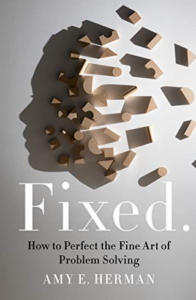
By Amy E. Herman
Amy E. Herman takes a unique approach to problem solving by drawing inspiration from the world of art. The author uses art-related analogies to illustrate problem solving principles and techniques. The book encourages readers to think beyond conventional approaches and find innovative solutions to challenges. By connecting the worlds of art and problem solving, this book offers a fresh perspective on developing a nuanced problem solving mindset.
With Amy Herman’s Fixed., we now have access to what the FBI, NATO, the State Department, Interpol, Scotland Yard, and many more organizations and their leaders have been using to solve their most intractable problems.
Demonstrating a powerful paradigm shift for finding solutions, Herman teaches us to see things differently, using art to challenge our default thinking and open up possibilities otherwise overlooked. Her unexpected, insightful, and often delightful methodology is sought after by leaders and professionals for whom failure is catastrophic. Luckily for us, these tactics work— no matter the problem’s scale or complexity. And we don’t need an art degree or previous knowledge about art to benefit from her approach, only a willingness to open our eyes and our minds. Yes, things go wrong all the time. What matters most is what we do to fix them.
Best Books about Problem Solving Conclusion
Through the guidance of renowned authors and thought leaders, we’ve learned that problem solving is not merely an innate talent but a skill that can be cultivated through practice, perseverance, and an insatiable thirst for knowledge. These books about problem solving have provided us with a diverse range of methodologies, frameworks, and case studies, offering a holistic approach to tackling challenges across various domains. Happy problem solving!
Visit our innovation and design thinking resource blog for additional tips and techniques today. Contact us if you need a problem solving or ideation workshop !
Intentional practices. Amplified leadership. Done simply. Join the Leading to Learn Accelerator starting March 7th. Enroll Now!
🎁 Give the Gift of Learning for December – Check out the NEW Leading to Learn Accelerator and take advantage of special pricing!
Discover how to develop your people while achieving important goals – Join Katie Anderson and Isao Yoshino for a workshop to Expand Your Chain of Learning. Enroll Now.
Enter for your chance to win a copy of Gene Kim’s and Dr. Steven J Spear’s new book Wiring the Winning Organization .
Take my new FREE Change Katalyst™ self-assessment now to fast-track your change leadership effectiveness!

10 Top Books on Problem-Solving and Coaching for Improvement
- November 1, 2022
As leaders and continuous improvement practitioners, we’re committed to learning and to creating a “learning organization”. But how? Any leader seeking to create a learning organization must cultivate both the technical skills for problem-solving and the social skills of coaching for problem-solving . This is the foundation of what lean and continuous improvement is about – not the tools but the thinking process and behaviors that support learning. Imagine you could find a list of books on problem-solving and coaching for improvement at the click of your mouse?
I’m often asked for my top book recommendations on a host of topics and I’ve decided to pull together several posts sharing some of my “go-to” books that have influenced me personally and that I recommend for anyone seeking to develop their team’s capabilities – both on how to use problem-solving techniques and fundamental coaching skills to develop an organization filled with problem solvers.
While this is not a conclusive list of my best books about problem-solving (they’re 10 top books rather than my top 10) , all of these books are my go-to recommendations for any coach, leader, individual contributor, continuous improvement practitioner , or manager seeking to both achieve needed goals AND develop their people at the same time.
They are some of (but not the only!) best books on problem-solving and critical thinking. I had a difficult time honing this list down to just ten, so I decided to start with these ones.
This list is the second in a three-part series that shares my top book recommendations broken down into three categories:
- 10 Top Books on Lean Management, Lean Production, and Toyota History
- 10 Top Books on Coaching and Problem-Solving
- 10 Top Books on Culture, Organizational Change, & Strategy
Top Books on Problem-Solving and Coaching for Improvement
This article focuses on books that can help you become a better problem-solver – and a better coach for improvement, lean, and problem-solving.
There are so many on my shelves that have influenced my personal practice of how to develop a learning organization or practice lean thinking that it was hard to get this list down to just ten books.
So, in order to narrow it down, I am first sharing influential books from authors in my own learning journey, who have also honored my book Learning to Lead, Leading to Learn with their endorsement, plus a few bonus books on problem-solving and coaching for improvement as well.
Here you’ll learn about why I recommend these 10 top books on problem-solving and coaching for improvement, as well as sharing my personal experiences with many of these leading thinkers, and how they’ve informed my Chain of Learning.
There are many more books I could include on this list, but these are some of my go-to books that I suggest if you are a lean practitioner or anyone seeking to understand the true success of creating a real learning organization where people have the capability and confidence to solve problems at all levels, each and every day.
Without further ado, and in no particular order, here are 10 of my top books on problem-solving and coaching for improvement.
📚 Learning to Lead, Leading to Learn

But don’t just take my word for it about the impact of Learning to Lead, Leading to Learn ! Below you can read what these other influential authors had to say about their learning from the book.
📚 Managing to Learn by John Shook
Chairman and CEO of the Lean Enterprise Institute

This book is the book to read, and re-read, to really understand what A3 problem-solving is about. It’s not the tool – it’s the thinking process and the coaching process to support it.
John Shook has been an important link in my “Chain of Learning” about lean and leadership since I first was exposed to the Toyota Way and lean thinking in the mid-2000s.
Long before I met Isao Yoshino, Managing to Learn became – and continues to be – my go-to book on A3 thinking and practice. It also is among my top books to understand the management principles of lean management and the Toyota way. (You can see the whole list here ).
As I describe in the introduction to Learning to Lead, Leading to Learn , it was through John at the Lean Coaching Summit in 2014 that I met Isao Yoshino, who was his boss when John was the first non-Japanese employee at Toyota Motor Corporation and who was the inspiration for the manager character in his fictionalized leadership book, Managing to Learn .
In this book, John illustrates not only what he learned about the process of problem-solving using an A3 format, but also what he learned about how leaders coach and develop their people to think more deeply and develop the capabilities and confidence for problem-solving.
In John’s forward to Learning to Lead, Leading to Learn , he shares some more insights about his experience reporting to Mr. Yoshino and “learning to lead”, and their partnership in developing the NUMMI training program – Toyota’s experiment to see if they could translate their famous Toyota Production System to another culture. (Hint, they could! Check out Mr. Yoshino’s and John Shook’s inside stories about his time in my book Learning to Lead, Leading to Learn ).
Here’s what John Shook had to say about Learning to Lead, Leading to Learn in an excerpt from his foreword to the book:
“In her debut book, “Learning to Lead, Leading to Learn”, Katie Anderson has distilled countless hours of interviews, lecture transcripts, and conversation (and ample debate, too, I am sure) into a cohesive whole that’s informative, inspiring, and entertaining. I am grateful to Katie for capturing Isao Yoshino’s story … and for going beyond just documenting history but weaving it all into a rich tapestry that readers of many interests will find compelling and useful. Explorers of lean thinking and practice will find a deep dive into the mind of a Toyota manager during the defining final third of the 20th century. Japanophiles will find access to the inner workings of Japan’s largest industrial enterprise during the heyday of Japan Inc. And, perhaps most importantly, executive coaches — or anyone with an interest in the phenomenon of ‘manager-as-coach’ — will find in these pages a rich expression of the thinking and practices of a deeply thoughtful, extraordinarily reflective practitioner of the craft.”
Managing to Learn: Using the A3 Management Process to Solve Problems, Gain Agreement, Mentor and Lead
From the Publisher:
Managing to Learn by Toyota veteran John Shook, reveals the thinking underlying the A3 management process found at the heart of lean management and leadership. Constructed as a dialogue between a manager and his boss, the book explains how “A3 thinking” helps managers and executives identify, frame, and act on problems and challenges. Shook calls this A3 approach, “the key to Toyota’s entire system of developing talent and continually deepening its knowledge and capabilities.”
📚 How to Coach for Creativity and Service Excellence: A Lean Coaching Workbook by Karyn Ross
Author of The Kind Leader and The Toyota Way to Service Excellence

Karyn’s book How to Coach for Creativity and Service Excellence is a fabulous resource for any lean coach or leader looking to improve, deepen, and simplify their coaching and problem-solving practices…and help teach others to do the same! Karyn walks the reader through a practical guide of how to approach continuous improvement and apply lean principles in service organization, with daily examples and practices to implement immediately.
Another of Karyn’s books, co-authored with Jeffrey Liker, The Toyota Way to Service Excellence is another of my top recommended books in lean management and the Toyota Way (you can see the whole list here ).
Here is what Karyn Ross had to say about Learning to Lead, Leading to Learn :
“Those who are lean practitioners always know that the best way to understand is to ‘go and see!’ In this wonderful book of stories and reflections about Mr. Yoshino’s tenure at Toyota, Katie Anderson beautifully captures and helps us ‘see’ Mr. Yoshino’s lessons on “Leading to Learn and Learning to Lead”. I know you will enjoy, learn and grow from this book as much as I have!” Karyn Ross – Author, Coach & Consultant
How to Coach for Creativity and Service Excellence: A Lean Coaching Workbook
How to Coach for Creativity and Service Excellence: A Lean Coaching Workbook is a self-contained workbook, in which the reader completes twenty-one days of practical exercises and activities focused on creativity, lean and coaching (one set per day). This will enable the reader to develop their capability and confidence to be creative, adapt lean principles, practices and tools to their unique service organization and coach others to do the same. The workbook guides the reader through a structured, systematic, easy-to-understand, habit-building approach, and functions as the reader’s ‘coach’. As the reader ‘works’ their way through the book, they will reclaim their creativity, learn Karyn’s tried-and-true 15-minute a day coaching approach and adapt lean principles, practices and tools to their particular service organization.
📚 The Coaching Habit by Michael Bungay Stanier
Author of The Advice Trap and How to Begin

The Coaching Habit – and its follow-up companion The Advice Trap (you can read my interview with Michael about that book here ) – are must-reads for anyone who works with other people (that’s everyone!) and seeking to create a learning organization. These books are complementary resources to what I write, coach, and teach about how to “Break the Telling Habit”. Like me, Michael too acknowledges the influence of Edgar Schein (scroll down to see two more of my “best coaching books” recommendations) on the power and nuance of asking questions and helping people move forward.
If you want to become a better coach, question-asker, and thinker, definitely check out MBS’s books!
Here’s what Michael had to say about Learning to Lead, Leading to Learn :
“This is a wise book that weaves a story of leadership between two core principles of purpose (i.e., what shapes us) and discovery (i.e., what defines us). It will be fascinating for students of lean; should be essential for students of leadership.” Michael Bungay Stanier – Author of The Coaching Habit and The Advice Trap
The Coaching Habit: Say Less, Ask More & Change the Way You Lead Forever
In Michael Bungay Stanier’s The Coaching Habit , coaching becomes a regular, informal part of your day so managers and their teams can work less hard and have more impact.
Drawing on years of experience training more than 10,000 busy managers from around the globe in practical, everyday coaching skills, Bungay Stanier reveals how to unlock your peoples’ potential. He unpacks seven essential coaching questions to demonstrate how – by saying less and asking more – you can develop coaching methods that produce great results.
📚 Measures of Success by Mark Graban
Author of Lean Hospitals and The Executive Guide to Healthcare Kaizen

Since then, I’ve been on Mark’s podcasts The Lean Blog multiple times (check out the first one or this one ), and on the My Favorite Mistake Podcast one with Isao Yoshino and one on my own reflecting on how I applied the lessons from Learning to Lead, Leading to Learn to my own mistake.
There are so many books by Mark that I could include on multiple recommended book lists about lean and learning (such as Lean Hospitals ), but this one is my most recommended of all of Mark’s books as it relates to helping organizations understand problems and know how to react to them.
I regularly recommend Measures of Success to clients to help them and their organizations understand and respond to data in a much more informed way. I have served on two non-profit Board of Directors over the past decade – for the Quality Committee for a local hospital and as the Chair of the Mother’s Milk Bank – and Measures of Success has directly influenced and improved our board meeting discussions because we (and the organizations’ leaders) are no longer reacting to noise and usual variation in the system.
Read Measures of Success and pass it on to your leaders. Your conversations will become more focused about real problems, not just the roller coaster of standard variation!
Here’s what Mark had to say about Learning to Lead, Leading to Learn :
“Isao Yoshino has a life’s worth of wisdom to share and Katie Anderson does a fantastic job of bringing those lessons to us in “ Learning to Lead, Leading to Learn” . Katie skillfully weaves together stories that share an insider’s perspective on Toyota, and life, in a conversational tone that will be insightful to readers from any industry. This book will be helpful for those who are new to lean or the Toyota Production System, and it will fill in key details for those who have been practicing lean for a long time.” Mark Graban, Author, Consultant, Professional Speaker, and Blogger
Measures of Success: React Less, Lead Better, Improve More
A practical guide for how to manage your metrics. Organizations depend on metrics for their business. Question is, are they helping people do the right things? Or, encouraging them to overreact to every uptick, downturn, and change?
In other words, reacting to noise. Noise is present in every metric. But, it’s our reaction to noise that causes waste and stress. Too often, people don’t recognize this.
Measures of Success shows a better way to chart and manage your metrics, in any organization or setting. For your business processes and activities, you need to know what’s working, what’s not, and what to change. And why. Then, you can determine what to stop doing, what to start doing, what to keep doing.
📚 The Problem-Solver’s Toolkit by Elisabeth Swan and Tracy O’Rourke

I got my copy of The Problem-Solver’s Toolkit as a gift from Elisabeth and Tracy when they were participants on my 2019 Japan Study Trip ! It was there in Japan that I deepened my relationship with both Tracy and Elisabeth – over the six days of immersive learning (you can read about Elisabeth’s takeaways from her time in Japan with me here ).
Fun fact: Elisabeth generously offered to serve on the Editorial Board of Learning to Lead, Leading to Learn , providing invaluable insights into the first draft!
Here’s what Elisabeth had to say about Learning to Lead, Leading to Learn :
“Katie Anderson has crafted a personal, lean learning journey from her conversations with Toyota leader Isao Yoshino that we all can savor. Out of their friendship comes a moving testament to the power of humanity, risk, failure, and reflection to positively impact the lives around us. It’s a joy to soak up the reflections that culminated from Mr. Yoshino’s decades of business leadership and Ms. Anderson’s brilliant questions about what he learned during his career. Throughout the book, reflection questions invite the reader into the conversation. These serve as sparks to help us understand our own visions of who and what we can be, if we dare to weave our core purpose with our other passions. This captivating read will make you stop and consider your own untapped reservoirs of influence, generosity of spirit, and humble leadership.” Elisabeth Swan, Author and Just-In-Time Cafe Podcast Host
The Problem-Solver’s Toolkit: A Surprisingly Simple Guide to Your Lean Six Sigma Journey
The Problem-Solver’s Toolkit: A Surprisingly Simple Guide to Your Lean Six Sigma Journey is a fast-and-fun travel kit eBook for the process improvement traveler. We provide basic tool sets, examples, instructions, “detours” around potential “potholes” and some sight-seeing options when you want to learn more on a given topic.
- Contains 35 foundational Lean Six Sigma tools
- Covers essentials like the A3, Process Walks, SIPOCs, Check Sheets, Run Charts, 5S, Monitoring and Response Plans, and more – Just enough to get you rolling!
- Provides clear instructions, examples and best practices
- Draws on over 25 years of success helping organizations achieve their goals with Lean Six Sigma
📚 The Conclusion Trap by Daniel Markovitz
Founder of Markovitz Consulting and Author

We quickly discovered that our home-bases were both in the San Francisco Bay Area and, since 2016, regularly meet up in the city to grab a meal and talk about all things leadership, lean, Japan, and more.
On one of our lunches in 2019, we were focused on book writing. I was in the thick of writing – and rewriting – Learning to Lead, Leading to Learn , to be restructured as a leadership narrative. And Dan threw out the idea of a new book he was pondering about problem-solving and the problems with problem-solving.
That book became The Conclusion Trap – an easy-to-digest, quick-to-read, and super impactful guide for coaches, problem-solvers, and leaders at all levels on how to avoid jumping to solutions (which I’ve also written about here ).
I’ve also included another of Dan’s books, Building the Fit Organization , in my book recommendations about building organizational culture. (forthcoming)!
Here’s what Dan had to say about Learning to Lead, Leading to Learn :
“Humans are hardwired to remember and learn from stories. Katie Anderson does the lean community a huge service by bringing storytelling to fundamental lean ideas through her interviews with Mr. Yoshino. Everyone will benefit from the depth and color that the book brings to otherwise dry disquisitions of the Toyota Way.” Daniel Markovitz, Author and Consultant
The Conclusion Trap: Four Steps to Better Decisions
Organizations (and individuals) frequently struggle to make good decisions. They spend money, invest in new technology, and invest enormous amounts of time and effort reorganizing in fruitless efforts to solve thorny problems. Why? Years of training and reinforcement in school and at work, time pressures and deadlines, and inherent psychological biases cause us to jump to conclusions before we even understand the problem we’re attempting to solve.
This book will help you make better decisions by eliminating that tendency. You’ll learn a powerful, four-step process that ensures you will deeply understand a problem before pursuing any given solution. Following this framework enables you to generate insight before you take action. Rather than needlessly hiring more people or spending money on new equipment and technology, you’ll be able to identify the bottlenecks, root causes, and structural impediments that create the problems in the first place. It reduces the chronic fire-fighting your organization suffers from, while increasing the likelihood that your problem stays solved.
Honorable Mentions for books on problem-solving and coaching for improvement :
There are several key books on my bookshelf that I have to include in this list of great books on problem-solving and coaching, but not necessarily by authors who provided a pre-publication endorsement of Learning to Lead, Leading to Learn .
Here are some honorable mentions that must be on this list. And of course, there are so many more that could deserve a place on this list of top books! I might have to do another list in the future!
📚 People Solve Problems: The Power of Every Person, Every Day, Every Problem by Jamie Flinchbaugh
Founder of JFlinch and author

In People Solve Problems: The Power of Every Person, Every Day, Every Problem , Jamie explores the real leverage to improve problem-solving: people. In it, he dives into the problems with problem-solving, including both the value and limits of tools and templates, as well as the marriage of problem-solving and standards.
Jamie outlines the culture needed in an organization in order for problem-solving to be effective, and the role of leaders, whether the CEO or a team leader, in building an environment where problem-solving can thrive.
People Solve Problems: The Power of Every Person, Every Day, Every Problem
Every person in every function of every organization is involved in solving problems. They show up in your email inbox, in meetings, in your own work. They are strategic and tactical, mundane and breakthrough, easy and difficult. Most organizations want to, and need to, improve their people’s problem-solving efforts, and so they offer them tools, templates, and training. Yet this is not where the leverage for impact is found.
People Solve Problems: The Power of Every Person, Every Day, Every Problem explores the real leverage to improve your problem-solving.
📚 Helping and Humble Inquiry by Edgar Schein

Edgar Schien is one of the most influential writers and thinkers when it comes to my approach to coaching, problem-solving, and helping. Two books of his that have most shaped my entire leadership approach and how I now coach leaders to “Break the Telling Habit” – and frankly, that helped me become a better human being across all aspects of my life – are his books Helping and Humble Inquiry .
The types of questions I teach are based on Schien’s categories and the impact they have on problem-solving ownership. Read more about this here .

Schien, a professor-emeritus of MIT, and his son Peter, continue to write prolifically together about these fundamental concepts of humble leadership, humble coaching, and humble consulting.
If you haven’t read these books yet, do so! They will help you become a better leader, coach, and human.
Helping: How to Offer, Give, and Receive Help
Helping is a fundamental human activity, but it can also be a frustrating one. All too often, to our bewilderment, our sincere offers of help are resented, resisted, or refused—and we often react the same way when people try to help us. Why is it so difficult to provide or accept help? How can we make the whole process easier?
Many words are used for helping: assisting, aiding, advising, caregiving, coaching, consulting, counseling, guiding, mentoring, supporting, teaching, and more. In this seminal book on the topic, corporate culture and organizational development guru Ed Schein analyzes the social and psychological dynamics common to all types of helping relationships, explains why help is often not helpful, and shows what any would-be helpers must do to ensure that their assistance is both welcomed and genuinely useful. He shows how to navigate the delicate acts of asking for or offering help; avoid pitfalls; mitigate power imbalances; and establish a solid foundation of trust—and how these techniques can be applied to teamwork and organizational leadership.
Humble Inquiry: The Gentle Art of Asking Instead of Telling
We live, say Edgar and Peter Schein, in a culture of “tell.” All too often we tell others what we think they need to know or should do. But whether we are leading or following, what matters most is we get to the truth. We have to develop a commitment to sharing vital facts and identifying faulty assumptions—it can mean the difference between success and failure. This is why we need Humble Inquiry more than ever.
The Scheins define Humble Inquiry as “the gentle art of drawing someone out, of asking questions to which you do not know the answer, of building relationships based on curiosity and interest in the other person.” It was inspired by Edgar’s twenty years of work in high-hazard industries and the health-care system, where honest communication can literally mean the difference between life and death.
📚 Toyota Kata Managing People for Improvement, Adaptiveness and Superior Results by Mike Rother
Author of The Toyota Kata and Toyota Kata Culture

Rother’s framework documents the invisible pattern of thinking and practice of “leader as coach” at Toyota, which mirrors directly with Isao Yoshino’s experiences over 40-years at Toyota in both Japan and the U.S and are documented in Learning to Lead, Leading to Learn .
A leader’s role in Leading to Learn – just like in the coaching kata – is to
1) set the direction or challenge,
2) provide support to help the learner solve the problem, and
3) develop their own capabilities at the same time.
Toyota Kata helps make the invisible visible, and will help you, your team, and your organization accelerate your ability to learn, innovate, and solve important problems.
Toyota Kata: Managing People for Improvement, Adaptiveness and Superior Results
This game-changing book puts you behind the curtain at Toyota, providing new insight into the legendary automaker’s management practices and offering practical guidance for leading and developing people in a way that makes the best use of their brain power.
Drawing on six years of research into Toyota’s employee-management routines, Toyota Kata examines and elucidates, for the first time, the company’s organizational routines–called kata–that power its success with continuous improvement and adaptation. The book also reaches beyond Toyota to explain issues of human behavior in organizations and provide specific answers to questions such as:
- How can we make improvement and adaptation part of everyday work throughout the organization?
- How can we develop and utilize the capability of everyone in the organization to repeatedly work toward and achieve new levels of performance?
- How can we give an organization the power to handle dynamic, unpredictable situations and keep satisfying customers?
Other Resources:

Explore more of Mr. Yoshino’s stories from his 40 years at Toyota, you can purchase a copy of it in paperback, eBook, or audiobook for your own reading and re-reading here .
The Companion Learning to Lead, Leading to Learn Workbook

To supplement your learning from the book, I’ve also created the Learning to Lead, Leading to Learn Workbook to help you deepen your understanding and practice of the concepts highlighted in the book. This 100-page workbook provides additional exercises and questions to prompt your deeper thinking on your own leadership legacy.
Additional articles about problem-solving and ask effective questions:
- What’s your biggest problem with problem solving?
- Effectively Coaching for Problem Solving
- When to “A3”? – Three problem solving tools to match the complexity of your problem
- How to Ask Problem-Solving Questions
- Effective Questions to Support Problem-Solving Thinking
- What If I Have The Answer? Should I still ask questions?
- Author Interview with Jamie Flinchbaugh: People Solve Problems
How to Ask Effective Questions
- How to get out of the habit of telling: Pay attention to questions in disguise
- Reflections on When to Listen, Ask, & Tell
- Toyota Leadership Lessons: Part 9 – Learning the value of asking questions

And, if you are looking to dive even more deeply into how to coach for problem-solving, check out my on-demand Break the Telling Habit Workshop — facilitated by me, which explores how to tap into your team’s potential by using powerful questions to unlock innovation and amplify engagement.
The Final Word on My 10 Top Books on Problem-Solving and Coaching for Improvement
I hope that your exploration of these books on problem-solving and coaching for improvement brings you as much growth as they did for me.
They explore how leaders apply problem-solving skills, and how you can grow your Chain of Learning by giving you sound problem-solving techniques and teaching you how to coach for improvement by creating problem-solving questions.
Let me know which ones you read and your thoughts on them.
All of these books on problem-solving and critical thinking, and the importance of problem-solving in leadership have played an important role in my own learning journey.
Whether you’re looking to learn about problem-solving in leadership and management, creative problem-solving questions and answers, or coaching for continuous improvement, these books on problem-solving and coaching for improvement have something for you.
And if you’re interested in reading my book, Learning to Lead, Leading to Learn , you can get your very own copy here.
Book Recommendation Series Overview
This is just one article of several that I’ve put together for you to deepen your Chain of Learning about lean, problem-solving, culture, strategy, and more.
This article contains a list of books books on problem-solving and coaching for improvement.
Here is the full list of my book recommendation series:
- Top Books on Lean Management, Lean Production, and Toyota History
Be Part of My Chain of Learning
If you enjoyed this post and want to continue your learning journey with me, sign up for my periodic newsletter below where you’ll be the first to know about new articles on leadership, coaching, and continuous improvement, more author interviews and giveaways, and other opportunities to deepen your learning.
If you are already a subscriber, thank you!

Join my "Chain of Learning"!
Register below to sign up for my newsletter and be the first to know about new insights and inspiration to help you become the leader you always knew you could be. i can’t wait to have you in this leading, learning, and caring world., related posts.

14 | Becoming an Astute Political Navigator with Betsy Jordyn

13 | 3 Ways to Break the Telling Habit ® and Create Greater Impact

12 | Beyond Appearances: Building Real Continuous Improvement with Patrick Adams

11 | Fulfill Your Transformational Leadership Potential with Karen Martin
Keep learning with me.
Join my Chain of Learning ® and be the first to know about new blog posts, podcasts and learning opportunities.
© 2023 Katie Anderson | Privacy Policy | Terms of Use | Disclaimer
Get my free guide 3 Tips to Break The Telling Habit & learn how to ask better questions with intention.

Take my FREE Change Katalyst™ self-assessment now!
Sign up today to get a free copy of the Take my FREE Change Katalyst™ self-assessment.
Get your own copy of the 4-Box Problem-Solving Tool
Sign up today to get a free copy of the 4-box problem-solving tool.
Download My Plan-Do-Check-Adjust Framework
I want the "leading to learn: people centered practices to develop a culture of learning" webinar slides.
In addition to the webinar slides, you will also be signed up for Katie’s periodic newsletter, which you can opt out of at any time.
Get the Create a Life Tapestry Art Project Instructions
All newsletter subscribers get a copy of Isao Yoshino’s tips on “How to Ask Effective Questions” from our joint session on asking effective questions. Sign up here!
Download Learning to Lead, Leading to Learn Book Sample
Dive into Isao Yoshino’s Letter to the Reader and learn from his first mistake at Toyota. By sharing your information, you will also be subscribed to Katie’s periodic newsletter to be the first to know about new articles, events, and other learning experiences!
Download a PDF of the article "If You Think Lean is Inherently Japanese, Think Again"
Get personal improvement a3 coaching tips.
Develop your coaching skills to develop others. Download the Personal Improvement A3 Coaching guide!
Start living and leading with intention today!
Do you want improve yourself as a leader, coach or learner? Getting started with an intentional practice of daily reflection can accelerate your learning. Enter your email address below to download the Daily Reflection Template.
Isao Yoshino’s Leadership Credo
Sign up here and get your copy of Isao Yoshino’s leadership credo!

Top 10 Toyota Leadership Lessons
Receive a PDF of the first top 10 leadership lessons and insights that I learned from Mr. Isao Yoshino, a leader at Toyota for over 40 years. These lessons and more inspired us to create the bestselling book “Learning to Lead, Leading to Learn.”
Access the Book Bonus Resources
Get the downloadable bonus material and additional resources referenced throughout the book. By sharing your information, you will receive access to all the bonus resources — as well as new resources as they become available.
russia has launched a full-scale war in Ukraine! Headway asks you to donate to the charity fund to protect Ukraine and the world’s peace.
Support Ukraine
- For Business
- Book Summaries
- Gift Headway
Problem Solving
72 Best Problem Solving Books
Looking for effective problem-solving books? Discover expert tips, strategies, and insights to tackle challenges head-on and find innovative solutions.
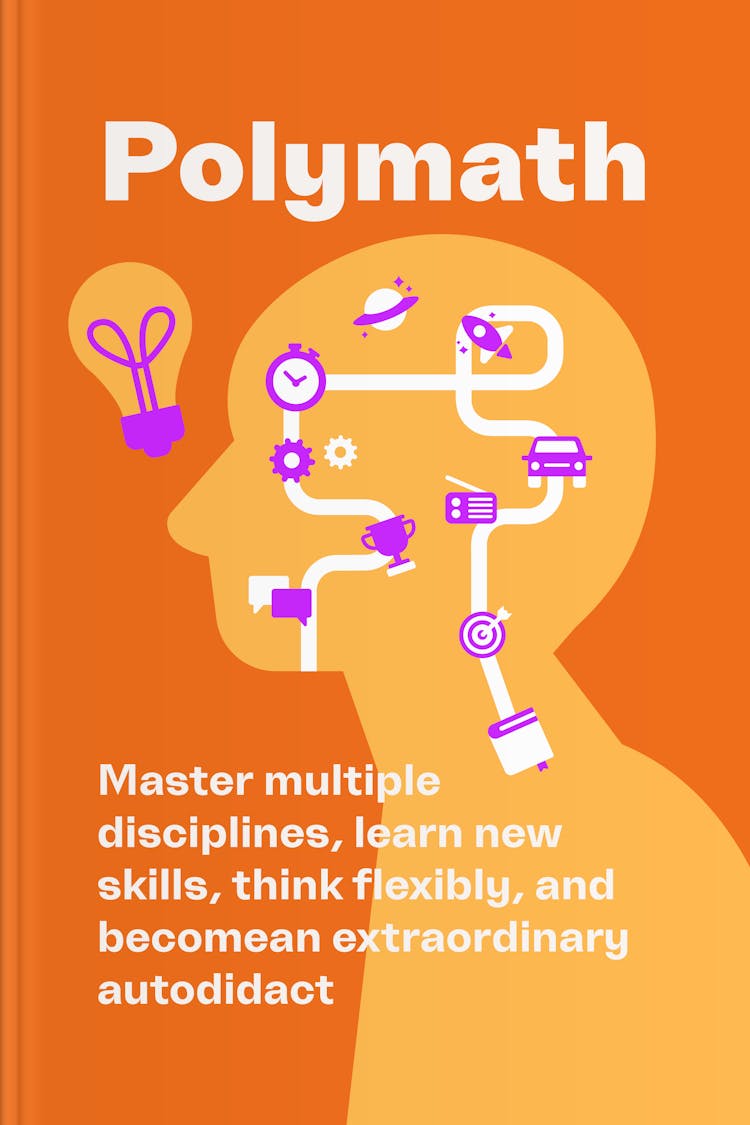
by Peter Hollins
What is Polymath about?
"Polymath" by Peter Hollins is a comprehensive guide that empowers readers to become extraordinary self-learners. Through practical strategies and insightful advice, the book explores the art of mastering multiple disciplines, acquiring new skills, and developing flexible thinking. Hollins provides a roadmap for becoming an autodidact, offering valuable tools and techniques to enhance learning, expand knowledge, and unlock one's full potential in any field.
Who should read Polymath
Students seeking to excel academically and develop a versatile skillset.
Professionals looking to enhance their career prospects and adapt to changing industries.
Individuals interested in personal growth and expanding their intellectual horizons.
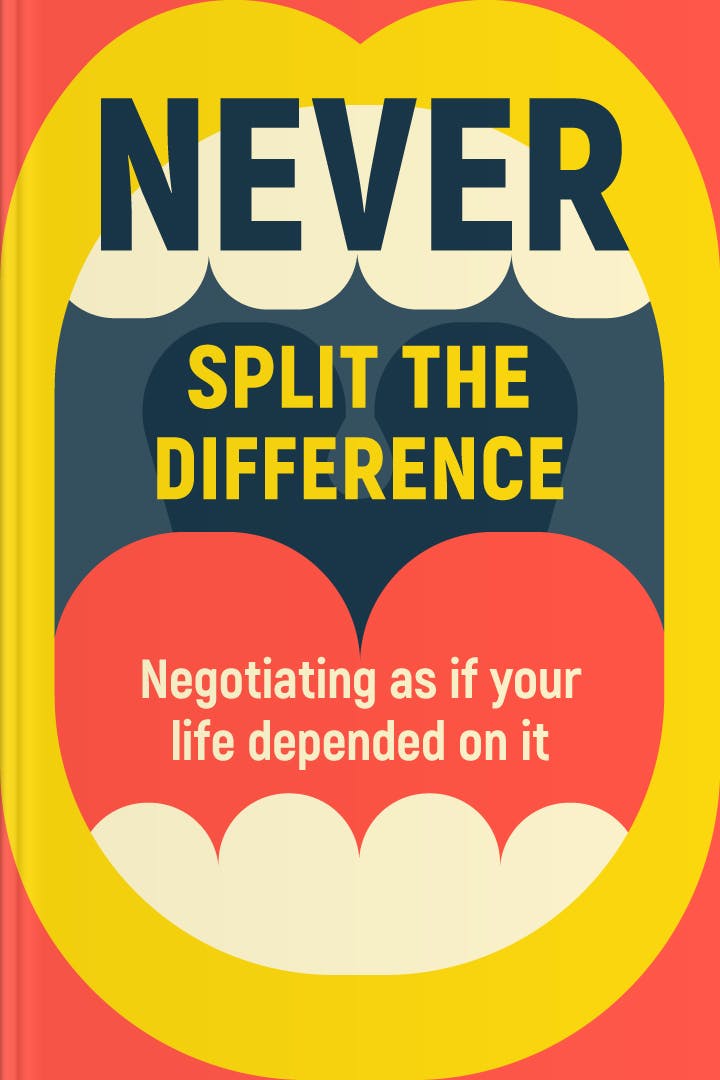
Never Split the Difference
by Chris Voss, Tahl Raz
What is Never Split the Difference about?
In this gripping and insightful book, a former FBI hostage negotiator shares his expertise on negotiation strategies that can be applied to everyday life. Drawing from his intense experiences, the author reveals powerful techniques to effectively communicate, build trust, and influence others. Packed with real-life examples and practical advice, this book is a must-read for anyone looking to master the art of negotiation and achieve better outcomes in both personal and professional situations.
Who should read Never Split the Difference
Business professionals seeking to enhance their negotiation skills.
Law enforcement personnel looking to improve their crisis negotiation tactics.
Individuals interested in mastering effective communication and persuasion techniques.
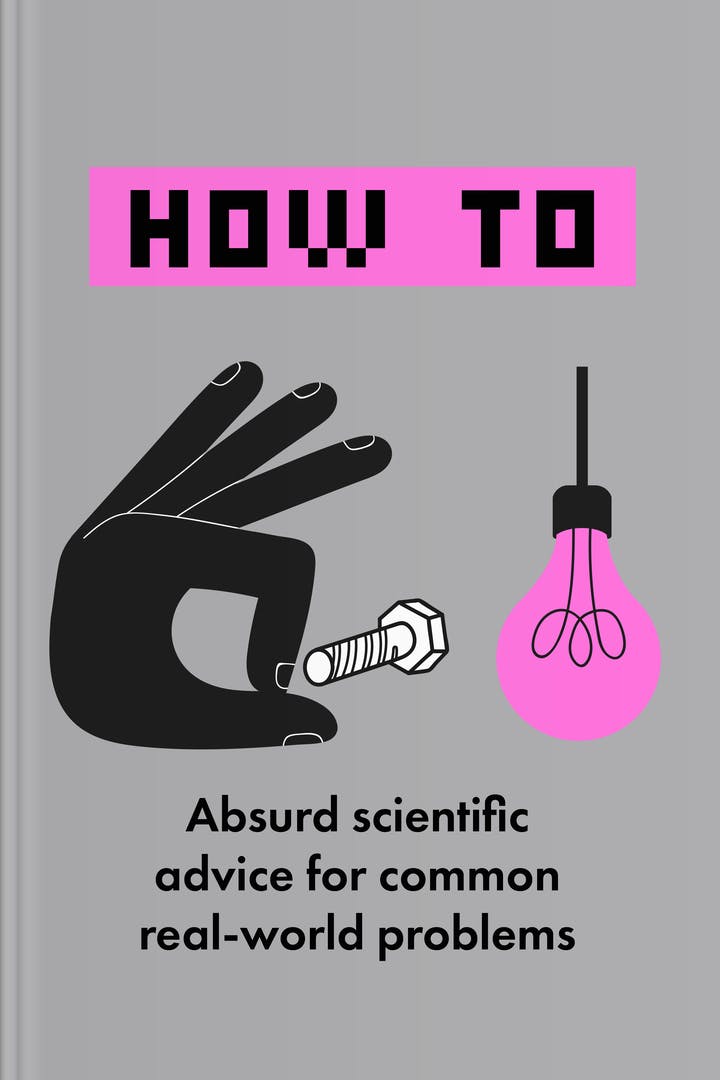
by Randall Munroe
What is How To about?
In this witty and informative book, the author, known for his popular webcomic, offers hilariously unconventional solutions to everyday problems using absurd scientific advice. From how to throw a pool party on the moon to how to build a lava moat around your house, Munroe's unique blend of humor and scientific knowledge will entertain and educate readers, proving that sometimes the most outlandish ideas can lead to surprisingly practical solutions.
Who should read How To
Science enthusiasts seeking unconventional solutions to everyday challenges.
Problem solvers looking for humorous and out-of-the-box scientific advice.
Fans of Randall Munroe's witty and informative writing style.
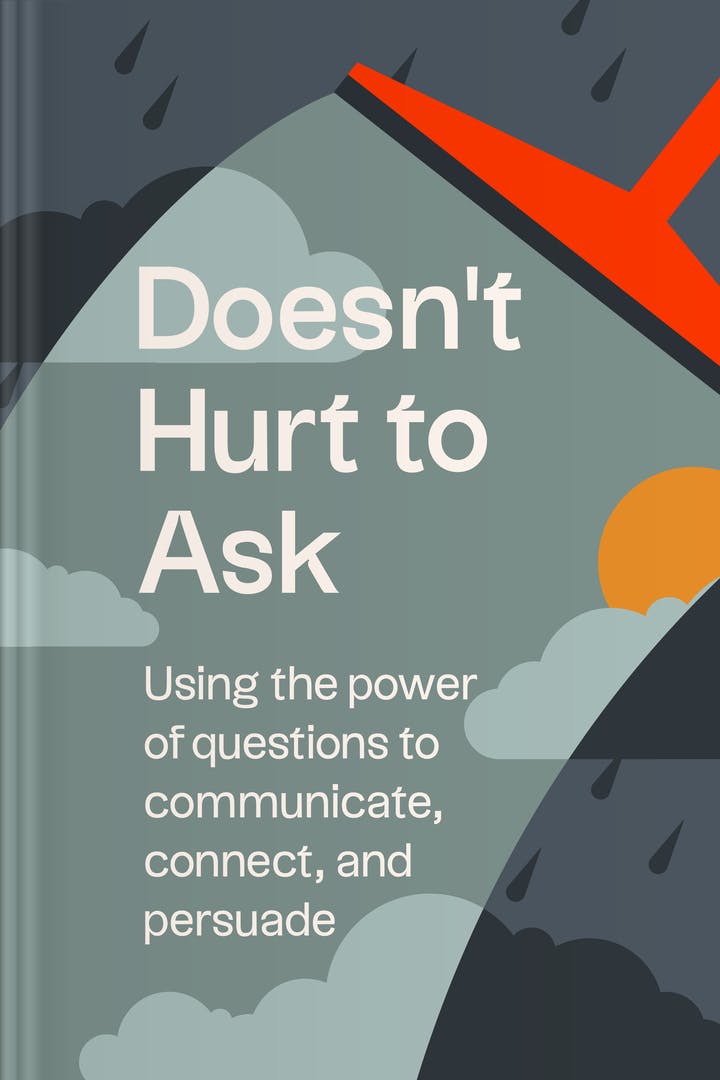
Doesn’t Hurt to Ask
by Trey Gowdy
What is Doesn’t Hurt to Ask about?
In this insightful book, the author explores the art of effective communication through the power of asking questions. Drawing from his experience as a former prosecutor and congressman, Gowdy shares practical strategies and real-life examples to demonstrate how asking the right questions can foster meaningful connections, influence others, and navigate complex situations. Whether in personal relationships or professional settings, this book offers valuable insights on the transformative impact of asking the right questions.
Who should read Doesn’t Hurt to Ask
Professionals seeking to enhance their communication and persuasion skills.
Individuals interested in improving their ability to connect with others.
Anyone looking to master the art of asking effective questions.
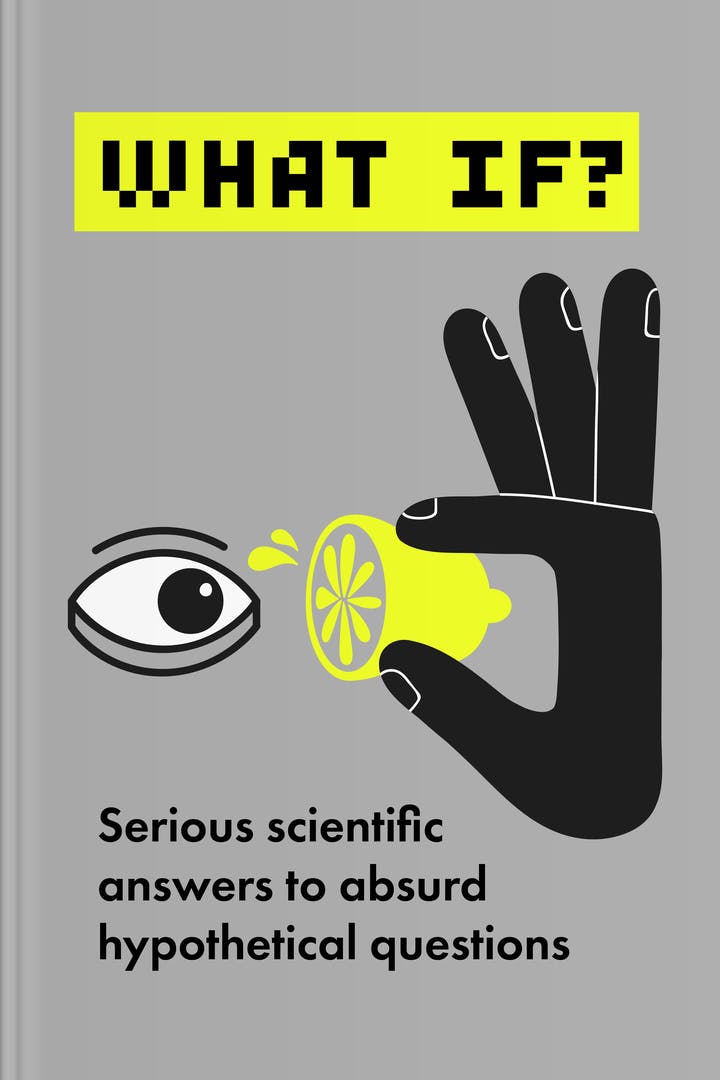
What If? Serious Scientific Answers to Absurd Hypothetical Questions
What is what if serious scientific answers to absurd hypothetical questions about.
In this thought-provoking and entertaining book, the author, known for his webcomic, xkcd, tackles absurd hypothetical questions with serious scientific answers. From exploring the consequences of throwing a baseball at near-light speed to pondering the effects of a robot uprising, Munroe's witty and informative explanations delve into the realms of physics, biology, and engineering. With a blend of humor and scientific rigor, this book offers fascinating insights into the bizarre and imaginative world of hypothetical scenarios.
Who should read What If? Serious Scientific Answers to Absurd Hypothetical Questions
Science enthusiasts seeking entertaining and thought-provoking hypothetical scenarios.
Curious minds eager to explore the intersection of science and imagination.
Fans of Randall Munroe's witty and informative webcomic
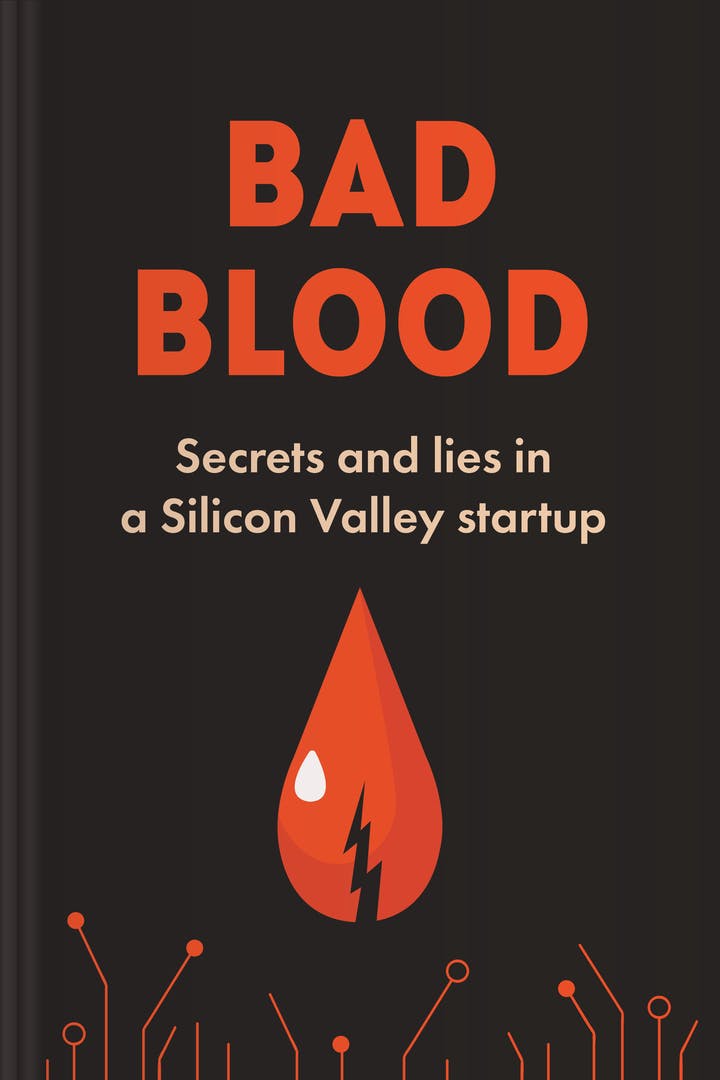
by John Carreyrou
What is Bad Blood about?
This gripping non-fiction book delves into the shocking rise and fall of a Silicon Valley startup. Fueled by charismatic leadership and promises of groundbreaking medical technology, the company quickly became a billion-dollar empire. However, behind the scenes, deception, fraud, and a web of lies were unraveling. Investigative journalist John Carreyrou uncovers the truth, exposing the dark secrets and unethical practices that ultimately led to the company's downfall.
Who should read Bad Blood
Entrepreneurs and aspiring startup founders seeking cautionary tales and lessons.
Investors and venture capitalists interested in the dark side of Silicon Valley.
Anyone fascinated by corporate scandals and the pursuit of truth.

Steal Like an Artist
by Austin Kleon
What is Steal Like an Artist about?
In this insightful and inspiring book, the author shares ten unconventional principles to unleash your creativity. Drawing from his own experiences and the wisdom of renowned artists, Kleon encourages readers to embrace their influences, find their own voice, and create meaningful work. With practical advice and engaging illustrations, this book is a must-read for anyone seeking to tap into their creative potential and navigate the challenges of the artistic journey.
Who should read Steal Like an Artist
Aspiring artists seeking inspiration and guidance on unleashing creativity.
Established creatives looking for fresh perspectives and innovative ideas.
Anyone interested in exploring their creative potential and embracing originality.
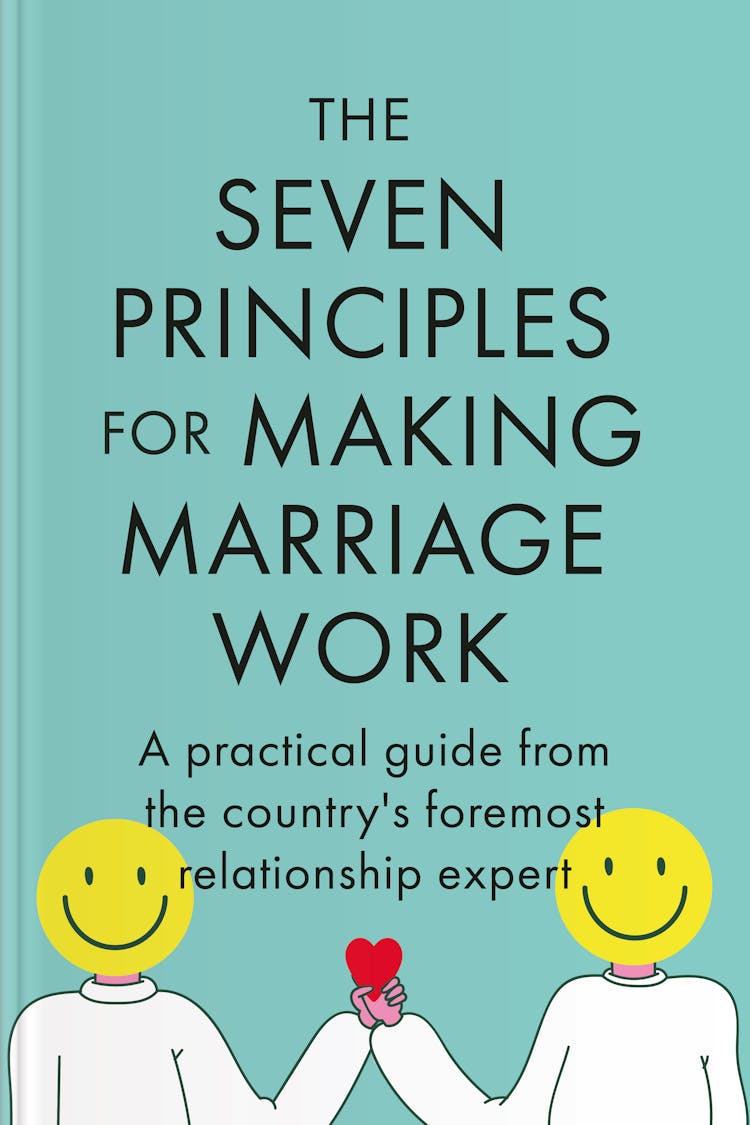
The Seven Principles for Making Marriage Work
by John M. Gottman, Ph.D, Nan Silver
What is The Seven Principles for Making Marriage Work about?
In this insightful guide, a renowned relationship expert shares seven essential principles for building and maintaining a successful marriage. Drawing from years of research and clinical experience, the author offers practical advice and strategies to help couples strengthen their bond, improve communication, and navigate through challenges. Packed with valuable insights and real-life examples, this book is a must-read for anyone seeking to create a fulfilling and lasting partnership.
Who should read The Seven Principles for Making Marriage Work
Couples seeking practical advice to strengthen their marriage.
Relationship therapists looking for evidence-based strategies for clients.
Individuals interested in understanding the science behind successful marriages.
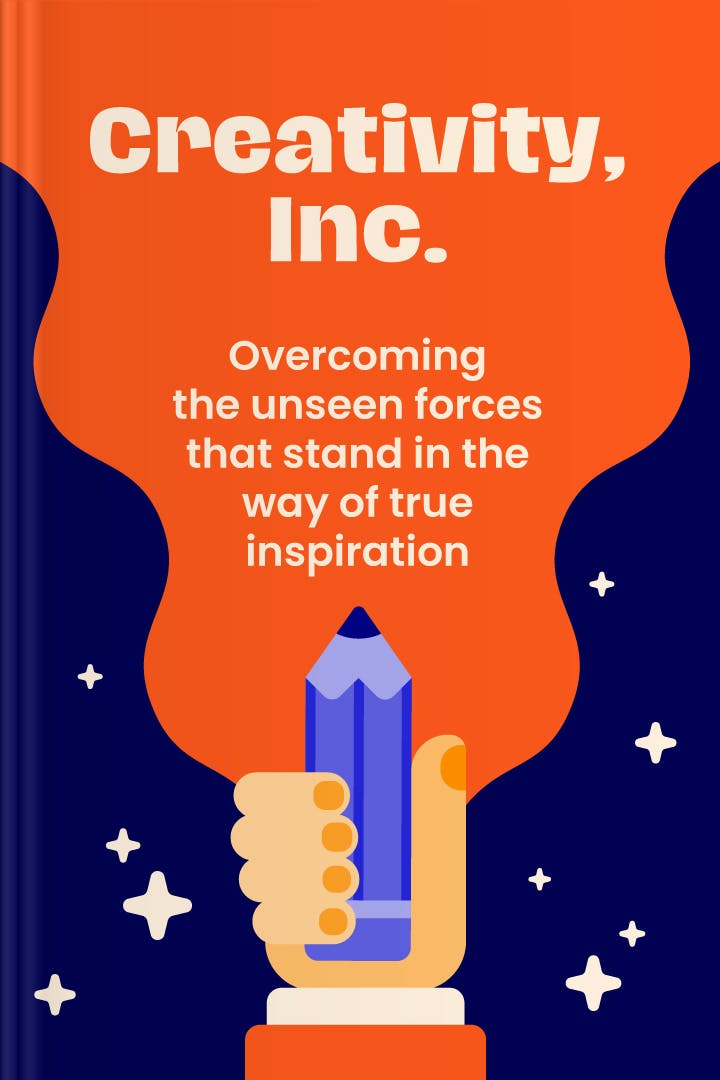
Creativity, Inc.
by Ed Catmull, Amy Wallace
What is Creativity, Inc. about?
In this insightful book, the author, a co-founder of Pixar Animation Studios, shares his experiences and strategies for fostering creativity and innovation within organizations. He explores the unseen obstacles that hinder true inspiration and offers practical advice on how to overcome them. Drawing from his own journey and the success of Pixar, Catmull provides valuable insights into building a creative culture, managing teams, and nurturing the creative process. A must-read for anyone seeking to unleash their own creative potential.
Who should read Creativity, Inc.
Aspiring artists and creative professionals seeking to unlock their potential.
Business leaders and managers looking to foster a culture of innovation.
Pixar enthusiasts curious about the behind-the-scenes workings of the studio.
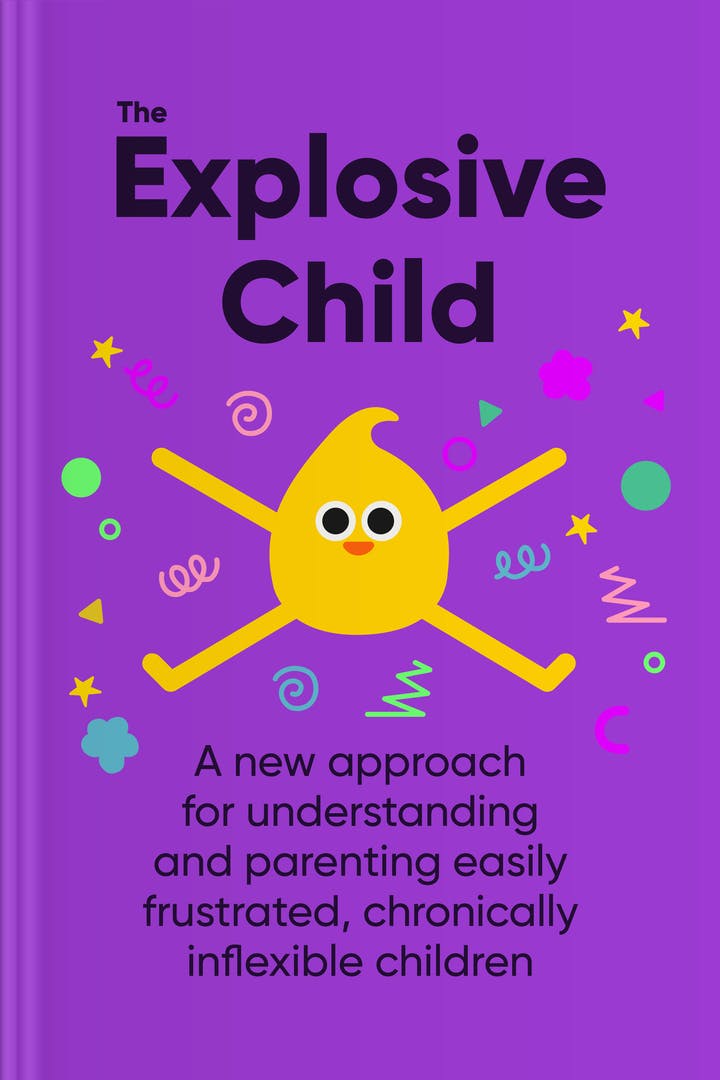
The Explosive Child
by Ross W. Greene, Ph.D.
What is The Explosive Child about?
"The Explosive Child" offers a fresh perspective on parenting children who are easily frustrated and inflexible. Written by a renowned psychologist, this book presents a new approach to understanding and addressing the challenges faced by these children. With practical strategies and real-life examples, it empowers parents to foster better communication, problem-solving, and collaboration, ultimately creating a more harmonious and supportive environment for their child's emotional growth and development.
Who should read The Explosive Child
Parents struggling to understand and manage their easily frustrated children.
Educators seeking effective strategies for working with inflexible students.
Mental health professionals looking for a fresh approach to help their clients.
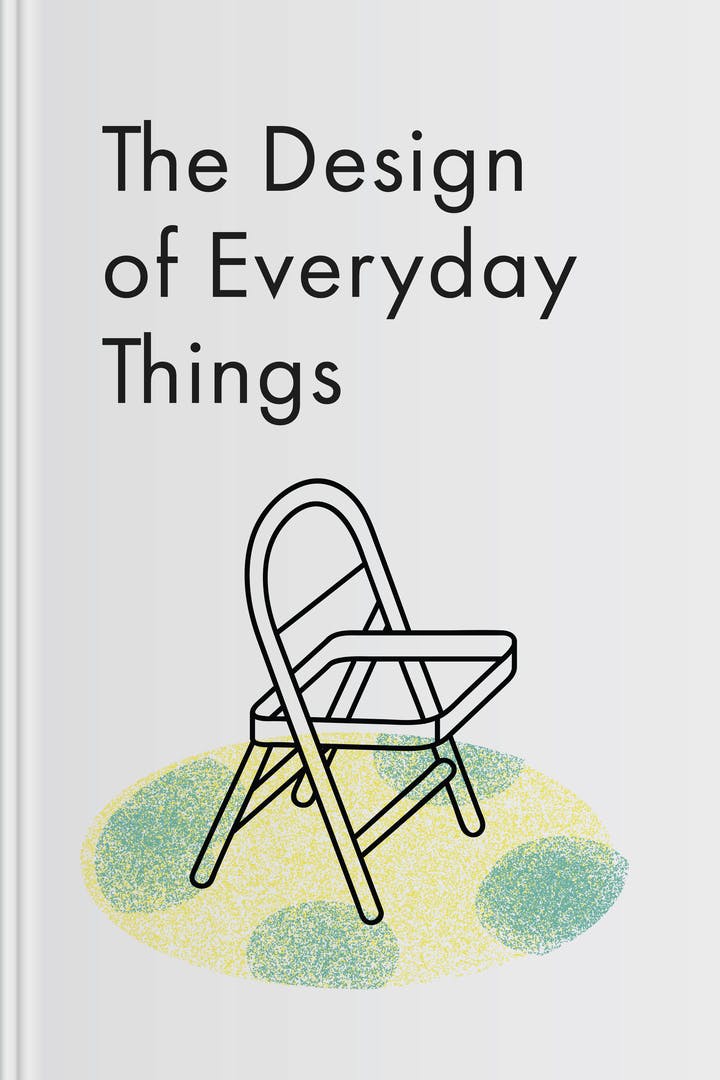
The Design of Everyday Things
by Don Norman
What is The Design of Everyday Things about?
"The Design of Everyday Things" explores the fundamental principles of good design and how they can be applied to everyday objects and systems. The book delves into the psychology behind human interaction with technology and provides insights on how to create user-friendly experiences. With real-world examples and thought-provoking anecdotes, the author challenges conventional design practices and offers practical solutions to improve the usability and functionality of the objects we encounter in our daily lives.
Who should read The Design of Everyday Things
Designers and engineers seeking to improve user experience and usability.
Consumers interested in understanding the psychology behind everyday objects.
Students studying human-computer interaction and product design principles.
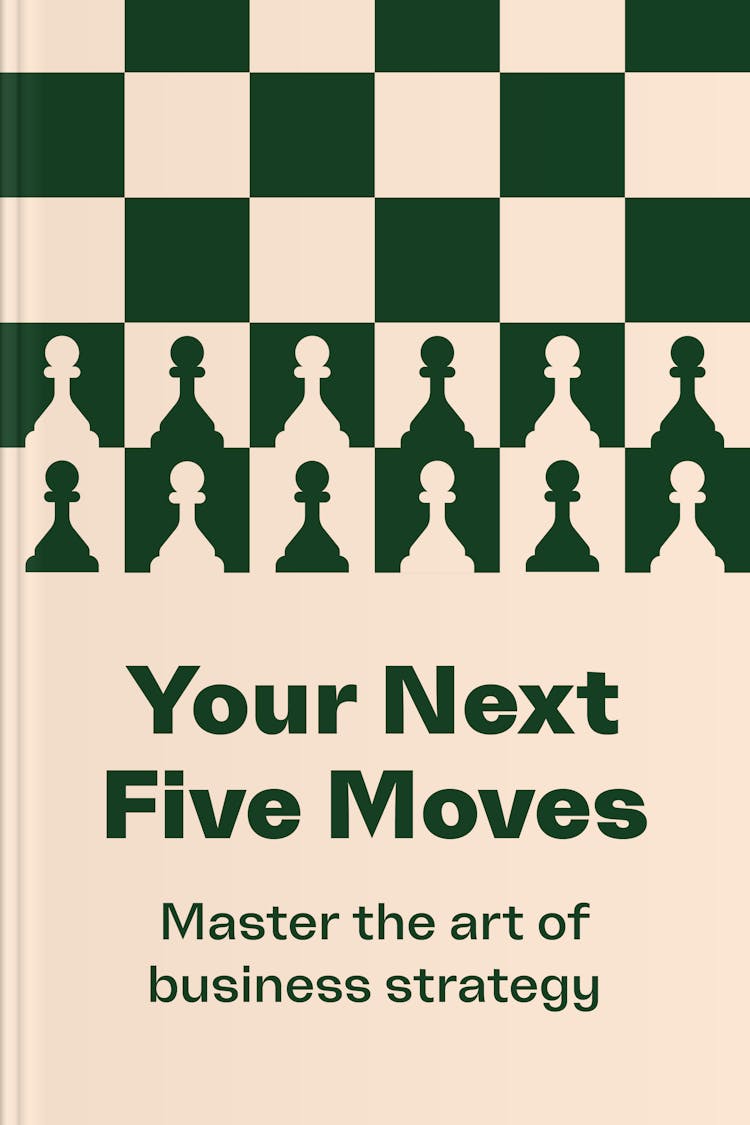
Your Next Five Moves
by Patrick Bet-David
What is Your Next Five Moves about?
In this insightful and practical guide, the author, a successful entrepreneur, shares his expertise on mastering the art of business strategy. Through a series of strategic moves, he teaches readers how to anticipate and outmaneuver their competition, make calculated decisions, and ultimately achieve success in the business world. Packed with real-life examples and actionable advice, this book is a must-read for anyone looking to elevate their strategic thinking and take their business to the next level.
Who should read Your Next Five Moves
Aspiring entrepreneurs seeking to develop effective business strategies.
Business professionals looking to enhance their strategic thinking skills.
Executives and leaders aiming to stay ahead in competitive markets.
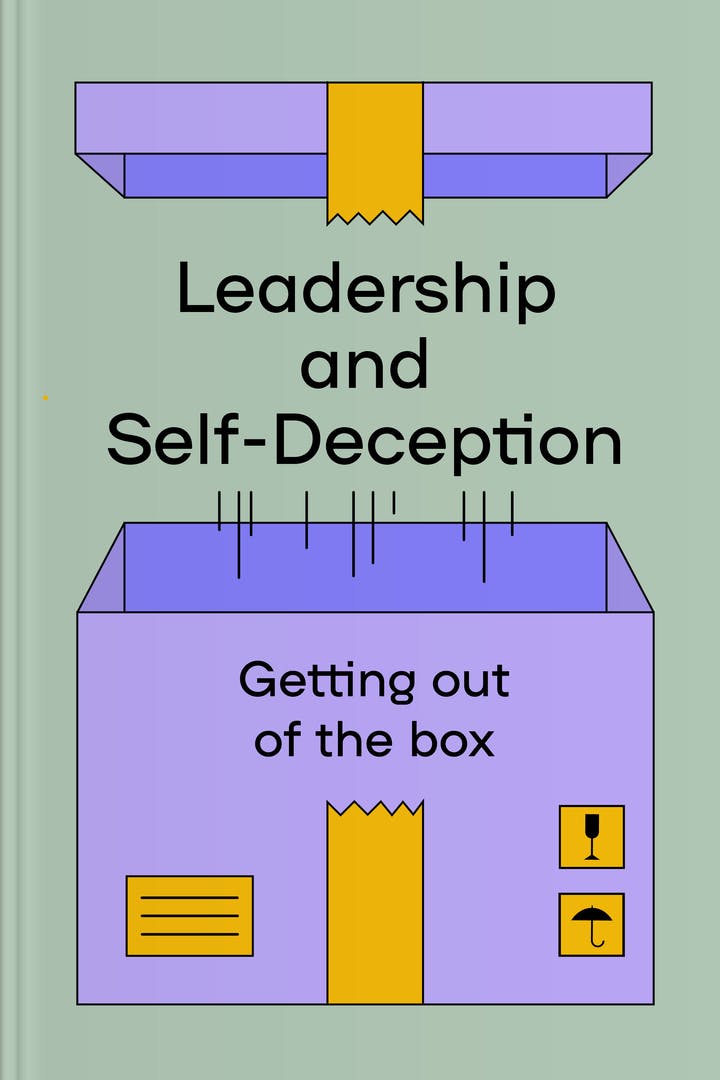
Leadership and Self-Deception
by The Arbinger Institute
What is Leadership and Self-Deception about?
"Leadership and Self-Deception: Getting Out of the Box" explores the concept of self-deception and its impact on leadership. The book delves into the idea that when individuals are trapped in a state of self-deception, they are unable to effectively lead and build meaningful relationships. Through relatable stories and practical insights, the book offers a transformative approach to leadership, encouraging readers to break free from self-deception and embrace a more authentic and compassionate leadership style.
Who should read Leadership and Self-Deception
Managers and leaders seeking to improve their leadership skills.
Individuals looking to enhance their self-awareness and personal growth.
Team members aiming to foster better communication and collaboration.
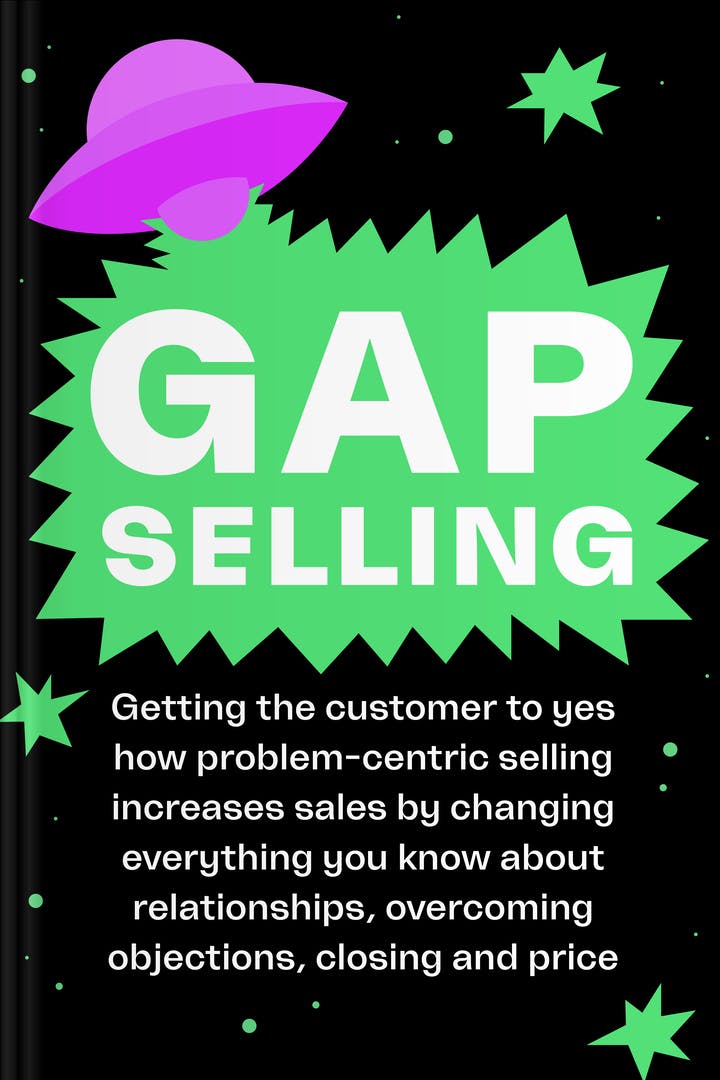
Gap Selling
by Jim Keenan
What is Gap Selling about?
In this insightful book, Jim Keenan explores a revolutionary approach to sales called "Gap Selling." Keenan emphasizes the importance of understanding and addressing the customer's problems and challenges, rather than focusing solely on product features and benefits. By adopting a problem-centric selling approach, sales professionals can build stronger relationships, overcome objections, close deals, and ultimately increase sales. Keenan's strategies challenge traditional sales methods and offer a fresh perspective on achieving success in the competitive world of sales.
Who should read Gap Selling
Sales professionals looking to enhance their selling techniques and increase sales.
Business owners seeking to improve their sales strategies and overcome objections.
Individuals interested in understanding the psychology behind successful selling.
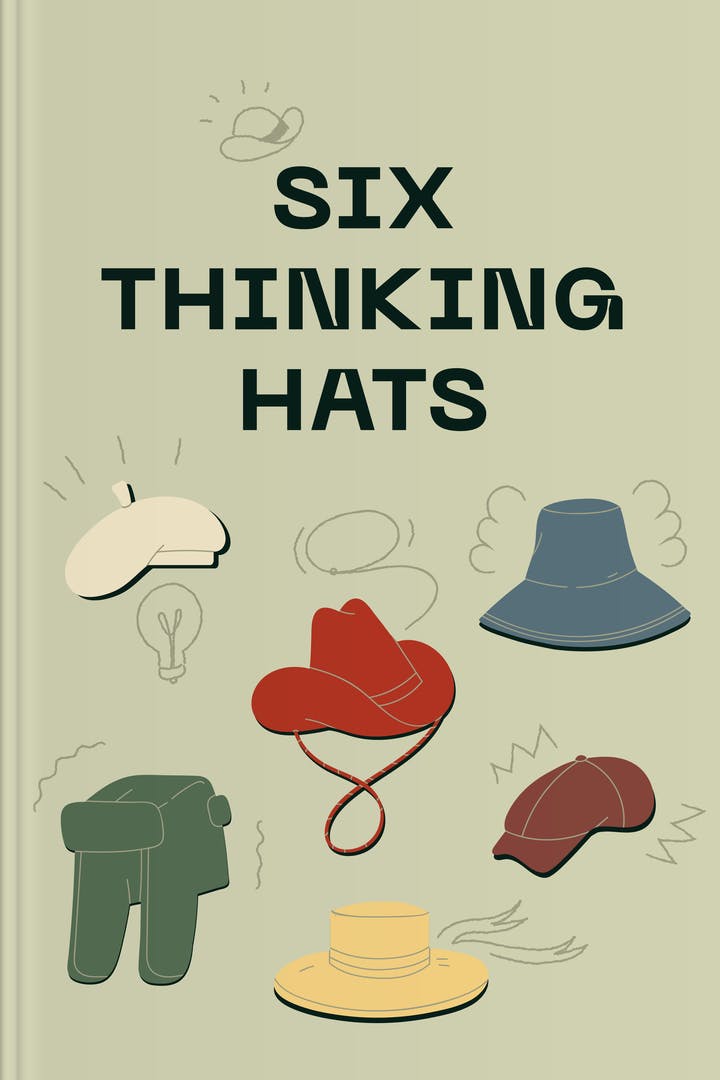
Six Thinking Hats
by Edward de Bono
What is Six Thinking Hats about?
In this insightful book, the author introduces a powerful thinking tool called the "Six Thinking Hats." Edward de Bono explores how this method can enhance decision-making and problem-solving by encouraging individuals to approach situations from different perspectives. Each "hat" represents a different thinking style, allowing readers to effectively analyze, generate ideas, evaluate, and make informed choices. With practical examples and exercises, this book offers a valuable framework for improving critical thinking skills and fostering collaboration in various aspects of life.
Who should read Six Thinking Hats
Business professionals seeking to improve decision-making and problem-solving skills.
Educators looking to enhance critical thinking and creativity in the classroom.
Individuals interested in personal development and effective communication strategies.
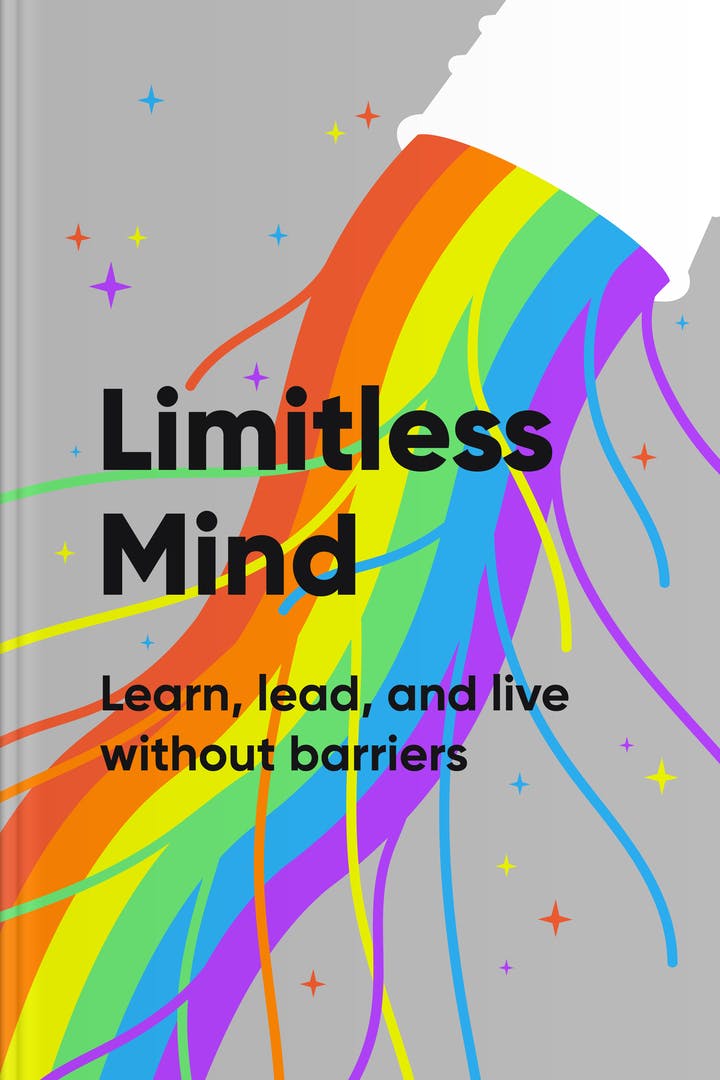
Limitless Mind
by Jo Boaler
What is Limitless Mind about?
In this empowering book, the author explores the concept of a limitless mind and how it can transform our lives. Jo Boaler, a renowned educator, challenges the traditional beliefs about intelligence and offers practical strategies to help individuals learn, lead, and live without barriers. Through inspiring stories and scientific research, she reveals the power of a growth mindset and provides valuable insights on how to unlock our full potential and embrace a life of limitless possibilities.
Who should read Limitless Mind
Educators seeking innovative strategies to foster limitless learning environments.
Individuals looking to overcome mental barriers and unlock their potential.
Leaders aiming to create inclusive and empowering work environments.
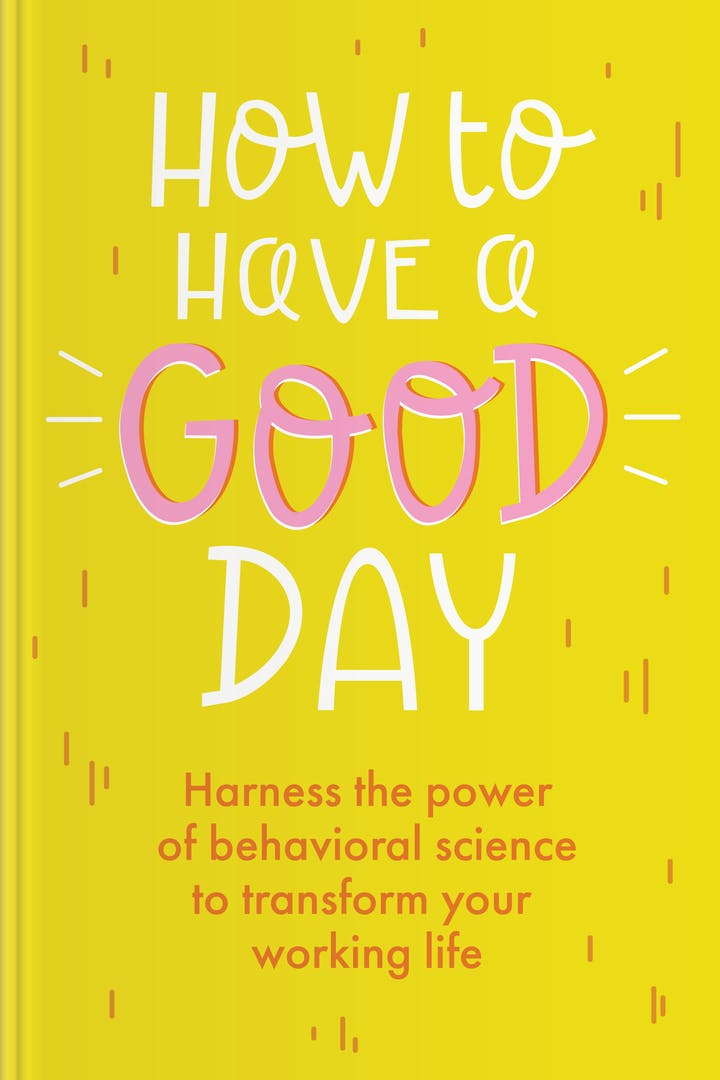
How to Have a Good Day
by Caroline Webb
What is How to Have a Good Day about?
In this insightful guide, Caroline Webb shares practical strategies to transform your workdays into fulfilling and productive experiences. Drawing from behavioral science, psychology, and neuroscience, she offers valuable techniques to enhance decision-making, manage time effectively, and improve communication skills. With Webb's expert advice, readers will learn how to optimize their work environment, reduce stress, and ultimately lead happier and more successful lives.
Who should read How to Have a Good Day
Professionals seeking to improve their work-life balance and productivity.
Individuals looking to enhance their overall well-being and happiness.
Anyone interested in practical strategies for a more fulfilling life.
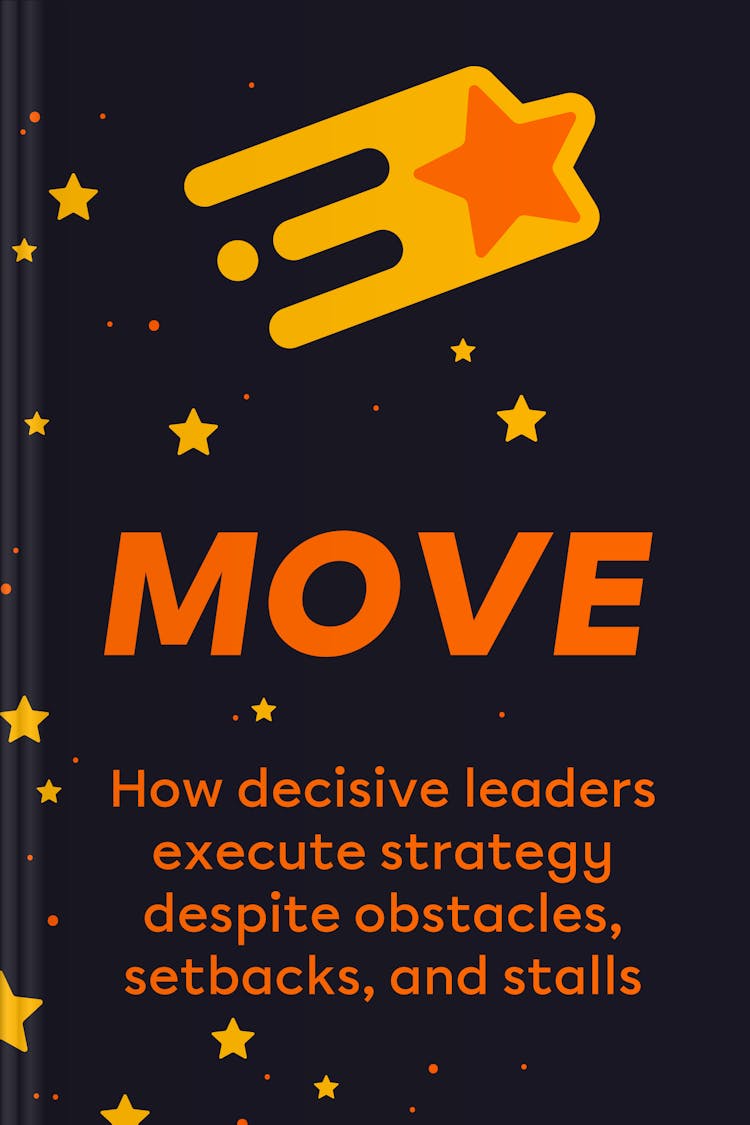
by Patty Azzarello
What is Move about?
In this insightful book, Patty Azzarello explores the art of effective leadership and strategy execution. Drawing from her own experiences as a successful executive, she provides practical advice and strategies for overcoming obstacles, setbacks, and stalls that often hinder progress. With a focus on decisiveness and action, Azzarello empowers leaders to navigate challenges and drive their organizations towards success.
Who should read Move
Business executives seeking guidance on overcoming obstacles and executing strategies.
Managers looking to enhance their leadership skills and navigate setbacks.
Individuals interested in learning about effective decision-making and strategy execution.
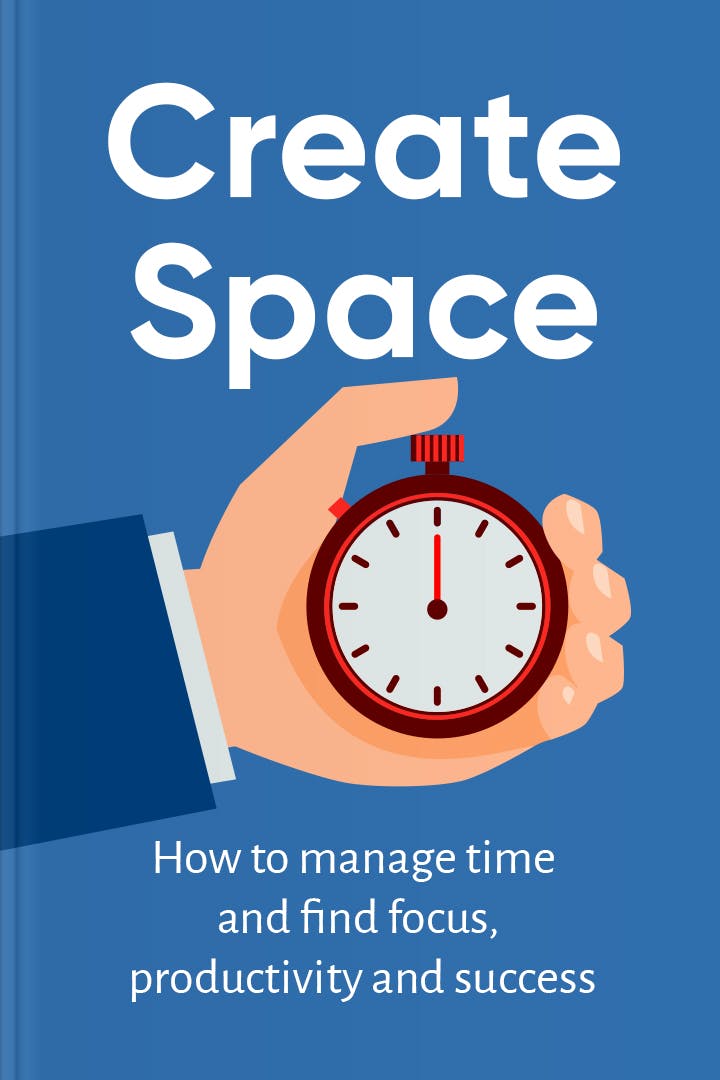
Create Space
by Derek Draper
What is Create Space about?
In this insightful guide, Derek Draper offers practical strategies to help readers effectively manage their time, find focus, and achieve success. Drawing from his own experiences and research, Draper provides valuable tips and techniques to overcome distractions, prioritize tasks, and create a productive work environment. With a clear and concise writing style, this book is a must-read for anyone seeking to enhance their time management skills and unlock their full potential.
Who should read Create Space
Busy professionals seeking effective time management strategies and increased productivity.
Students struggling with time management and seeking better focus.
Entrepreneurs looking to optimize their time and achieve success.
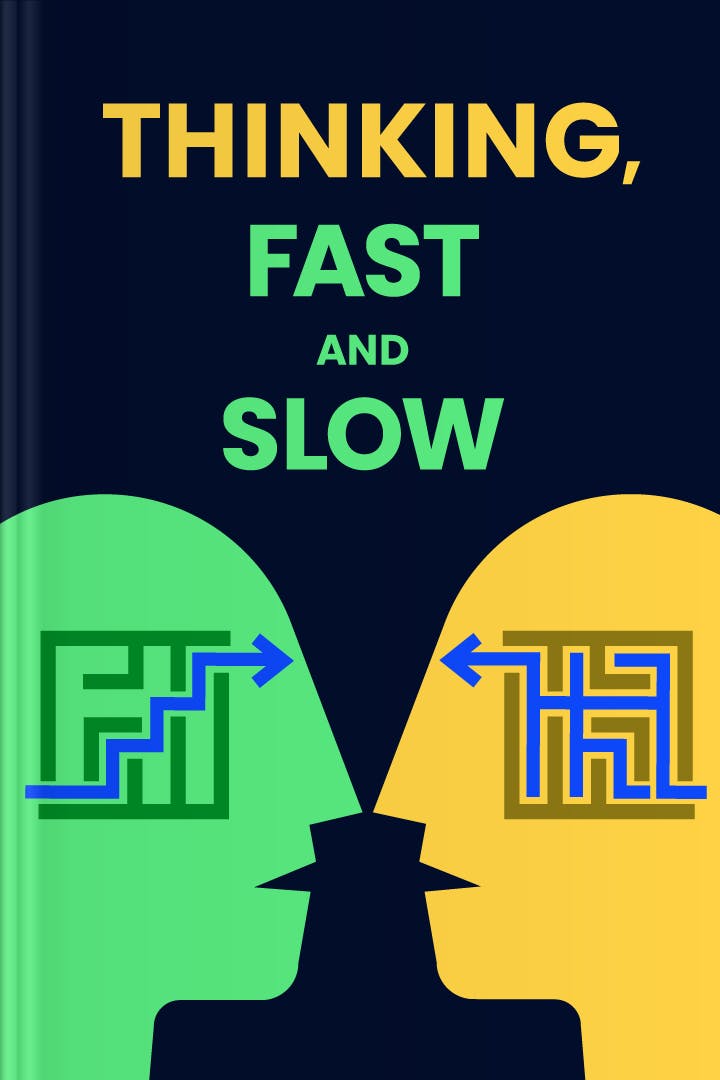
Thinking, Fast and Slow
by Daniel Kahneman
What is Thinking, Fast and Slow about?
In this thought-provoking book, the author explores the two systems that drive our thinking: the fast, intuitive system and the slow, deliberate system. Drawing on decades of research, he reveals the biases and errors that often cloud our judgment, and offers insights into how we can make better decisions. With engaging anecdotes and compelling examples, this book challenges our understanding of decision-making and provides valuable tools for improving our thinking processes.
Who should read Thinking, Fast and Slow
Individuals interested in understanding the complexities of human decision-making.
Psychologists and behavioral economists seeking insights into cognitive processes.
Business professionals looking to improve their decision-making skills.

Who Moved My Cheese? An Amazing Way to Deal with Change in Your Work and in Your Life
by Dr. Spencer Johnson
What is Who Moved My Cheese? An Amazing Way to Deal with Change in Your Work and in Your Life about?
In this insightful book, Dr. Spencer Johnson presents a powerful parable that explores the inevitable changes we face in both our personal and professional lives. Through the story of two mice and two little people, readers are encouraged to embrace change, adapt to new circumstances, and find success and happiness by letting go of fear and embracing the unknown. With its simple yet profound message, this book offers practical strategies for navigating change and achieving personal growth.
Who should read Who Moved My Cheese? An Amazing Way to Deal with Change in Your Work and in Your Life
Professionals seeking guidance on adapting to workplace changes effectively.
Individuals looking for strategies to navigate personal life transitions.
Anyone interested in learning a practical approach to embracing change.
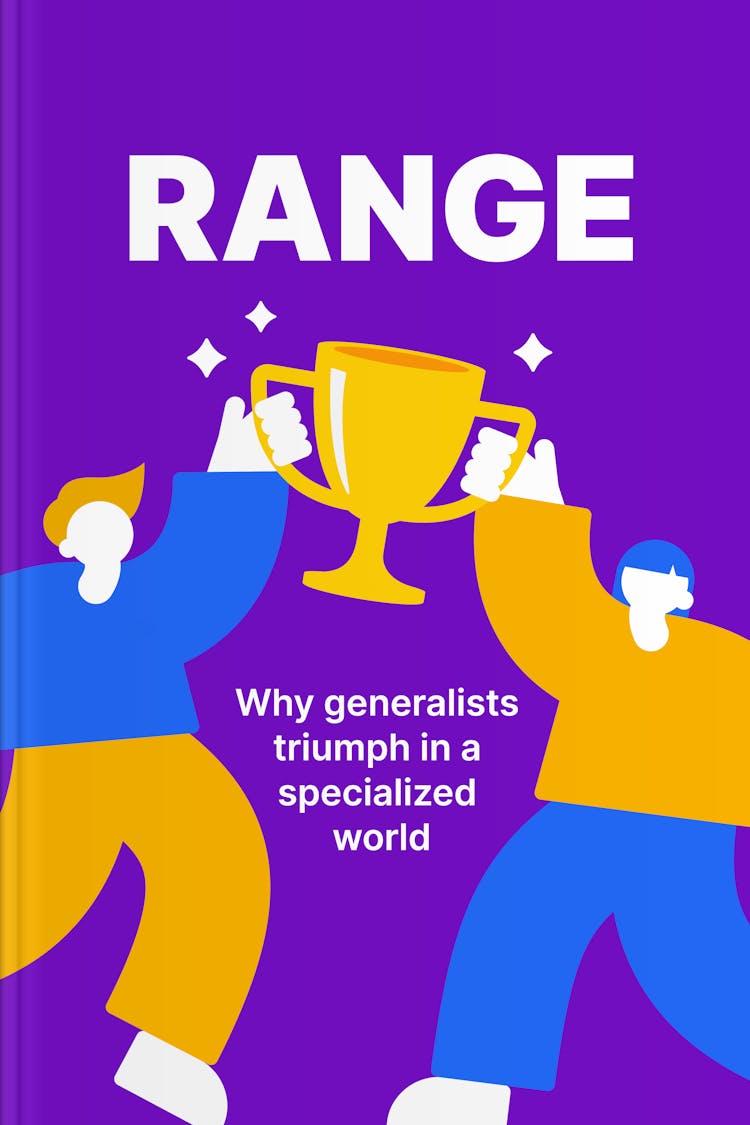
by David Epstein
What is Range about?
In this thought-provoking book, the author challenges the prevailing notion that specialization is the key to success. Drawing on a wide range of examples from sports, science, and the arts, Epstein argues that individuals with diverse experiences and a broad skill set, known as generalists, often outperform specialists in today's complex world. With compelling evidence and engaging storytelling, he explores the benefits of embracing a more flexible and exploratory approach to life and work.
Who should read Range
Professionals seeking to excel in a rapidly changing job market.
Students and educators looking to navigate career choices effectively.
Individuals interested in understanding the benefits of a broad skillset.
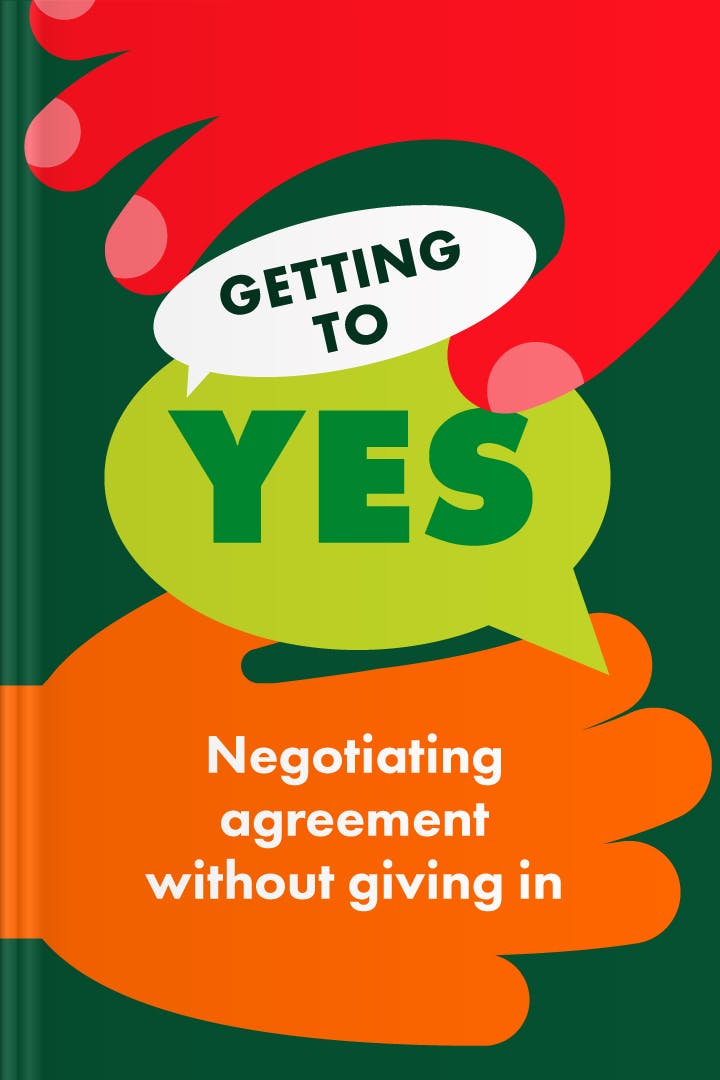
Getting to Yes
by Roger Fisher, William Ury, and Bruce Patton
What is Getting to Yes about?
This book offers a practical guide to effective negotiation techniques, emphasizing the importance of collaboration and mutual understanding. It provides strategies for reaching mutually beneficial agreements without compromising one's interests or resorting to adversarial tactics. Drawing on real-life examples and research, the authors present a step-by-step approach to negotiation that can be applied in various personal and professional contexts. With its focus on principled negotiation, this book aims to empower individuals to achieve successful outcomes while maintaining positive relationships.
Who should read Getting to Yes
Business professionals seeking to improve their negotiation skills.
Lawyers and legal professionals looking for effective negotiation strategies.
Individuals interested in resolving conflicts and reaching mutually beneficial agreements.

Predictably Irrational
by Dan Ariely
What is Predictably Irrational about?
In this thought-provoking book, a renowned behavioral economist delves into the fascinating world of human decision-making. Through a series of engaging experiments and real-life examples, the author uncovers the hidden forces that often lead us to make irrational choices. From the influence of social norms to the power of emotions, this book offers valuable insights into understanding and navigating the complexities of our decision-making processes.
Who should read Predictably Irrational
Individuals interested in understanding the psychological factors influencing decision-making.
Business professionals seeking insights into consumer behavior and marketing strategies.
Psychology enthusiasts looking for a captivating exploration of human irrationality.
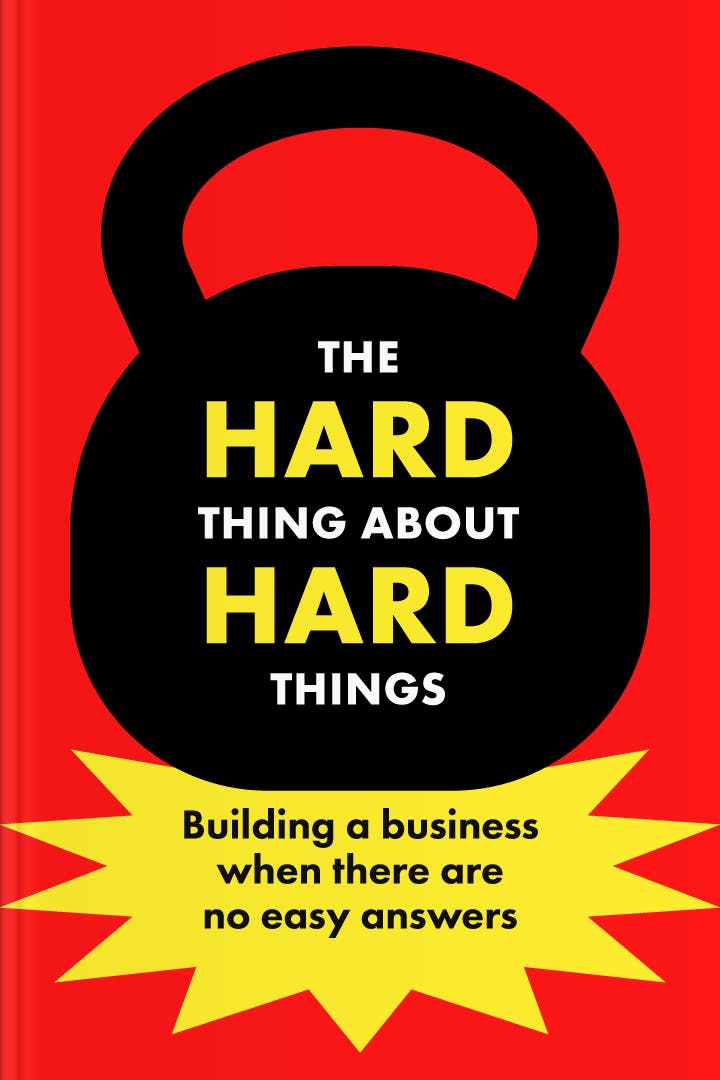
The Hard Thing About Hard Things
by Ben Horowitz
What is The Hard Thing About Hard Things about?
In this insightful and practical book, the author shares his experiences and lessons learned while building a business from scratch. Filled with candid advice and real-world examples, the book explores the challenges and tough decisions entrepreneurs face, offering valuable insights on managing teams, making difficult choices, and navigating through the uncertainties of building a successful business. A must-read for anyone looking to thrive in the world of entrepreneurship.
Who should read The Hard Thing About Hard Things
Aspiring entrepreneurs seeking guidance on navigating the challenges of building a business.
Established business owners looking for practical advice on overcoming obstacles.
Managers and leaders seeking insights into making tough decisions.
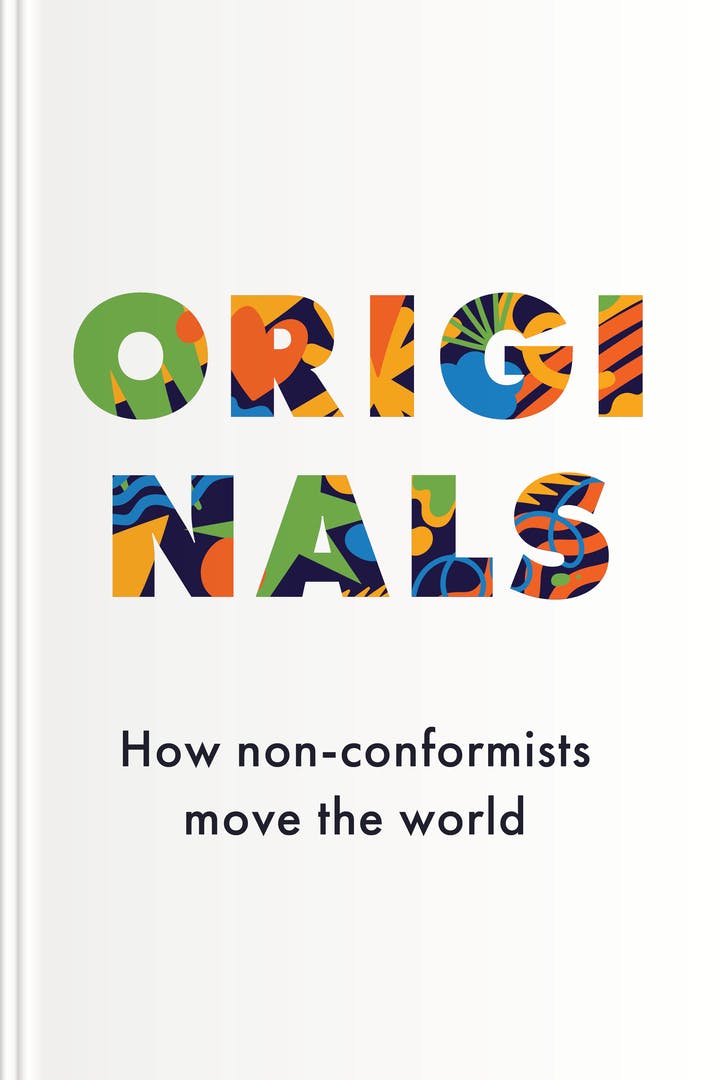
by Adam Grant
What is Originals about?
In this thought-provoking book, the author explores the power of non-conformity and challenges conventional wisdom. Through captivating stories and compelling research, he reveals how individuals who dare to think differently can shape the world. From entrepreneurs to artists, Grant uncovers the secrets of originality and offers practical advice on how to champion new ideas, navigate risks, and inspire others to embrace their own uniqueness. A must-read for those seeking to make a lasting impact and drive positive change.
Who should read Originals
Entrepreneurs and business leaders seeking innovative strategies for success.
Individuals looking to challenge the status quo and make a difference.
Anyone interested in understanding the psychology behind creativity and originality.
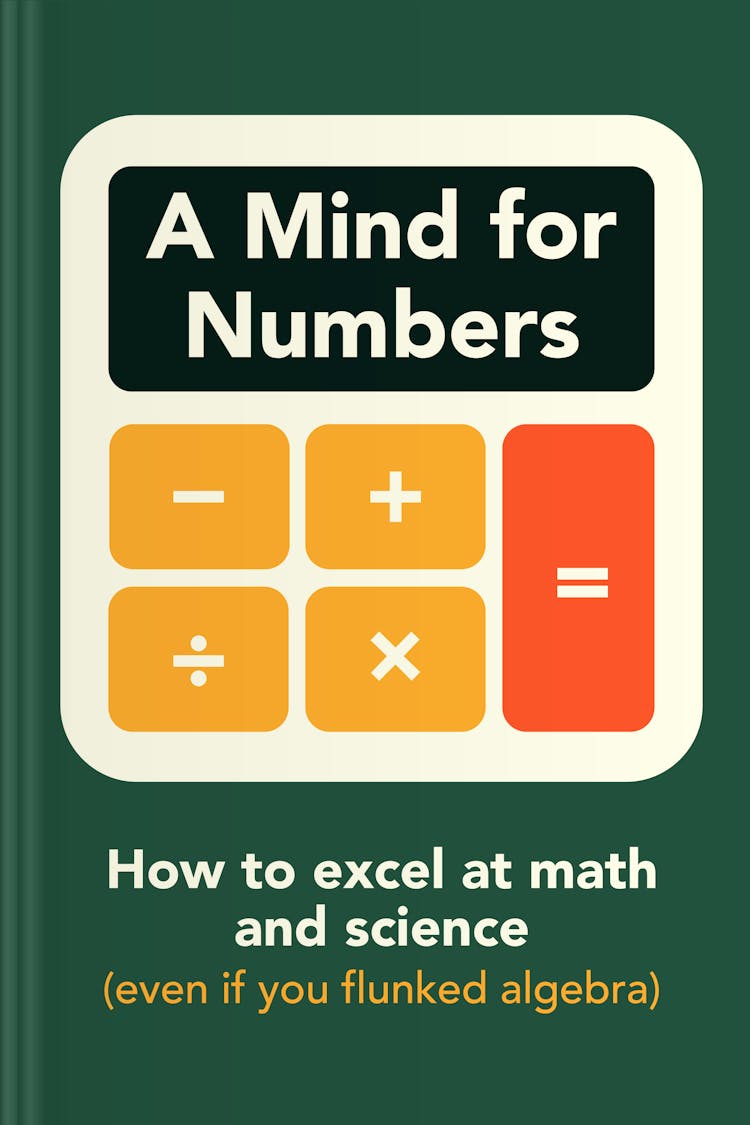
A Mind for Numbers
by Barbara Oakley, Ph.D.
What is A Mind for Numbers about?
In this insightful guide, a renowned expert in learning strategies shares her secrets to mastering math and science. Barbara Oakley, Ph.D., reveals effective techniques to overcome common obstacles and develop a "mind for numbers." With practical tips, real-life examples, and engaging exercises, this book equips readers with the tools to excel in these subjects, regardless of their previous experiences or perceived abilities.
Who should read A Mind for Numbers
Students struggling with math and science concepts.
Professionals seeking to enhance their analytical thinking skills.
Educators looking for effective teaching strategies in math and science.

by Dan Heath, Chip Heath
What is Switch about?
"Switch: How to Change Things When Change is Hard" is a practical guide that explores the psychology behind successful change. Written by Dan Heath and Chip Heath, this book offers valuable insights and strategies to navigate through difficult transitions. Drawing from real-life examples and research, it provides a roadmap for individuals and organizations to overcome resistance and make lasting changes. With a focus on understanding human behavior, "Switch" offers a compelling framework to drive positive transformations in any aspect of life.
Who should read Switch
Individuals seeking practical strategies to navigate and embrace change.
Managers and leaders looking to drive successful organizational transformations.
Anyone interested in understanding the psychology behind change and decision-making.
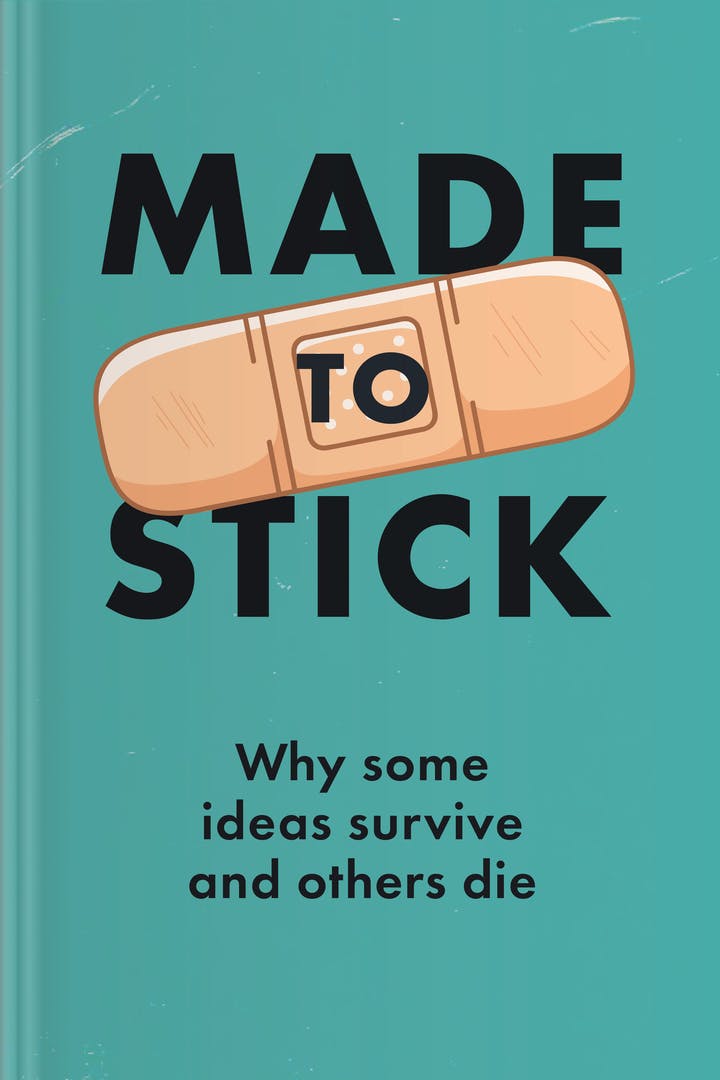
Made to Stick
by Chip Heath, Dan Heath
What is Made to Stick about?
"Made to Stick" explores the art of crafting ideas that are memorable and impactful. Chip Heath and Dan Heath delve into the psychology behind why certain ideas stick in our minds while others fade away. Through engaging stories and practical strategies, the authors reveal the key elements that make ideas stick, such as simplicity, unexpectedness, and emotional appeal. This book is a guide for anyone seeking to communicate their ideas effectively and leave a lasting impression.
Who should read Made to Stick
Business professionals seeking to create memorable and impactful ideas.
Educators looking to engage and inspire their students with lasting concepts.
Marketers and advertisers aiming to craft compelling and memorable campaigns.
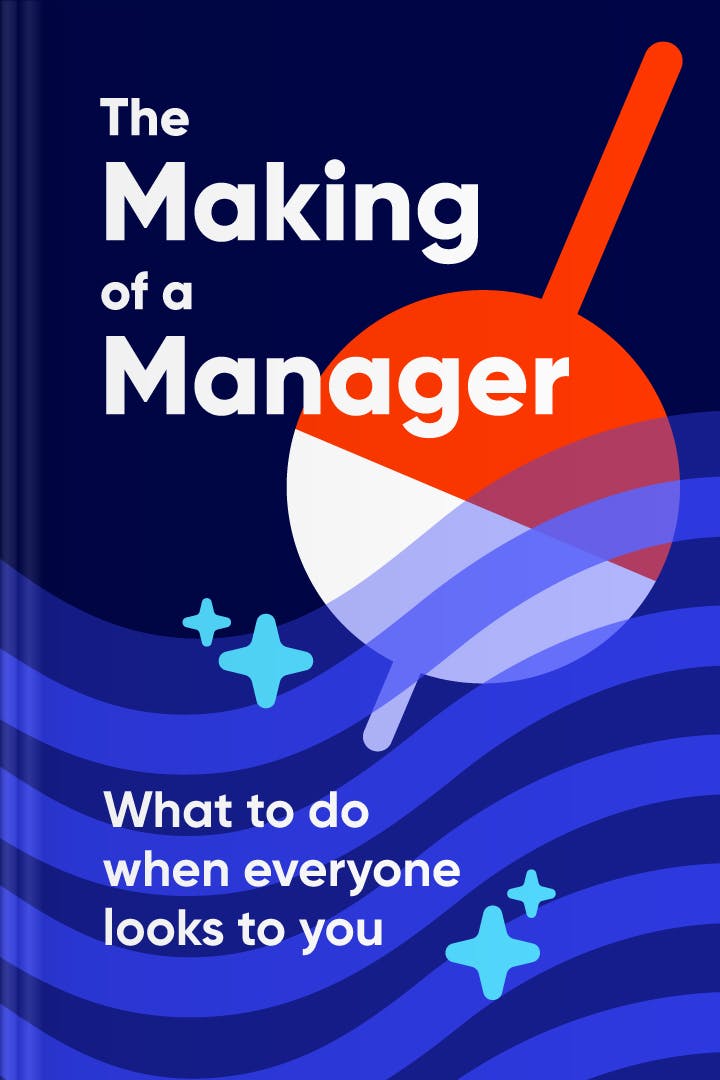
The Making of a Manager
by Julie Zhuo
What is The Making of a Manager about?
"The Making of a Manager" by Julie Zhuo is a practical guide for new managers, offering valuable insights and advice on how to navigate the challenges of leadership. Drawing from her own experiences as a young manager at Facebook, Zhuo shares actionable strategies for building effective teams, making tough decisions, and fostering a positive work culture. This book is an essential resource for anyone stepping into a managerial role and seeking to excel in their leadership journey.
Who should read The Making of a Manager
Aspiring managers seeking guidance on leading teams effectively.
New managers looking for practical advice on handling responsibilities.
Experienced managers seeking fresh insights and strategies for success.
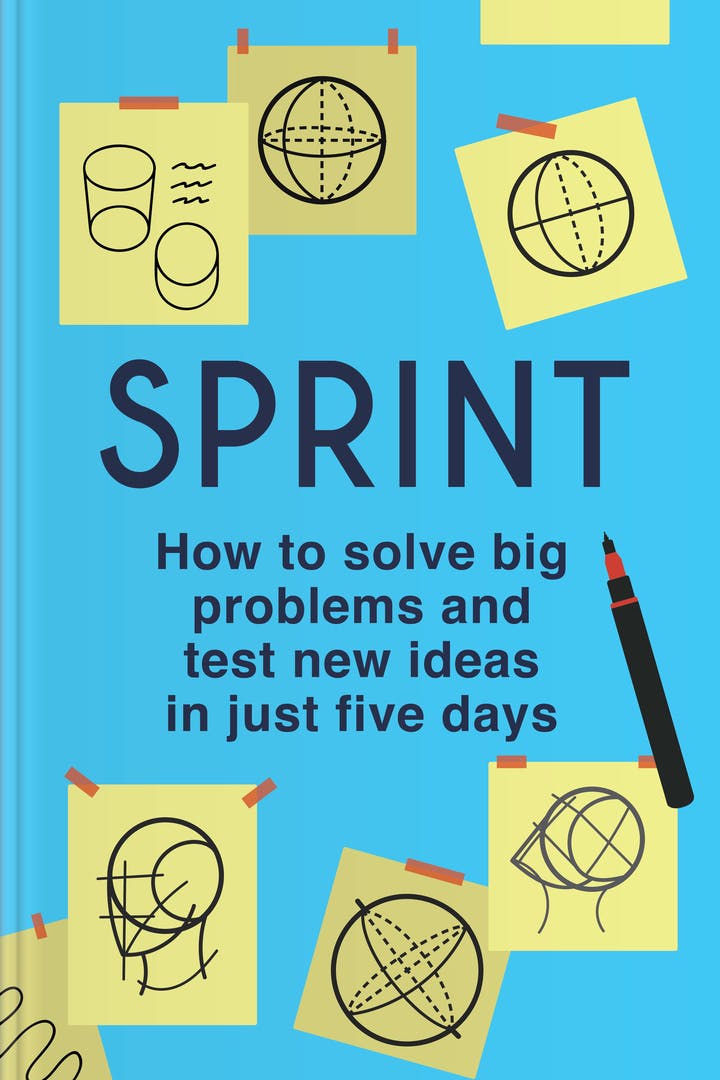
by Jake Knapp, John Zeratsky and Braden Kowitz
What is Sprint about?
"Sprint" is a practical guide that offers a step-by-step process for solving complex problems and testing innovative ideas in a short span of five days. Written by a team of experts, this book provides valuable insights and techniques to help individuals and teams streamline their decision-making process, foster collaboration, and achieve faster results. With real-world examples and actionable advice, "Sprint" is a must-read for anyone seeking to tackle big challenges and drive innovation.
Who should read Sprint
Entrepreneurs and business leaders seeking innovative problem-solving strategies.
Designers and product managers looking to streamline their creative process.
Individuals interested in learning effective methods for testing and validating ideas.
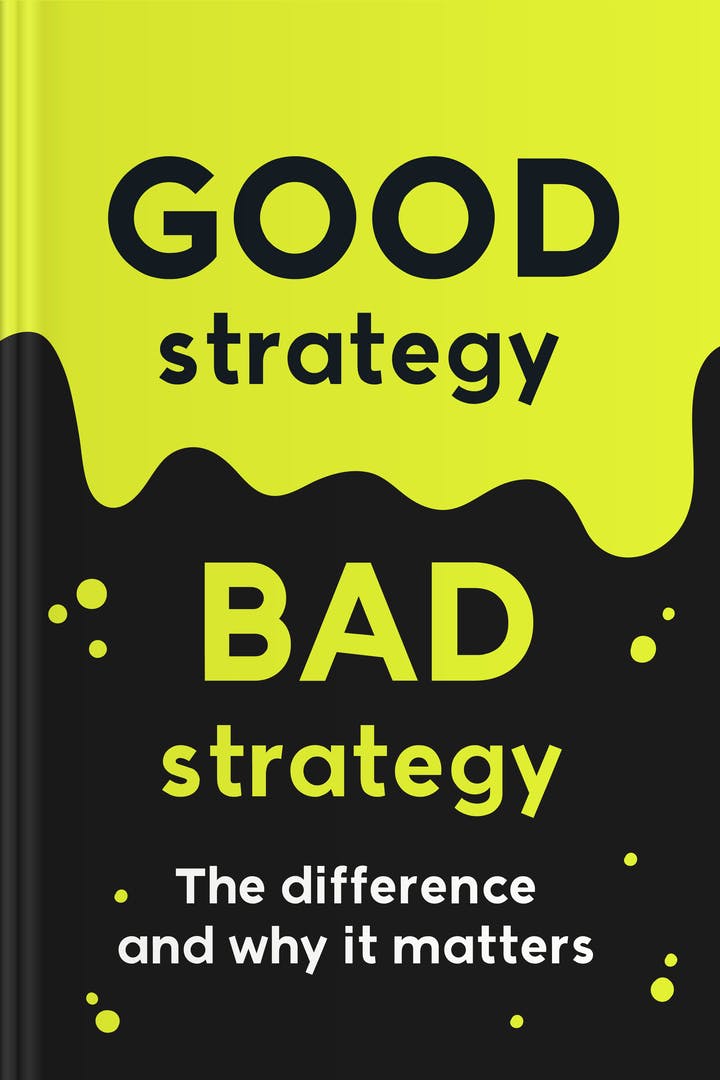
Good Strategy/Bad Strategy
by Richard Rumelt
What is Good Strategy/Bad Strategy about?
In this insightful book, the author delves into the world of strategy, dissecting the difference between good and bad strategies and emphasizing their impact. Richard Rumelt explores the common pitfalls of bad strategies and offers practical advice on how to develop effective ones. With real-world examples and engaging analysis, this book serves as a guide for individuals and organizations seeking to understand the importance of strategy and its role in achieving success.
Who should read Good Strategy/Bad Strategy
Business executives seeking to develop effective strategic thinking skills.
Students studying business management and strategy.
Entrepreneurs looking to enhance their strategic decision-making abilities.
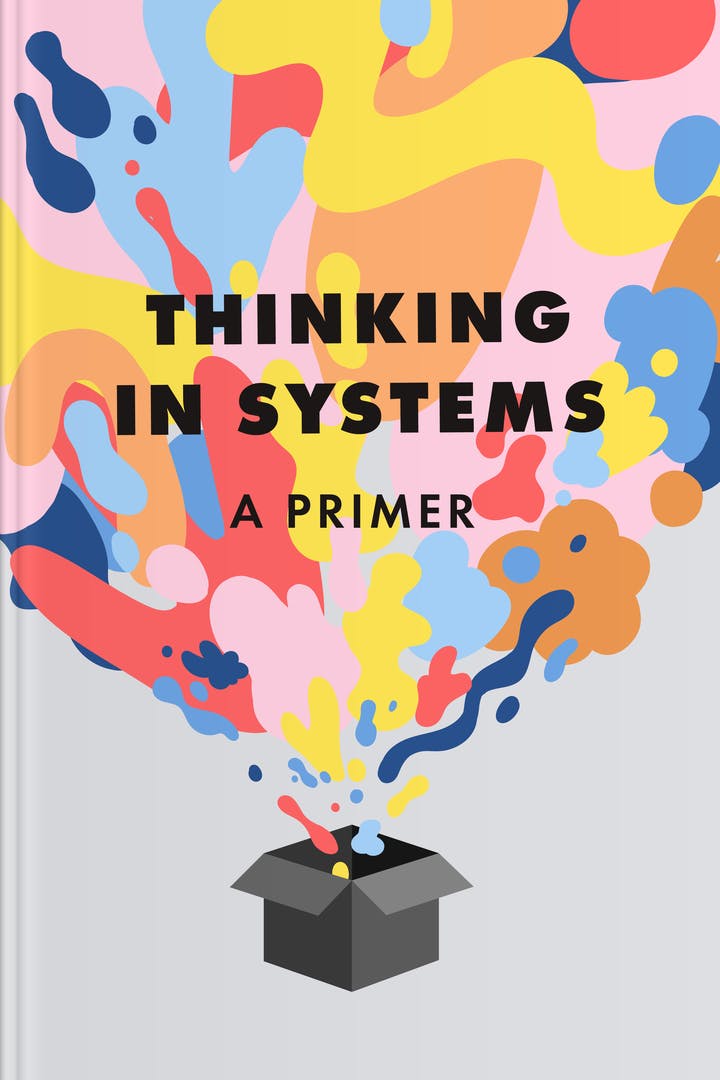
Thinking In Systems
by Donella Meadows, Diana Wright
What is Thinking In Systems about?
"Thinking in Systems: A Primer" offers a comprehensive guide to understanding and analyzing complex systems. Written by an acclaimed author, this book explores the interconnectedness of various systems, from ecosystems to organizations, and provides practical tools for problem-solving and decision-making. With real-world examples and thought-provoking insights, it equips readers with the necessary skills to navigate and influence the intricate systems that shape our world.
Who should read Thinking In Systems
Students and academics studying complex systems and sustainability.
Business leaders seeking to understand and improve organizational dynamics.
Individuals interested in gaining a holistic perspective on global issues.
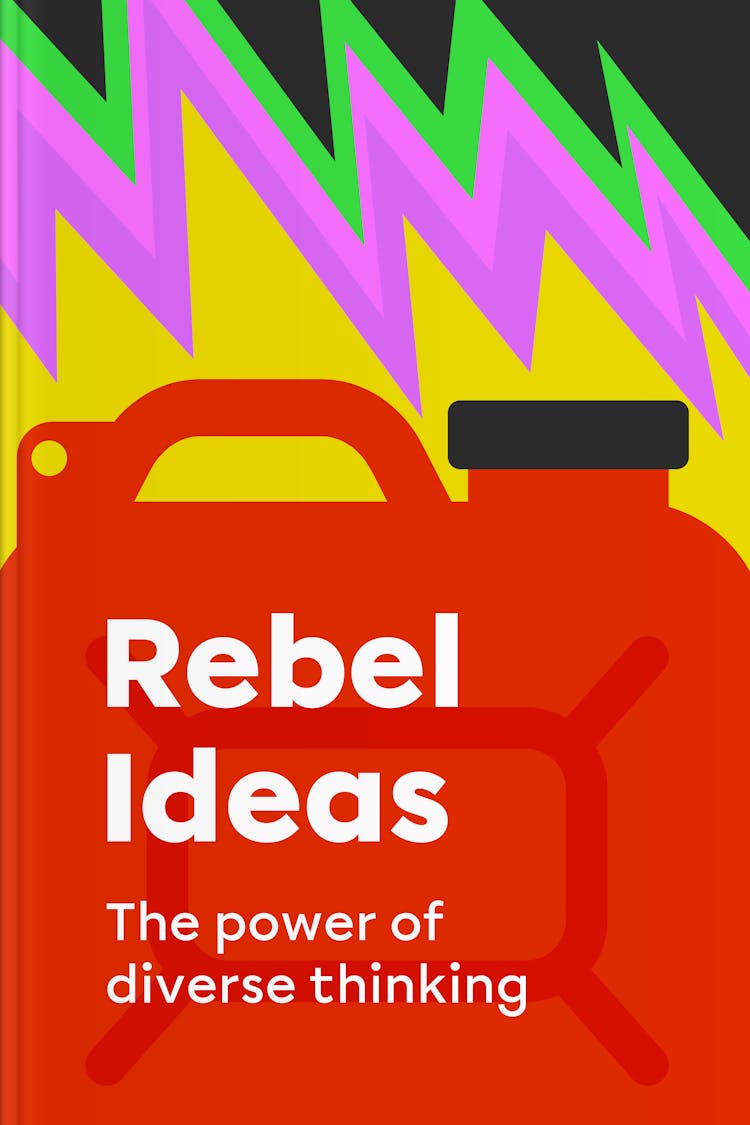
Rebel Ideas
by Matthew Syed
What is Rebel Ideas about?
In this thought-provoking book, the author explores the immense power of diverse thinking and its impact on innovation, decision-making, and problem-solving. Drawing from a wide range of captivating stories and scientific research, he reveals how embracing different perspectives and challenging conventional wisdom can lead to groundbreaking ideas and transformative change. With compelling insights, "Rebel Ideas" encourages readers to harness the collective intelligence of diverse teams and embrace the potential of inclusive thinking in all aspects of life.
Who should read Rebel Ideas
Business leaders seeking innovative strategies through diverse perspectives.
Educators interested in fostering creativity and critical thinking skills.
Individuals looking to challenge their own biases and expand perspectives.
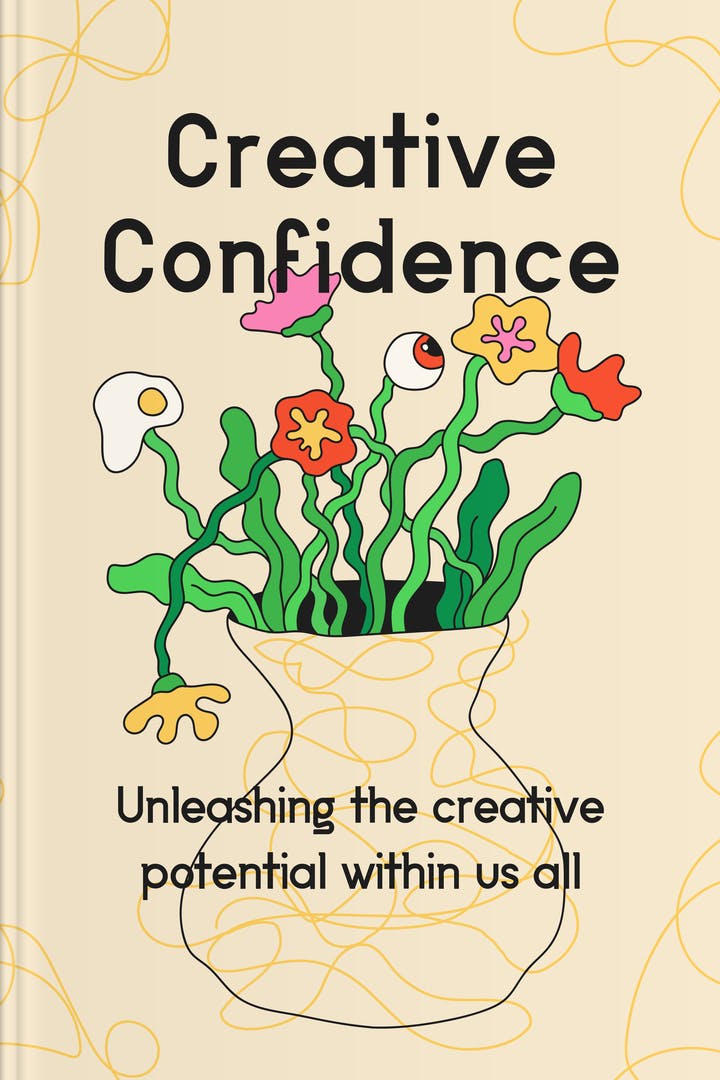
Creative Confidence
by Tom Kelley & David Kelley
What is Creative Confidence about?
"Creative Confidence" is a transformative guide that empowers individuals to tap into their innate creativity. Authored by two renowned innovators, this book explores practical strategies and inspiring stories to help readers overcome self-doubt and unleash their creative potential. With a focus on fostering creativity in all aspects of life, this book offers valuable insights and actionable steps to cultivate confidence and embrace the power of imagination.
Who should read Creative Confidence
Aspiring artists and designers seeking to unlock their creative potential.
Business professionals looking to foster innovation and creativity in their organizations.
Individuals lacking confidence in their creative abilities
seeking inspiration.
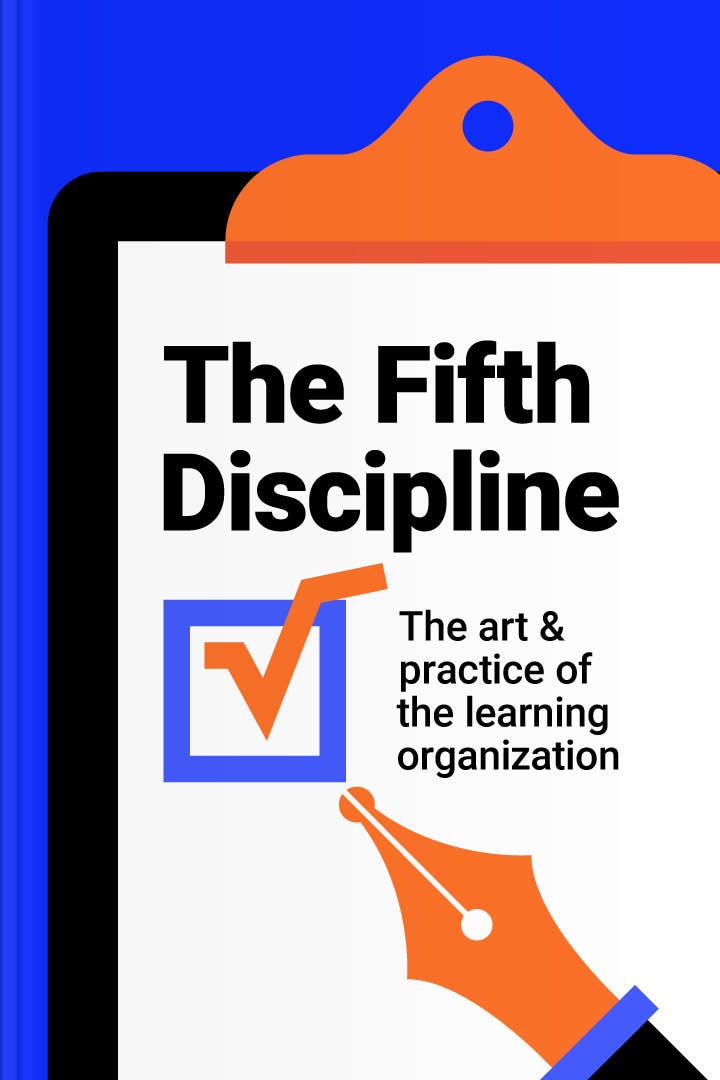
The Fifth Discipline
by Peter M. Senge
What is The Fifth Discipline about?
"The Fifth Discipline" explores the concept of a learning organization, where individuals and teams continuously enhance their capabilities to create a better future. Peter M. Senge delves into the five disciplines that are essential for building a learning organization: personal mastery, mental models, shared vision, team learning, and systems thinking. Through real-life examples and practical insights, Senge offers a roadmap for organizations to foster innovation, adaptability, and collective intelligence in an ever-changing world.
Who should read The Fifth Discipline
Business leaders seeking to transform their organizations into learning organizations.
Educators and trainers interested in fostering a culture of continuous learning.
Individuals looking to enhance their personal and professional growth.
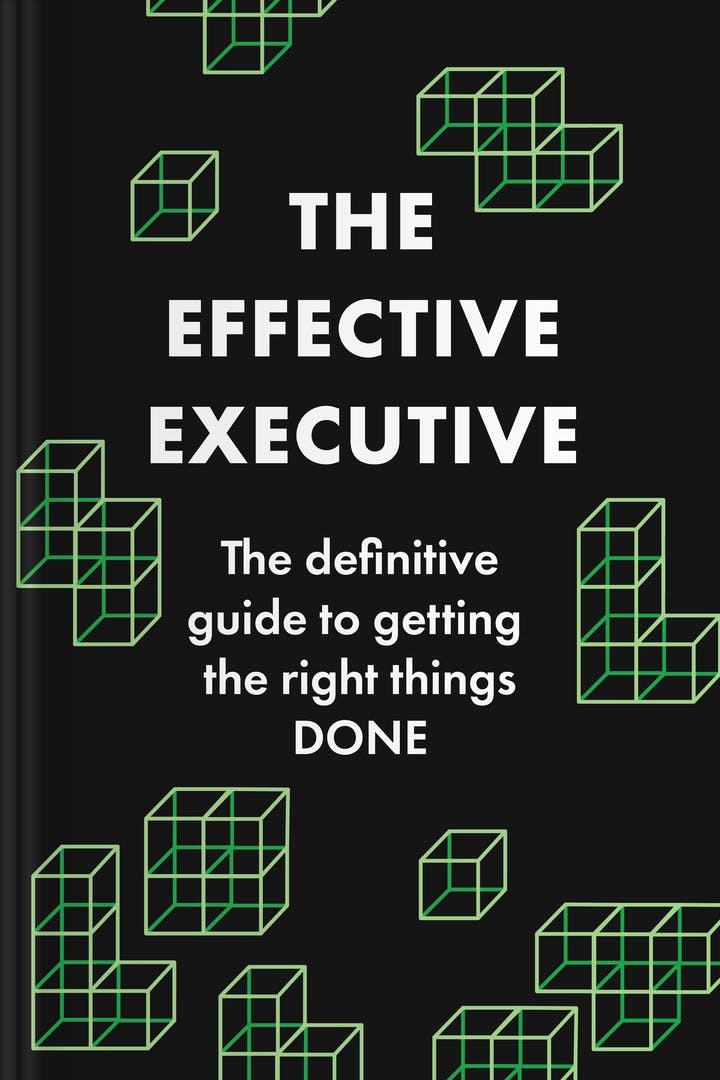
The Effective Executive
by Peter F. Drucker
What is The Effective Executive about?
"The Effective Executive" is a practical guide that offers valuable insights into how individuals can become more efficient and productive in their professional lives. Drawing from extensive research and real-life examples, the author provides actionable strategies and principles for effective decision-making, time management, and prioritization. This book serves as a comprehensive resource for anyone seeking to enhance their effectiveness and achieve greater success in their roles as executives or leaders.
Who should read The Effective Executive
Managers and executives seeking to enhance their leadership skills.
Business professionals aiming to improve their decision-making abilities.
Individuals interested in maximizing their personal and professional productivity.
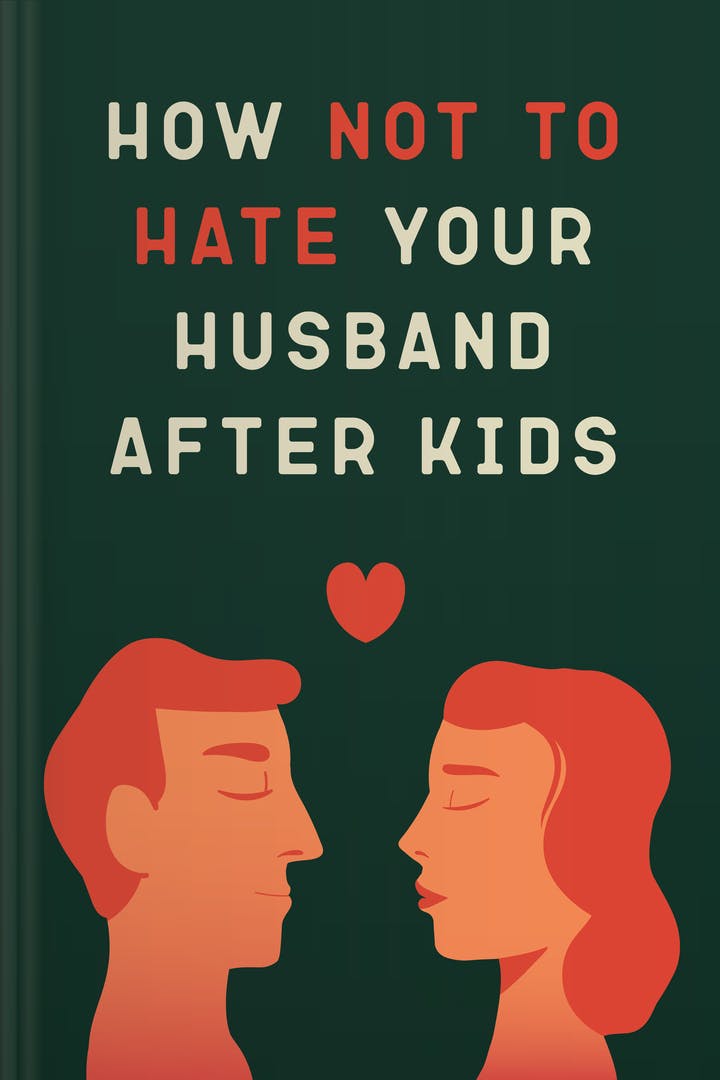
How Not to Hate Your Husband After Kids
by Jancee Dunn
What is How Not to Hate Your Husband After Kids about?
In this insightful and humorous book, Jancee Dunn shares her personal journey of navigating the challenges of marriage after having children. With a blend of research, expert advice, and relatable anecdotes, she offers practical strategies to help couples maintain a strong and loving relationship amidst the chaos of parenthood. From communication breakdowns to divvying up household chores, this book provides valuable insights and tips for any couple looking to strengthen their bond and find happiness in their post-kids life.
Who should read How Not to Hate Your Husband After Kids
New mothers struggling to maintain a healthy relationship with their husbands.
Couples seeking advice on navigating the challenges of parenthood.
Individuals interested in understanding the impact of children on marriages.
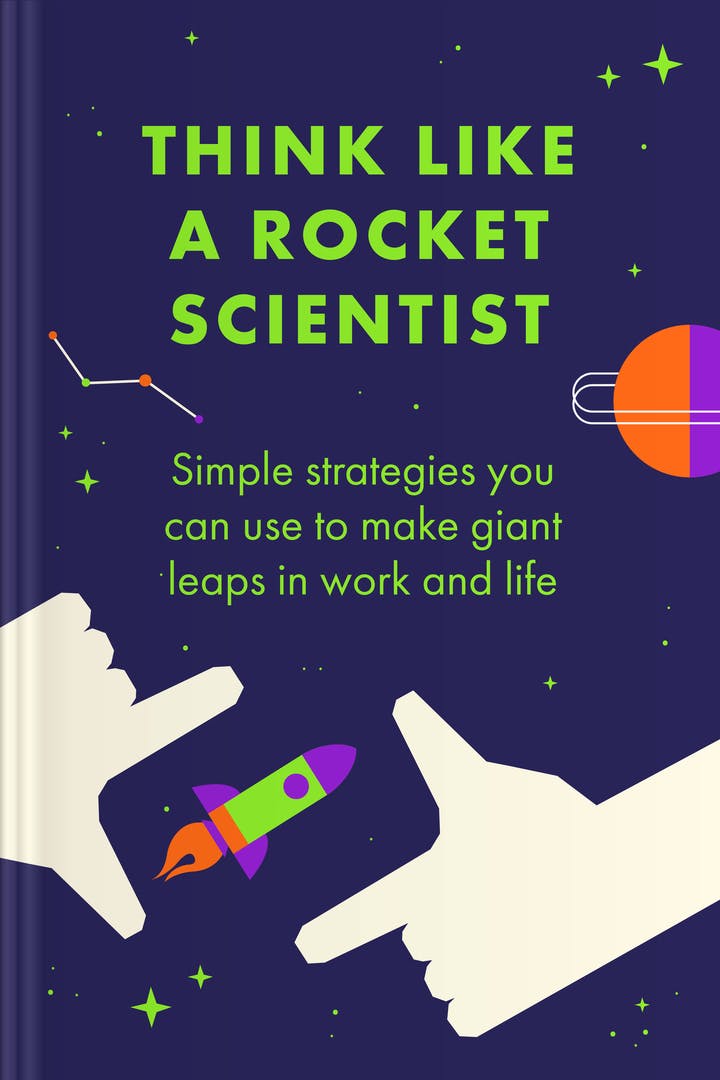
Think Like a Rocket Scientist
by Ozan Varol
What is Think Like a Rocket Scientist about?
In this insightful book, the author shares practical strategies to unleash your inner rocket scientist and achieve remarkable success in both your professional and personal life. Drawing from his experience as a former rocket scientist turned law professor, Varol offers a unique perspective on problem-solving, innovation, and decision-making. With engaging anecdotes and actionable advice, he empowers readers to think critically, embrace failure, and challenge conventional wisdom to make giant leaps forward in their work and life.
Who should read Think Like a Rocket Scientist
Professionals seeking innovative strategies to excel in their careers.
Individuals looking to enhance problem-solving skills and think creatively.
Science enthusiasts eager to explore the mindset of rocket scientists.
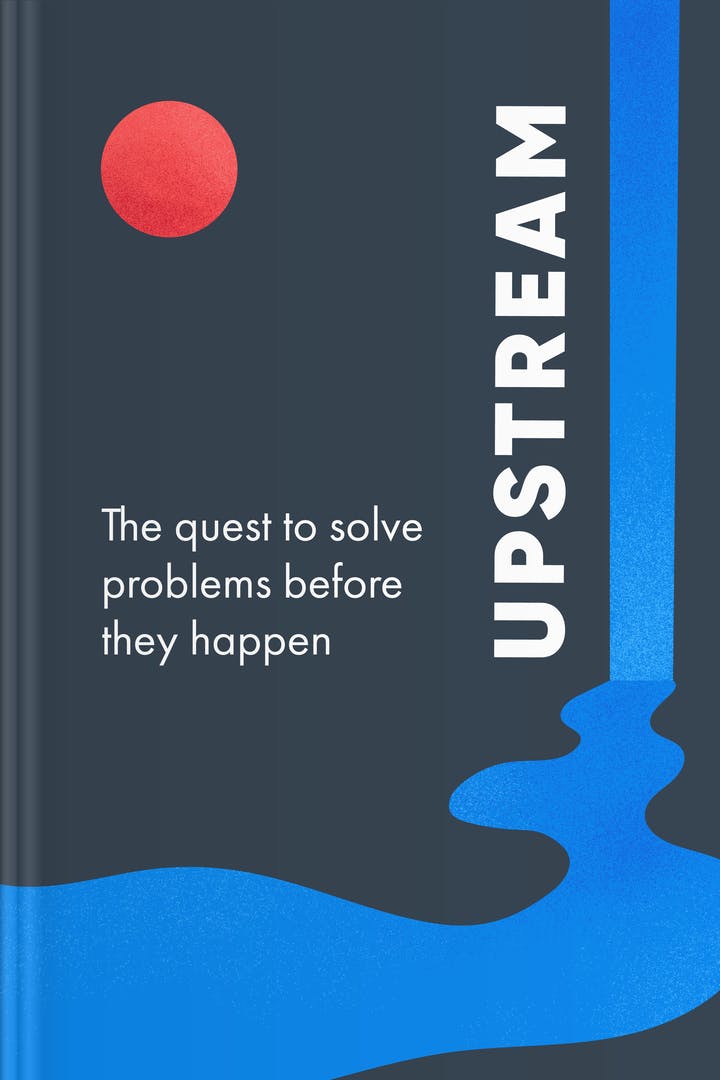
by Dan Heath
What is Upstream about?
In "Upstream," the author explores the power of prevention and proactive problem-solving. Drawing from various real-life examples, Dan Heath emphasizes the importance of addressing issues at their root causes rather than simply reacting to their consequences. With insightful anecdotes and practical strategies, he encourages readers to shift their mindset and take action to prevent problems before they arise, ultimately leading to more effective and sustainable solutions.
Who should read Upstream
Individuals seeking proactive strategies to prevent problems in their lives.
Business leaders aiming to anticipate and address potential challenges.
Policy makers interested in implementing preventive measures for societal issues.
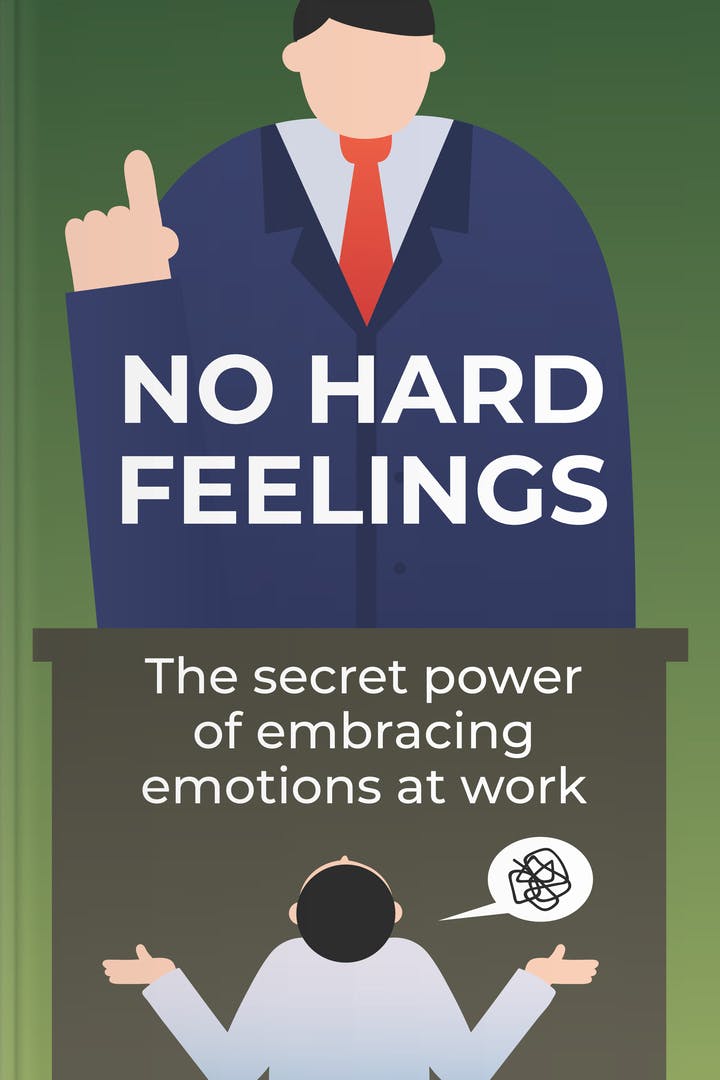
No Hard Feelings
by Liz Fosslien, Mollie West Duffy
What is No Hard Feelings about?
This insightful book explores the often overlooked role of emotions in the workplace. Drawing on research and personal experiences, the authors delve into how emotions impact our productivity, relationships, and overall well-being at work. With practical tips and relatable anecdotes, they provide guidance on how to navigate emotions effectively, fostering a more positive and empathetic work environment. Whether you're a manager or an employee, this book offers valuable insights for harnessing the power of emotions to thrive in the professional world.
Who should read No Hard Feelings
Professionals seeking to navigate and improve emotional intelligence in the workplace.
Managers and leaders looking to create a more emotionally intelligent work environment.
Individuals interested in understanding the impact of emotions on productivity.
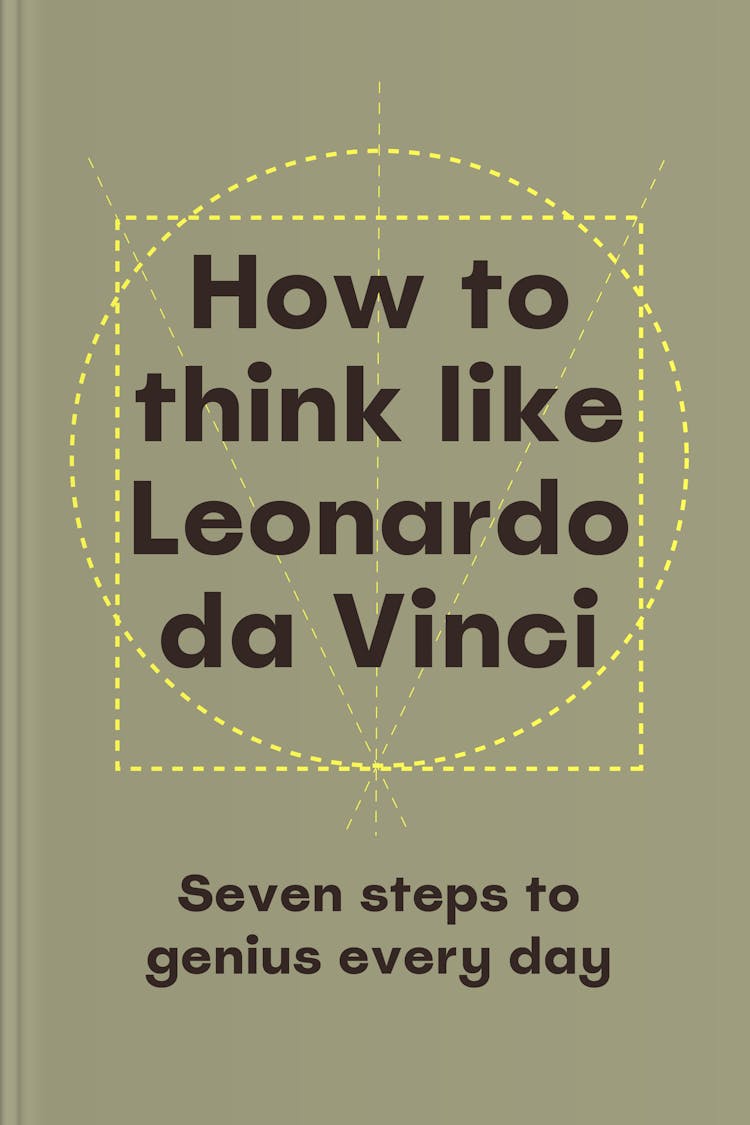
How to Think Like Leonardo da Vinci
by Michael J. Gelb
What is How to Think Like Leonardo da Vinci about?
In this insightful guide, the author explores the mind of the legendary artist and inventor, Leonardo da Vinci, revealing seven practical steps to cultivate genius in our daily lives. Drawing from da Vinci's notebooks, Gelb presents exercises and techniques to enhance creativity, sharpen thinking skills, and foster a holistic approach to problem-solving. This book offers a captivating journey into the mind of a genius, inspiring readers to unlock their own potential and think like da Vinci.
Who should read How to Think Like Leonardo da Vinci
Aspiring artists and creatives seeking to unlock their potential.
Professionals looking to enhance their problem-solving and critical thinking skills.
History enthusiasts interested in understanding the mind of Leonardo da Vinci.
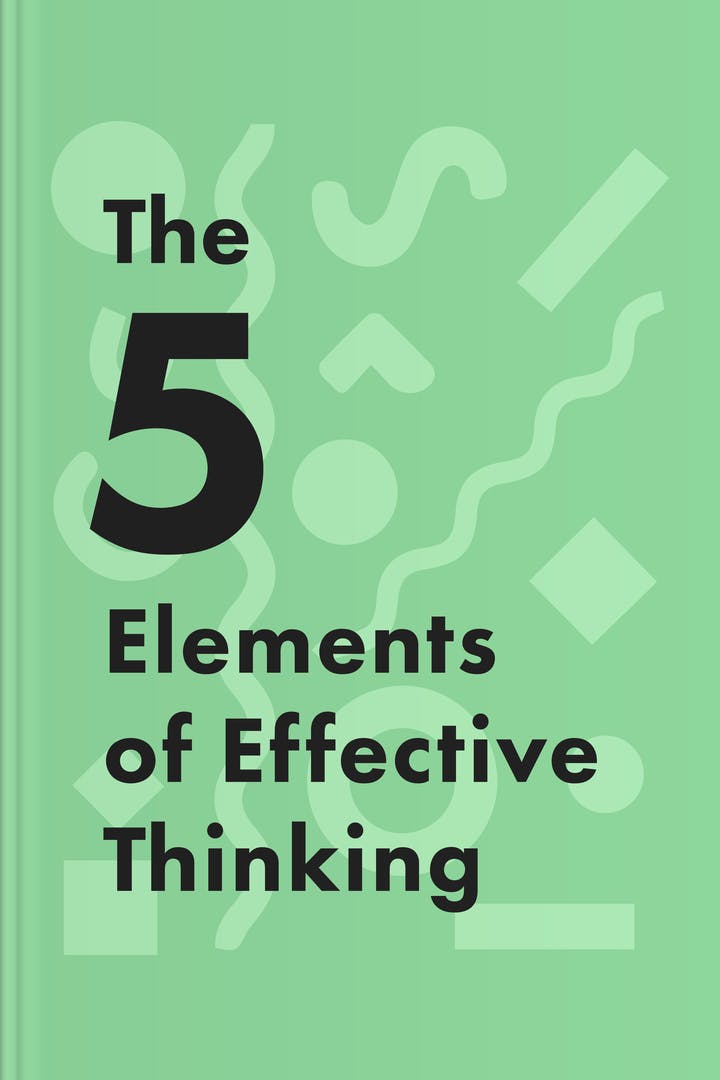
The 5 Elements of Effective Thinking
by Edward B. Burger, Michael Starbird
What is The 5 Elements of Effective Thinking about?
"The 5 Elements of Effective Thinking" offers readers a practical guide to enhance their thinking skills and become more effective problem solvers. Written by two renowned educators, this book explores five essential thinking strategies that can be applied to any situation. Through engaging examples and thought-provoking exercises, the authors empower readers to think more creatively, critically, and strategically, ultimately leading to improved decision-making and success in various aspects of life.
Who should read The 5 Elements of Effective Thinking
Students seeking to improve their critical thinking skills.
Professionals looking to enhance their problem-solving abilities.
Individuals interested in personal growth and self-improvement.
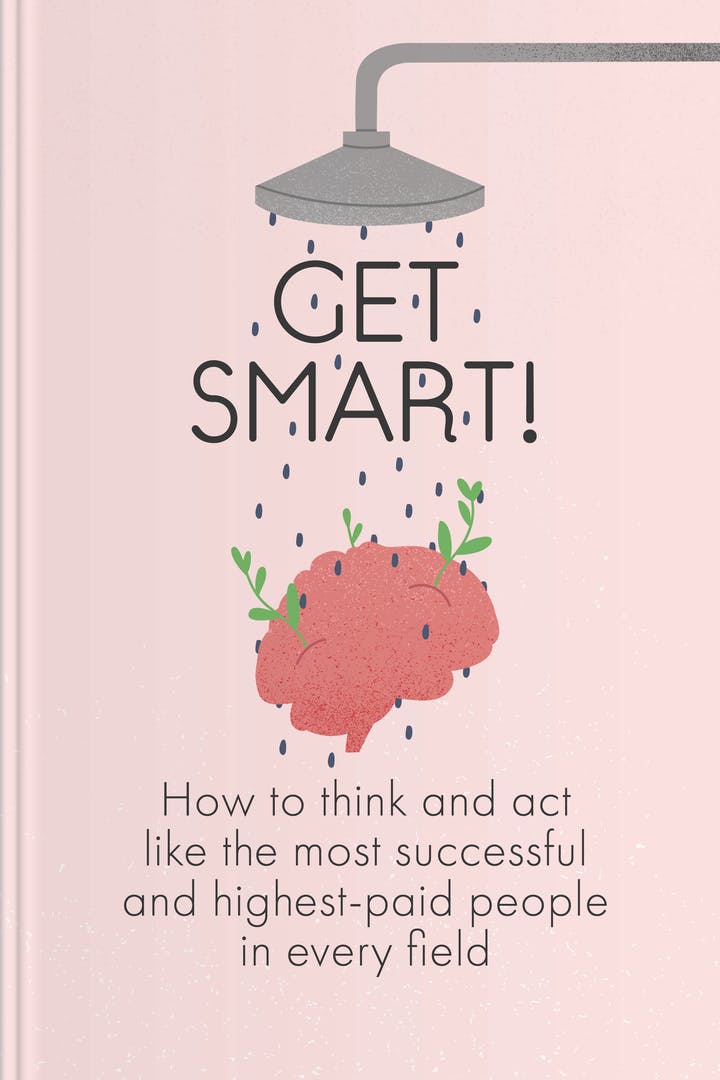
by Brian Tracy
What is Get Smart! about?
In this insightful guide, renowned author Brian Tracy shares the secrets to achieving success and financial abundance. Drawing from his extensive research and personal experiences, Tracy provides practical strategies and mindset shifts that can help individuals think and act like the most accomplished and well-compensated professionals in any industry. Packed with actionable advice, this book is a valuable resource for anyone looking to unlock their full potential and achieve their goals.
Who should read Get Smart!
Aspiring professionals seeking to unlock the secrets of success.
Individuals looking to enhance their productivity and achieve financial abundance.
Ambitious individuals striving to reach the top of their respective fields.
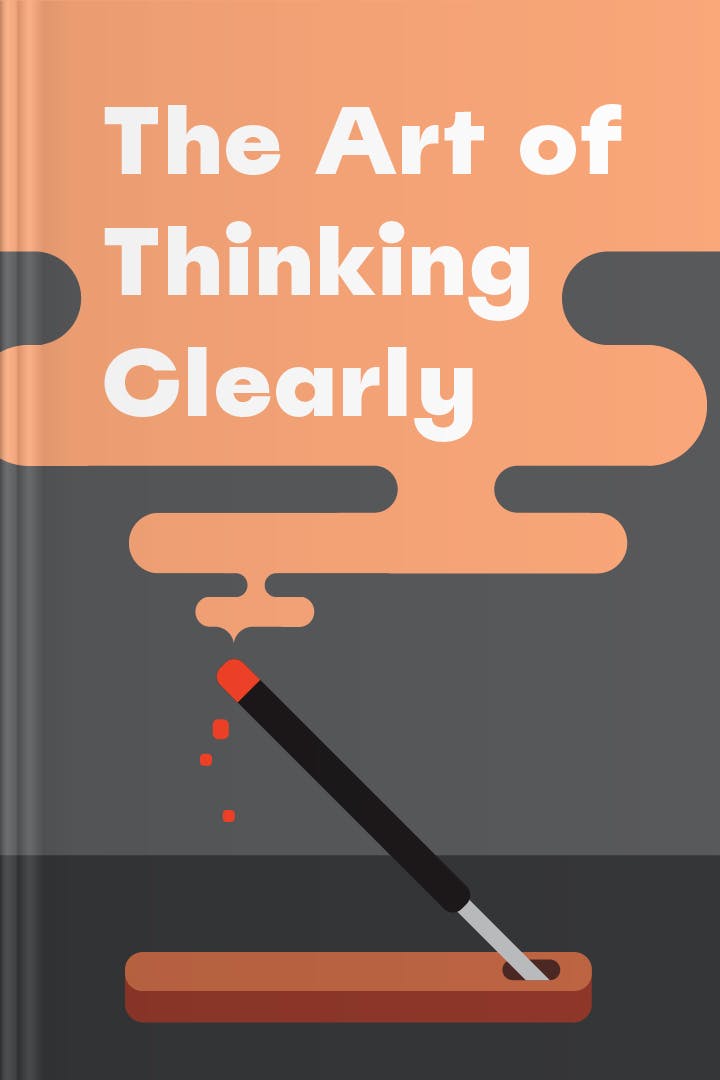
The Art of Thinking Clearly
by Rolf Dobelli
What is The Art of Thinking Clearly about?
"The Art of Thinking Clearly" is a thought-provoking book that explores the common cognitive biases and logical fallacies that often cloud our decision-making process. Written by an acclaimed author, this book offers practical insights and strategies to help readers identify and overcome these mental traps. With a blend of psychology, philosophy, and real-life examples, it provides a valuable guide to improving our critical thinking skills and making better choices in various aspects of life.
Who should read The Art of Thinking Clearly
Individuals seeking to improve their decision-making skills and critical thinking abilities.
Business professionals looking to enhance their problem-solving strategies and avoid cognitive biases.
Anyone interested in understanding common thinking errors and improving their judgment.
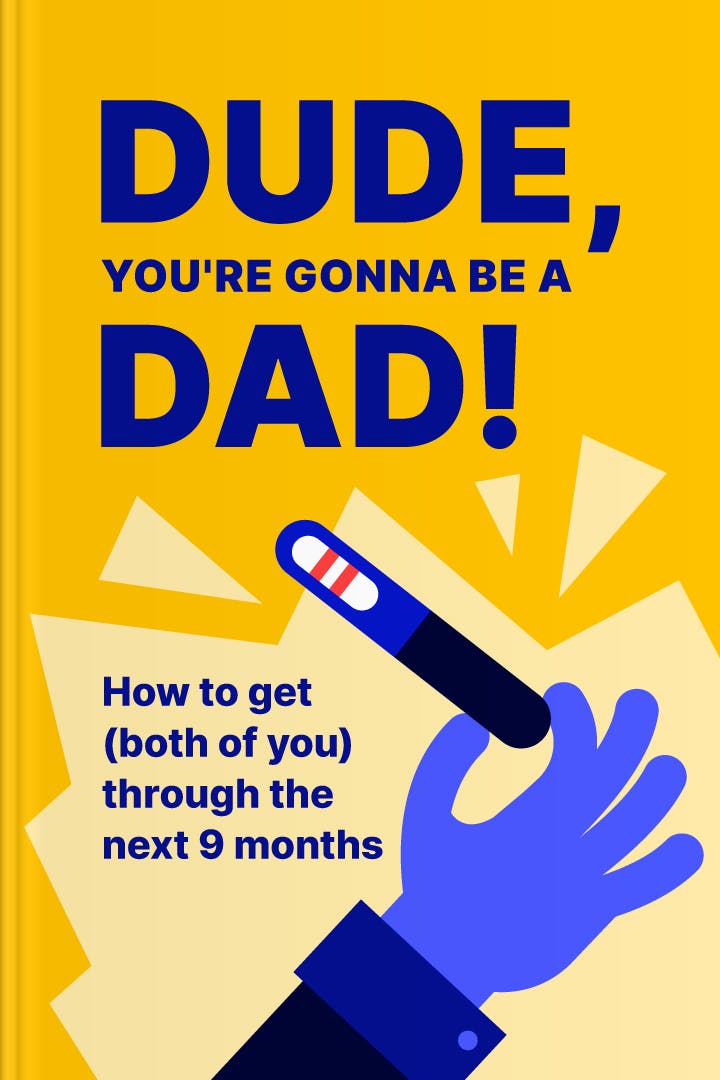
Dude, You're Gonna Be a Dad! How to Get (Both of You) Through the Next 9 months
by John Pfeiffer
What is Dude, You're Gonna Be a Dad! How to Get (Both of You) Through the Next 9 months about?
This informative guide offers practical advice and support for expectant fathers as they navigate the journey of pregnancy alongside their partners. From understanding the physical and emotional changes of pregnancy to preparing for childbirth and beyond, the author provides a humorous and relatable perspective on the challenges and joys of becoming a dad. With helpful tips and insights, this book is a must-read for any soon-to-be father.
Who should read Dude, You're Gonna Be a Dad! How to Get (Both of You) Through the Next 9 months
Expectant fathers seeking practical advice on navigating pregnancy with their partner.
Couples preparing for the journey of pregnancy and parenthood together.
Soon-to-be dads looking for a humorous and relatable guide.
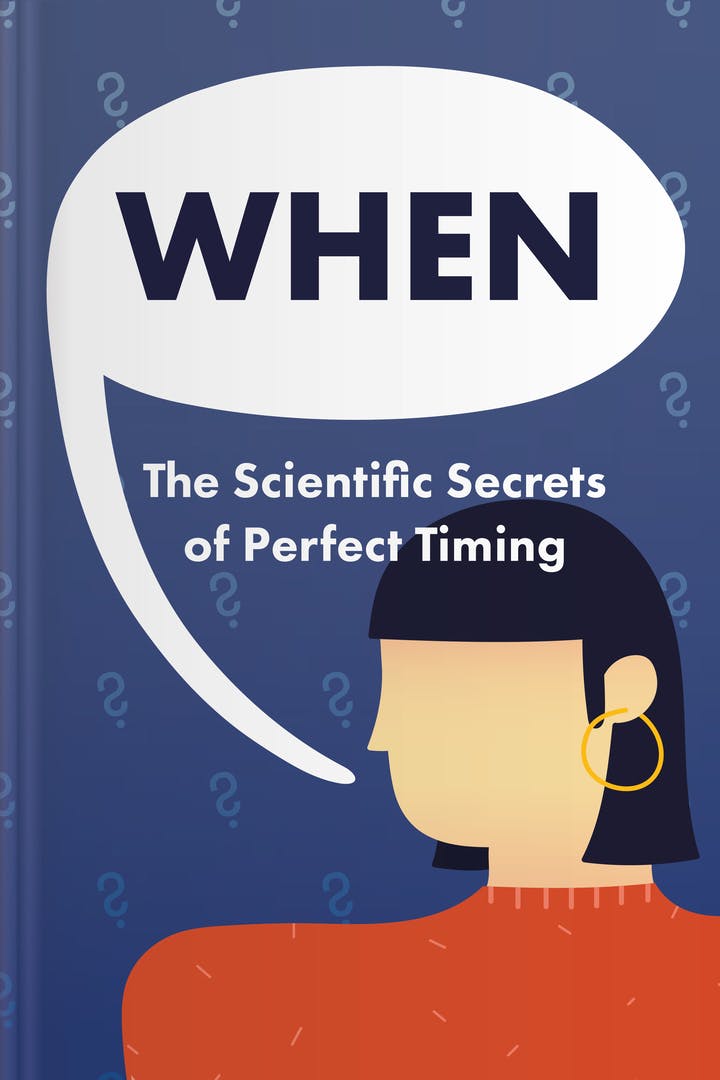
by Daniel H. Pink
What is When about?
In this insightful book, the author explores the hidden science behind timing and its impact on our daily lives. Drawing on a wide range of research, Pink reveals how our internal clocks affect our mood, decision-making, and productivity. From the best time to schedule a meeting to the ideal moment for a career change, this book offers practical advice on how to harness the power of timing to optimize our personal and professional lives.
Who should read When
Professionals seeking to optimize their productivity and time management skills.
Students looking to enhance their study habits and academic performance.
Individuals interested in understanding the impact of timing on personal and professional success.
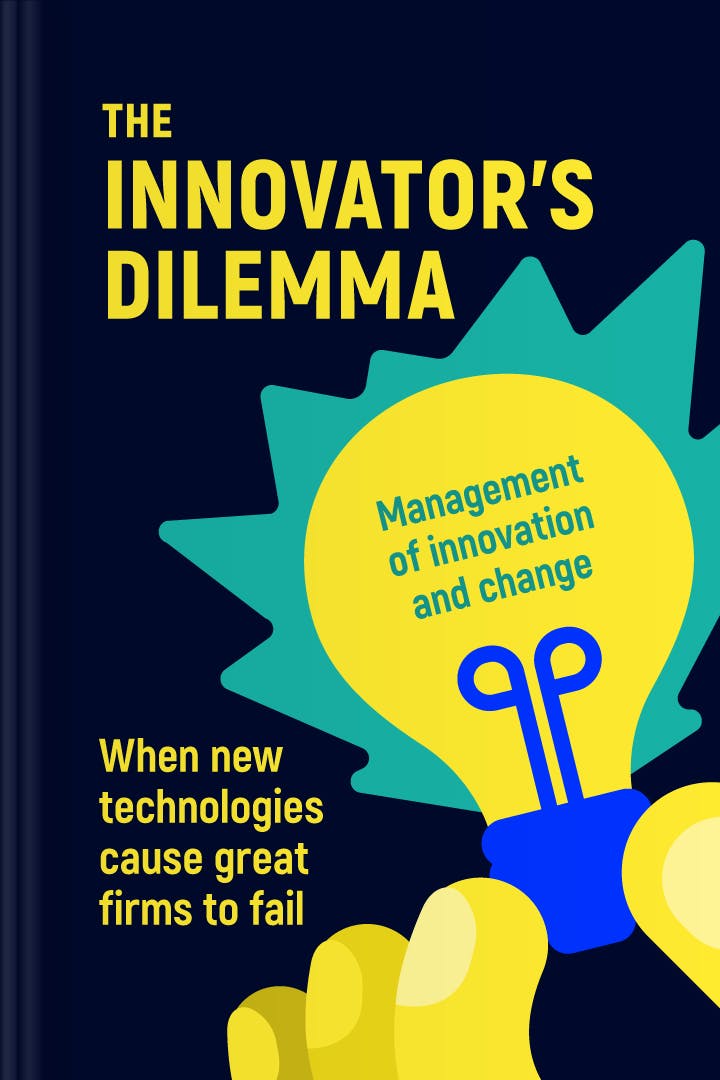

The Innovator's Dilemma
by Clayton M. Christensen
What is The Innovator's Dilemma about?
This book explores the challenges faced by successful companies when disruptive technologies emerge in the market. Clayton M. Christensen analyzes how established firms often fail to adapt to these new technologies due to their focus on sustaining innovations. Through case studies and research, the book offers insights into the "innovator's dilemma" and provides strategies for companies to navigate these disruptive changes and avoid failure.
Who should read The Innovator's Dilemma
Entrepreneurs and business leaders seeking insights on disruptive innovation.
Executives and managers in established companies facing technological disruptions.
Students and academics studying the challenges of innovation and industry dynamics.
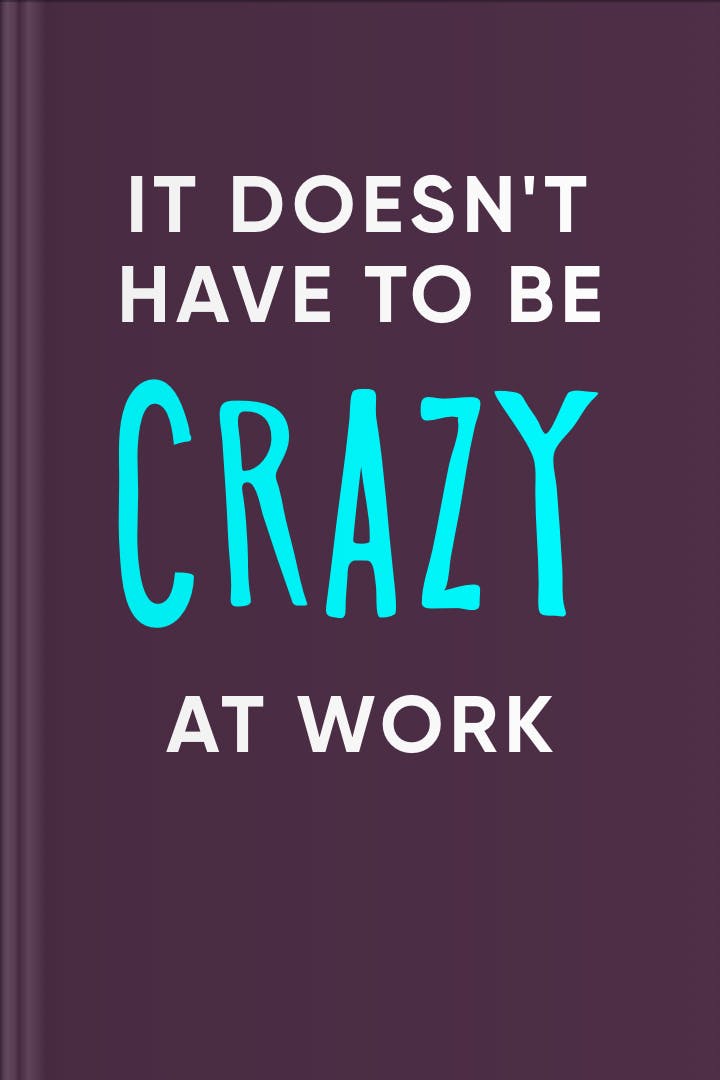
It Doesn't Have to Be Crazy at Work
by Jason Fried, David Heinemeier Hansson
What is It Doesn't Have to Be Crazy at Work about?
This book offers a refreshing perspective on work culture, challenging the notion that chaos and stress are inevitable in the workplace. The authors, drawing from their own experiences, provide practical advice and strategies for creating a calmer and more productive work environment. With a focus on prioritizing well-being and embracing simplicity, this book offers valuable insights for anyone seeking to transform their work life and foster a healthier work culture.
Who should read It Doesn't Have to Be Crazy at Work
Entrepreneurs and business owners seeking a more balanced work-life approach.
Managers and team leaders looking to create a healthier work environment.
Individuals interested in challenging traditional work culture and practices.
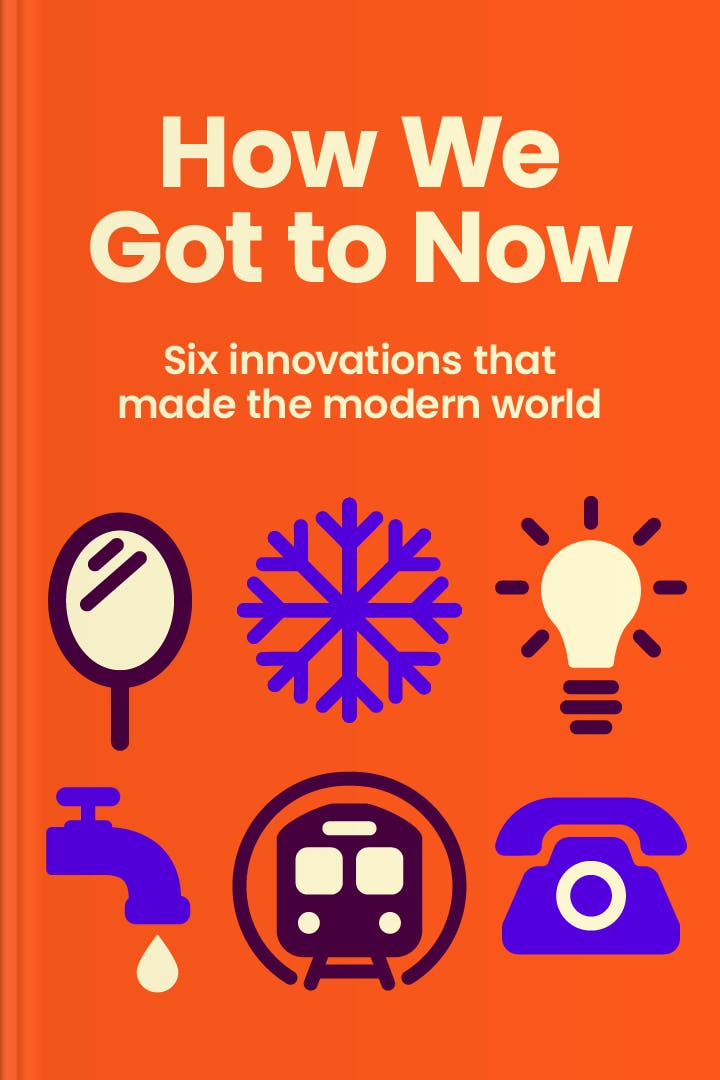
How We Got to Now
by Steven Johnson
What is How We Got to Now about?
In "How We Got to Now," the author explores six pivotal innovations that have shaped the modern world. From the discovery of glass to the development of refrigeration, Steven Johnson delves into the interconnectedness of these breakthroughs and their profound impact on society. Through captivating storytelling and insightful analysis, he reveals the unexpected origins and far-reaching consequences of these innovations, offering a fresh perspective on the history of human progress.
Who should read How We Got to Now
History enthusiasts seeking to understand the pivotal innovations shaping our world.
Science and technology enthusiasts eager to explore the origins of modern advancements.
Curious individuals interested in the interconnectedness of past and present innovations.
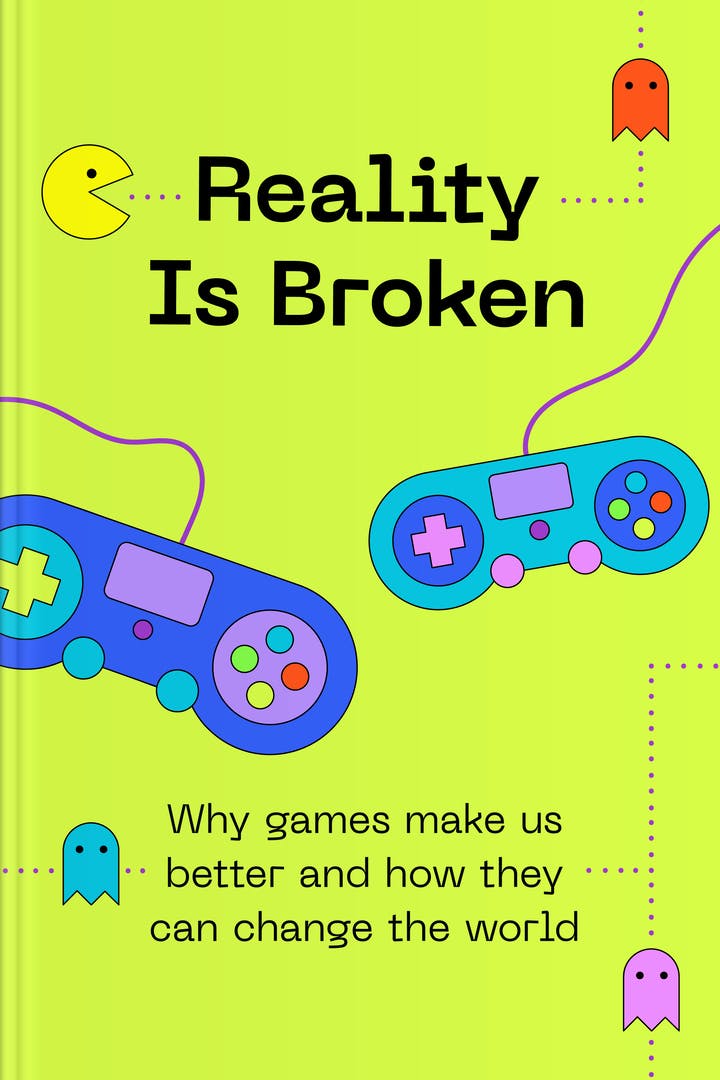
Reality Is Broken
by Jane McGonigal
What is Reality Is Broken about?
In this thought-provoking book, the author explores the power of games to transform our lives and society. Drawing on extensive research, Jane McGonigal argues that games have the potential to solve real-world problems and improve our well-being. She delves into the psychology behind gaming, highlighting how it can enhance our motivation, resilience, and social connections. With compelling examples and practical insights, McGonigal presents a compelling case for the transformative potential of games in shaping a better world.
Who should read Reality Is Broken
Gamers and game enthusiasts seeking to understand the positive impact of games on society.
Educators and parents interested in harnessing the power of games for learning and motivation.
Social activists and policymakers looking for innovative solutions to global challenges.
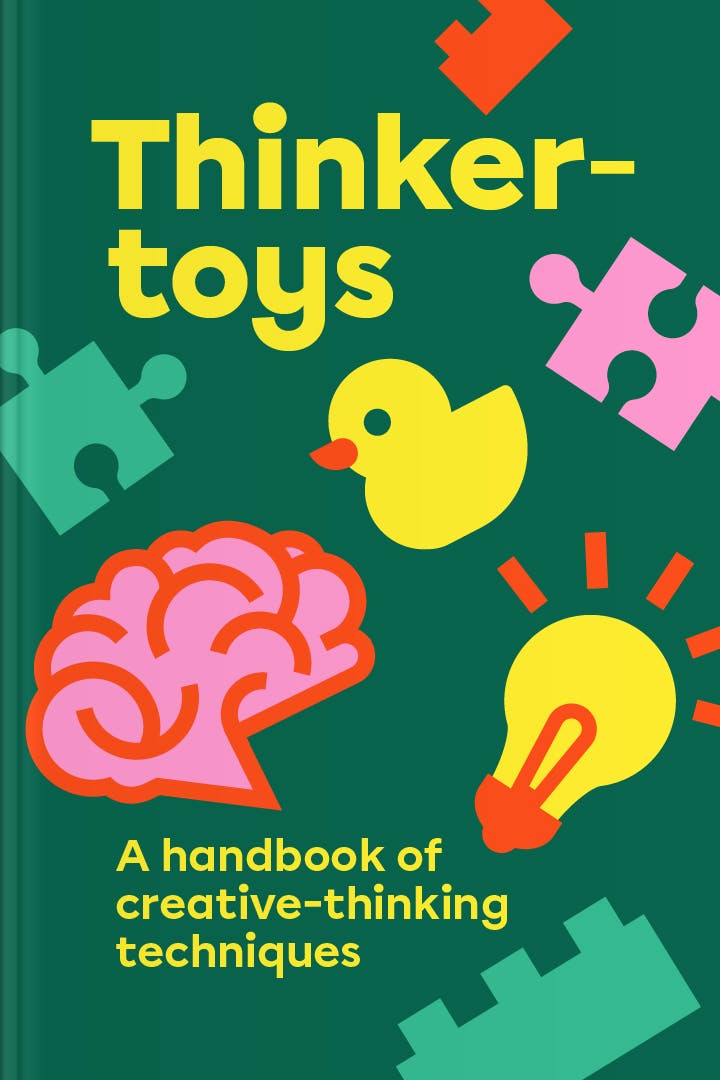
Thinkertoys
by Michael Michalko
What is Thinkertoys about?
"Thinkertoys" is a practical guide by Michael Michalko that offers a diverse collection of creative-thinking techniques. This handbook provides readers with a toolbox of strategies to enhance their problem-solving skills and stimulate innovative ideas. Through a combination of exercises, puzzles, and real-life examples, Michalko encourages readers to think outside the box and tap into their creative potential. Whether you're a student, professional, or simply seeking to expand your thinking abilities, this book is a valuable resource for unlocking your imagination.
Who should read Thinkertoys
Aspiring entrepreneurs seeking innovative strategies to boost their business.
Students and educators looking to enhance their problem-solving skills.
Professionals in creative fields aiming to unlock their creative potential.
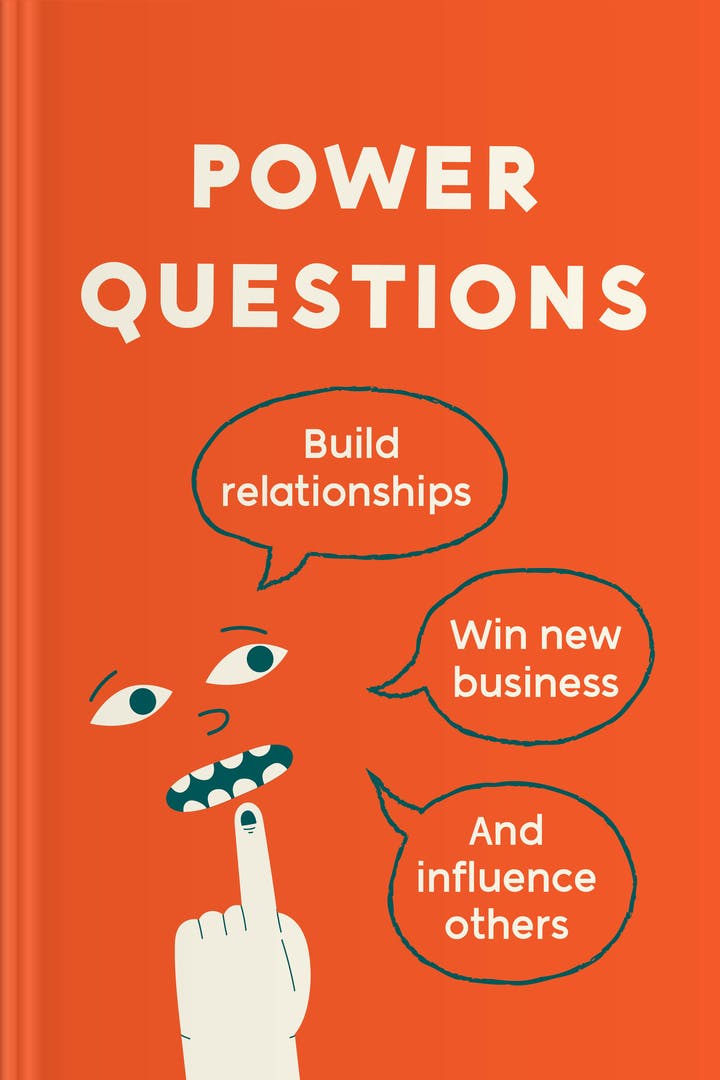
Power Questions
by Andrew Sobel, Jerold Panas
What is Power Questions about?
"Power Questions" is a practical guide that offers valuable insights on how to effectively build relationships, win new business, and influence others. Written by Andrew Sobel and Jerold Panas, this book provides a comprehensive collection of thought-provoking questions that can be used in various professional and personal settings. With a focus on enhancing communication skills and fostering meaningful connections, this book equips readers with the tools to achieve success in their interactions and achieve their goals.
Who should read Power Questions
Sales professionals looking to enhance their communication and persuasion skills.
Business leaders seeking to strengthen their relationship-building abilities.
Individuals interested in improving their influence and networking capabilities.
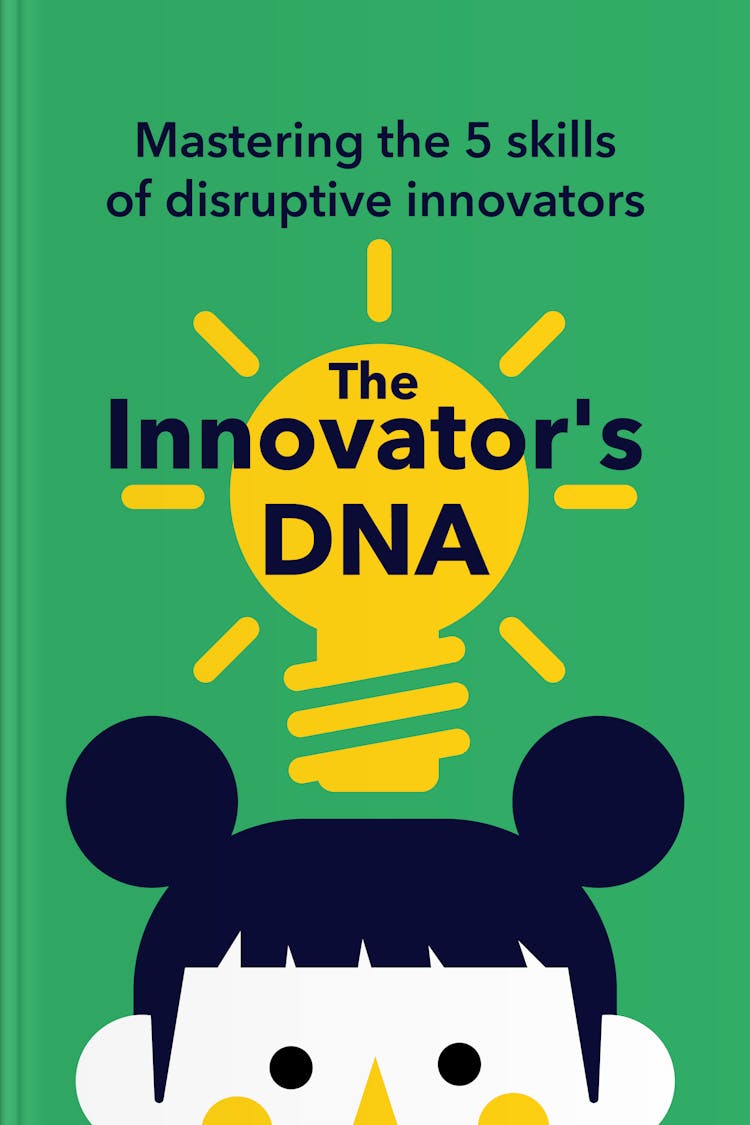
The Innovator's DNA
by Jeff H. Dyer, Hal B. Gregersen, Clayton M. Christensen
What is The Innovator's DNA about?
"The Innovator's DNA" explores the essential skills and traits possessed by disruptive innovators. Drawing on extensive research and interviews with successful entrepreneurs, the book identifies five key behaviors that drive innovation: associating, questioning, observing, networking, and experimenting. By mastering these skills, individuals can unlock their own potential for groundbreaking ideas and create lasting impact in their industries. With practical insights and real-world examples, this book serves as a guide for anyone looking to cultivate their innovative mindset and drive meaningful change.
Who should read The Innovator's DNA
Entrepreneurs and business leaders seeking to develop disruptive innovation skills.
Aspiring innovators looking to understand and cultivate their creative abilities.
Students and researchers interested in the field of disruptive innovation.
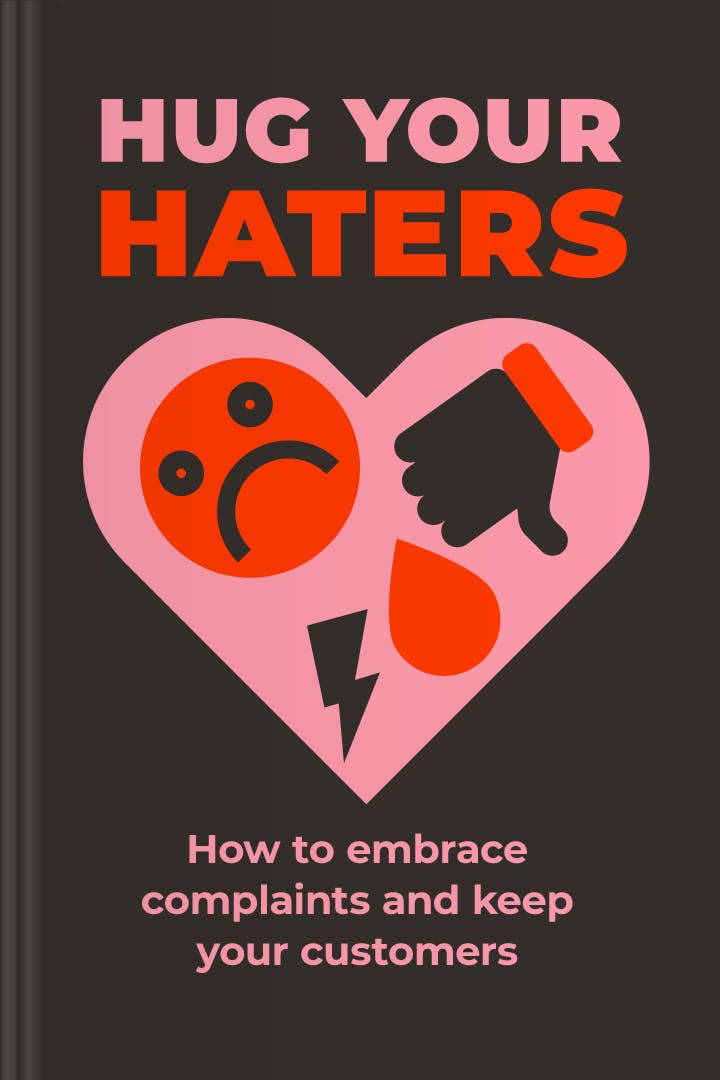
Hug Your Haters
by Jay Baer
What is Hug Your Haters about?
In this insightful book, the author explores the importance of embracing customer complaints and feedback. With real-life examples and practical advice, the book teaches businesses how to effectively handle and respond to customer complaints in the digital age. By understanding the power of customer feedback, businesses can improve their customer service, build stronger relationships, and ultimately, achieve long-term success.
Who should read Hug Your Haters
Business owners and managers seeking to improve customer service.
Customer service representatives looking to handle complaints effectively.
Entrepreneurs and marketers aiming to build strong customer relationships.
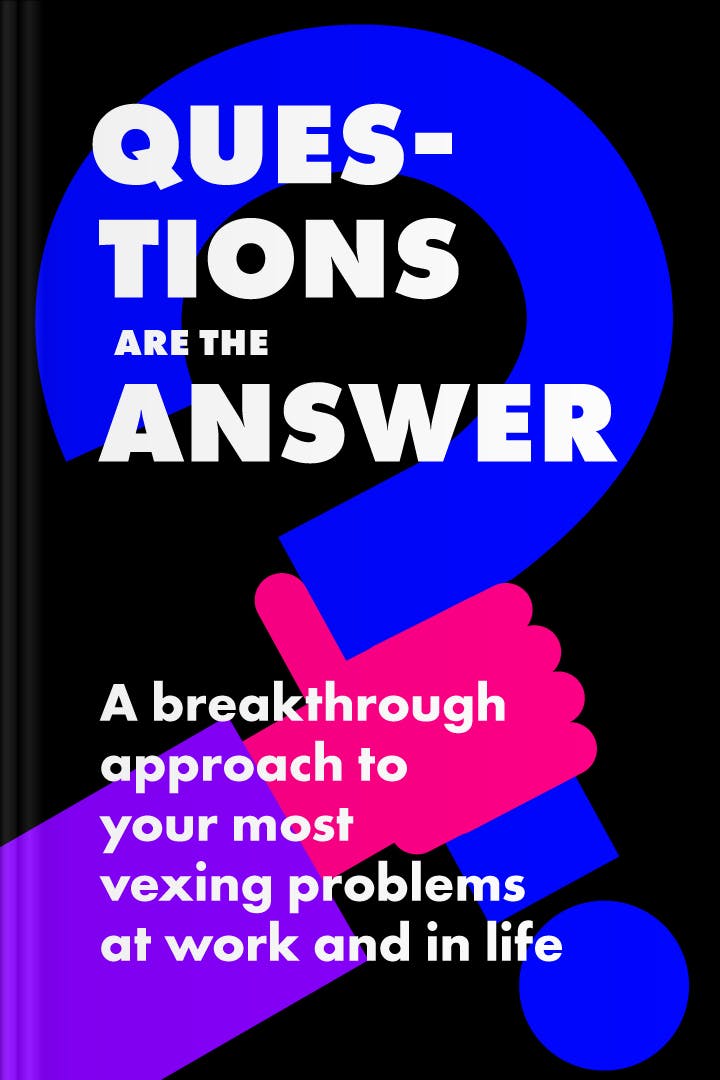
Questions Are the Answer
by Hal B. Gregersen
What is Questions Are the Answer about?
In this thought-provoking book, the author presents a groundbreaking approach to solving the most challenging problems we face in both our personal and professional lives. Through the power of asking the right questions, Hal B. Gregersen guides readers on a transformative journey, encouraging them to challenge assumptions, explore new perspectives, and unlock innovative solutions. Packed with real-life examples and practical strategies, this book offers a fresh perspective on problem-solving that will inspire readers to think differently and find answers they never thought possible.
Who should read Questions Are the Answer
Professionals seeking innovative problem-solving strategies for their work challenges.
Individuals looking to overcome personal obstacles and find solutions.
Leaders and managers aiming to foster a culture of curiosity and creativity.
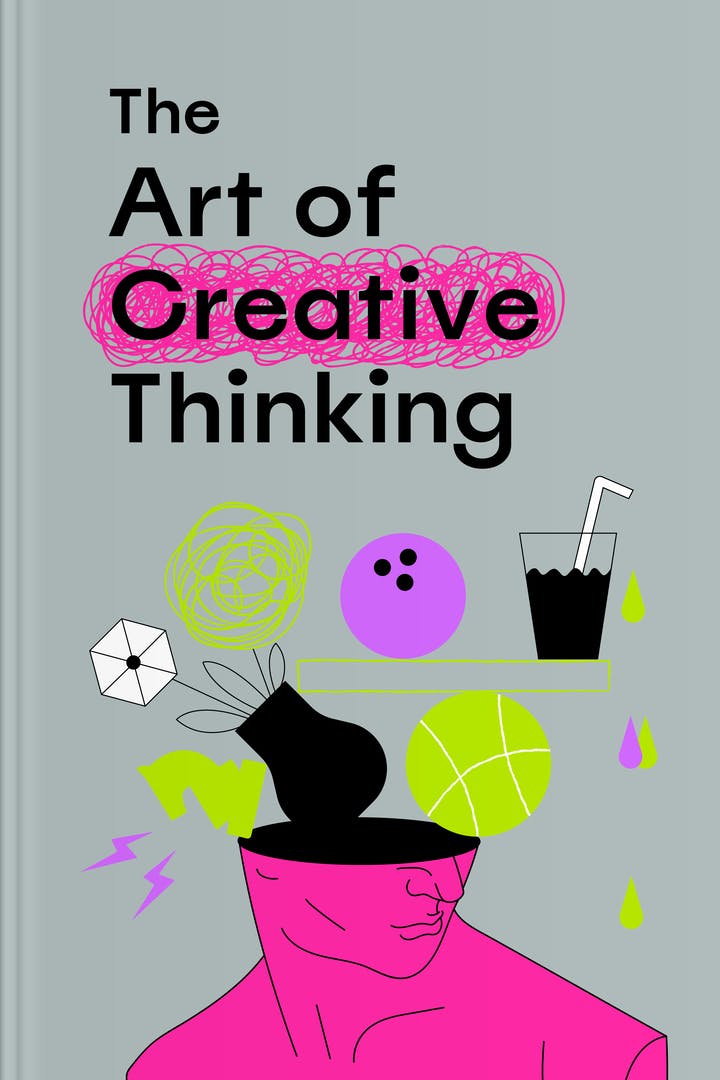
The Art of Creative Thinking
by John Adair
What is The Art of Creative Thinking about?
"The Art of Creative Thinking" by John Adair is a practical guide that explores the process of generating innovative ideas. Filled with insightful techniques and real-life examples, this book equips readers with the tools to enhance their creativity and develop great ideas. Adair delves into various aspects of creative thinking, including problem-solving, brainstorming, and fostering a creative environment. Whether you're an individual seeking personal growth or a team leader aiming to inspire innovation, this book offers valuable strategies for unlocking your creative potential.
Who should read The Art of Creative Thinking
Aspiring entrepreneurs seeking to unlock their creative potential.
Professionals in creative industries looking to enhance their innovative skills.
Students and educators interested in fostering creativity and idea generation.
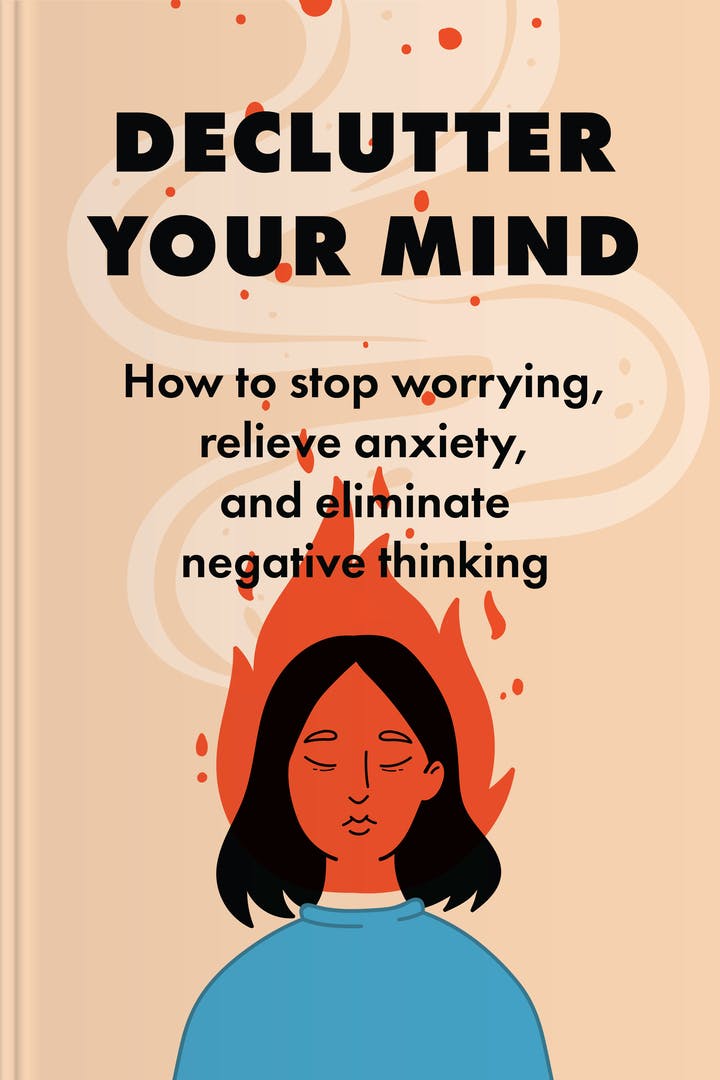
Declutter Your Mind
by S. J. Scott & Barrie Davenport
What is Declutter Your Mind about?
In this insightful guide, two experienced authors offer practical strategies to declutter your mind and find inner peace. They delve into the root causes of worry, anxiety, and negative thinking, providing step-by-step techniques to overcome these challenges. With a focus on mindfulness, self-reflection, and positive habits, this book empowers readers to regain control of their thoughts, reduce stress, and cultivate a more peaceful and fulfilling life.
Who should read Declutter Your Mind
Individuals struggling with anxiety and negative thinking patterns.
People seeking practical strategies to reduce worry and stress.
Anyone interested in improving their mental well-being and finding peace.
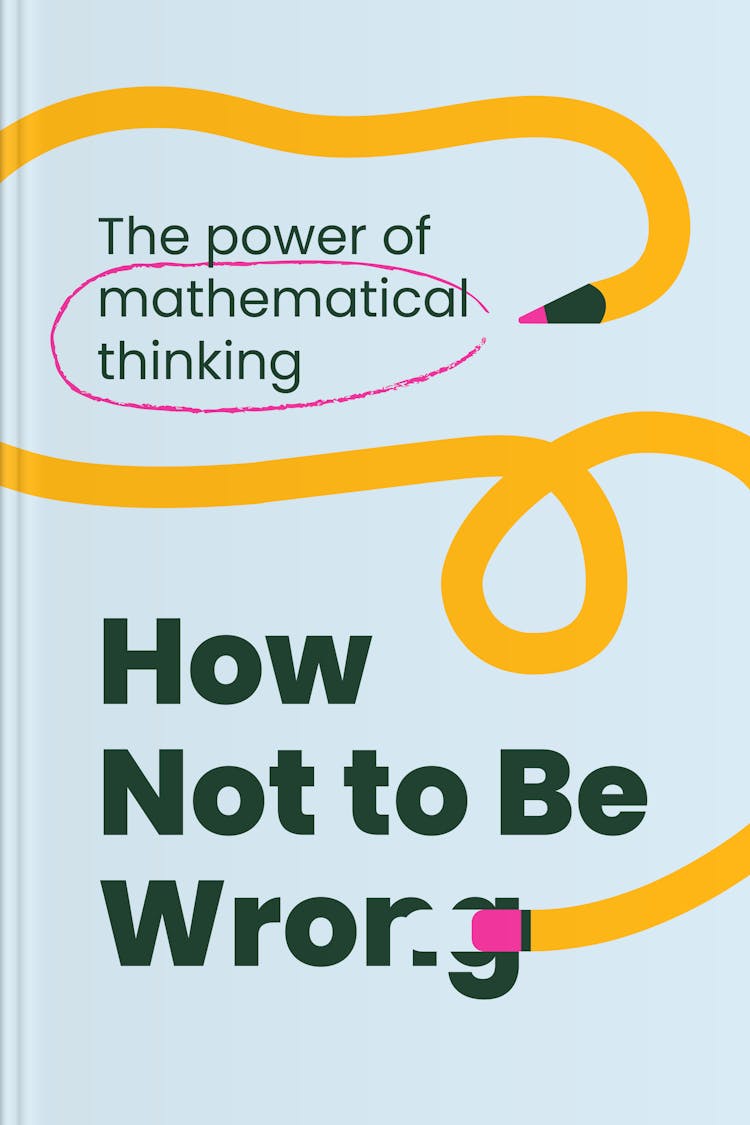
How Not to Be Wrong
by Jordan Ellenberg
What is How Not to Be Wrong about?
In this captivating book, the author explores the fascinating world of mathematics and its practical applications in everyday life. Through engaging anecdotes and thought-provoking examples, he reveals how mathematical thinking can help us make better decisions, solve complex problems, and avoid common pitfalls. With wit and clarity, the author demonstrates the power of mathematical reasoning, showing readers how to think critically and navigate the world with a sharper, more logical perspective.
Who should read How Not to Be Wrong
Students and educators seeking to enhance their mathematical reasoning skills.
Professionals in fields like finance
engineering
or data analysis.
Anyone interested in understanding the practical applications of mathematics.
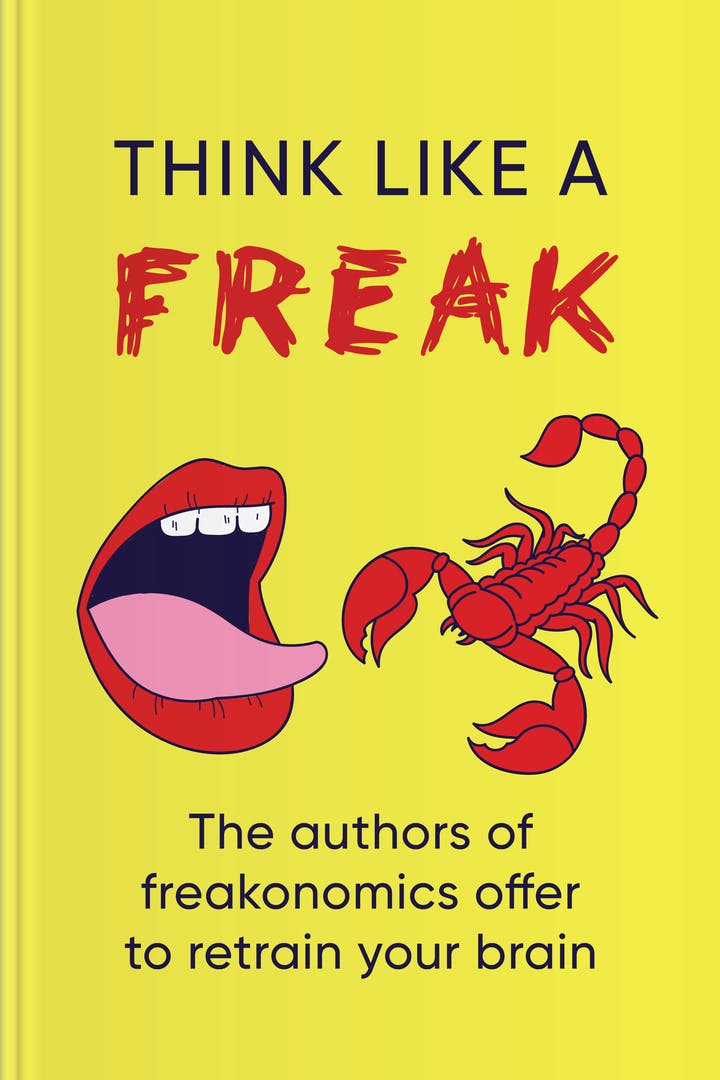
Think Like a Freak
by Steven D. Levitt, Stephen J. Dubner
What is Think Like a Freak about?
"Think Like a Freak" is a thought-provoking book that challenges conventional wisdom and encourages readers to approach problems with a fresh perspective. Written by the authors of Freakonomics, Steven D. Levitt and Stephen J. Dubner, this book offers practical advice on how to retrain your brain to think creatively, solve complex issues, and make better decisions. With engaging anecdotes and real-life examples, it provides a fascinating exploration of the power of unconventional thinking.
Who should read Think Like a Freak
Individuals seeking unconventional approaches to problem-solving and decision-making.
Business professionals looking to enhance their critical thinking skills.
Fans of the Freakonomics series eager to explore new perspectives.
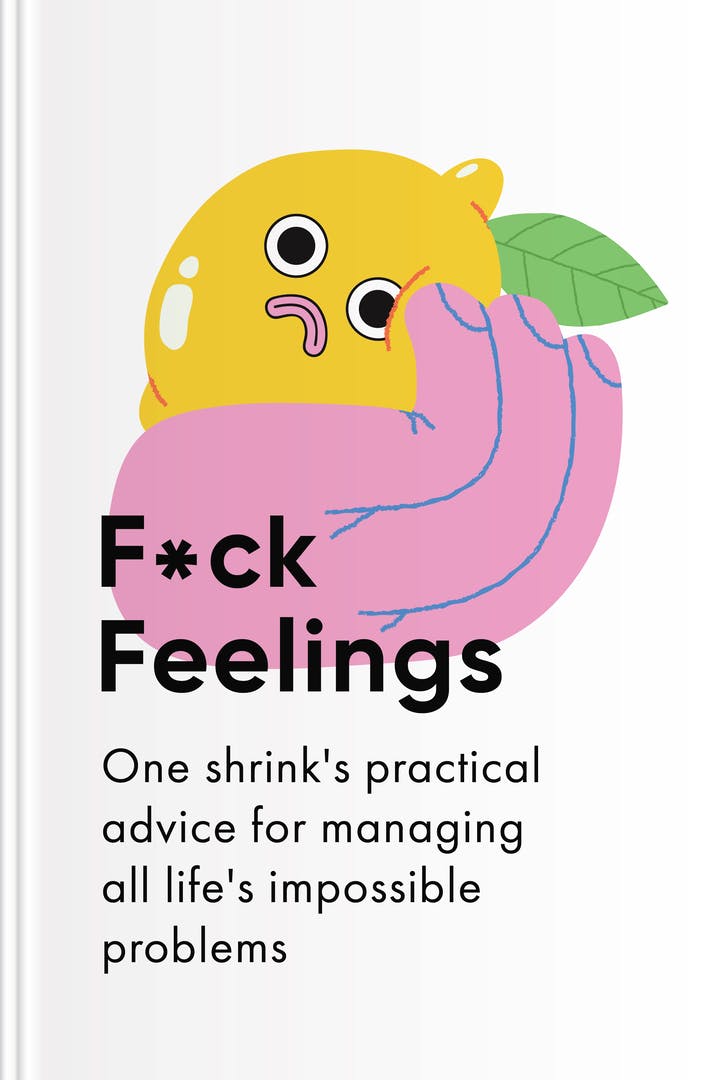
F*ck Feelings
by Michael Bennett, MD, Sarah Bennett
What is F*ck Feelings about?
This book offers practical advice for navigating life's most challenging problems. Written by a psychiatrist and his comedy writer daughter, it provides a refreshing and irreverent take on self-help. With a no-nonsense approach, it guides readers on how to accept and manage their emotions, while offering strategies to overcome life's inevitable obstacles. Filled with humor and wisdom, this book is a valuable resource for anyone seeking practical solutions to life's impossible problems.
Who should read F*ck Feelings
Individuals seeking practical advice for managing life's challenges.
Those interested in a no-nonsense approach to problem-solving.
People looking for a fresh perspective on emotional well-being.
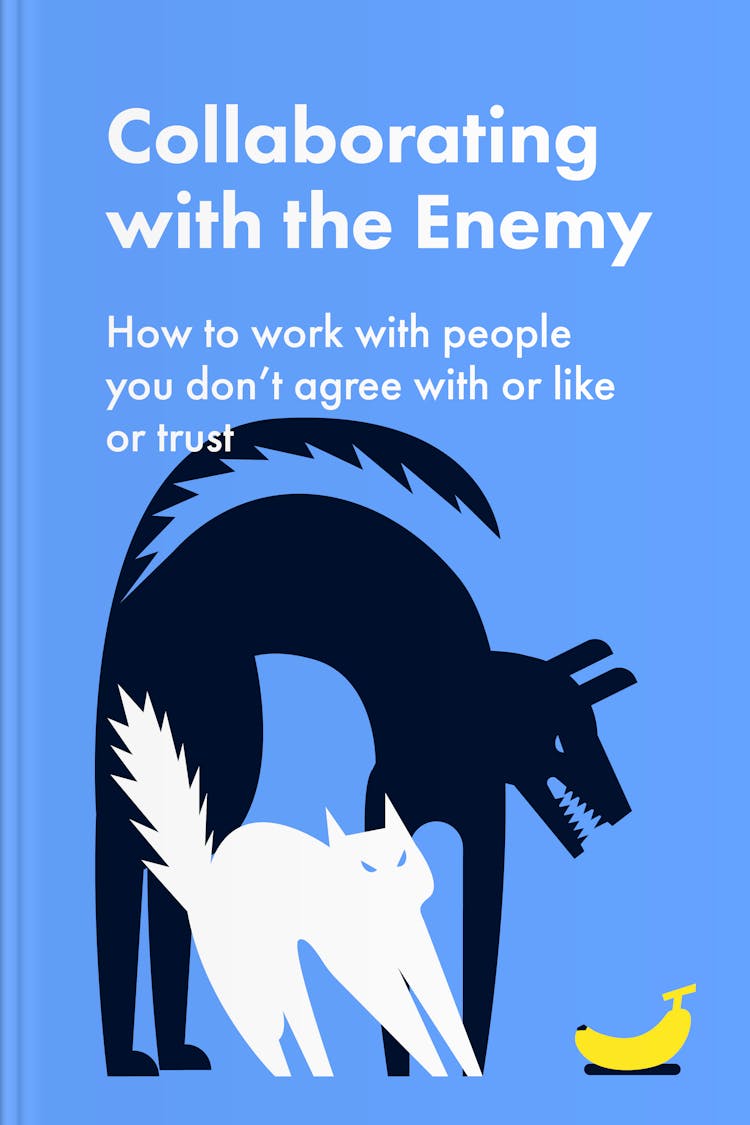
Collaborating with the Enemy
by Adam Kahane
What is Collaborating with the Enemy about?
In this insightful book, Adam Kahane explores the art of collaboration in the face of disagreement, dislike, and lack of trust. Drawing from his extensive experience as a mediator and facilitator, Kahane offers practical strategies and tools to navigate complex and polarized situations. Through compelling stories and real-life examples, he demonstrates how collaboration can lead to innovative solutions and transformative change, even when working with seemingly impossible adversaries. A must-read for anyone seeking to bridge divides and find common ground in today's challenging world.
Who should read Collaborating with the Enemy
Professionals seeking strategies to navigate challenging work relationships effectively.
Leaders aiming to foster collaboration in diverse and conflicting teams.
Individuals interested in improving their ability to resolve conflicts peacefully.
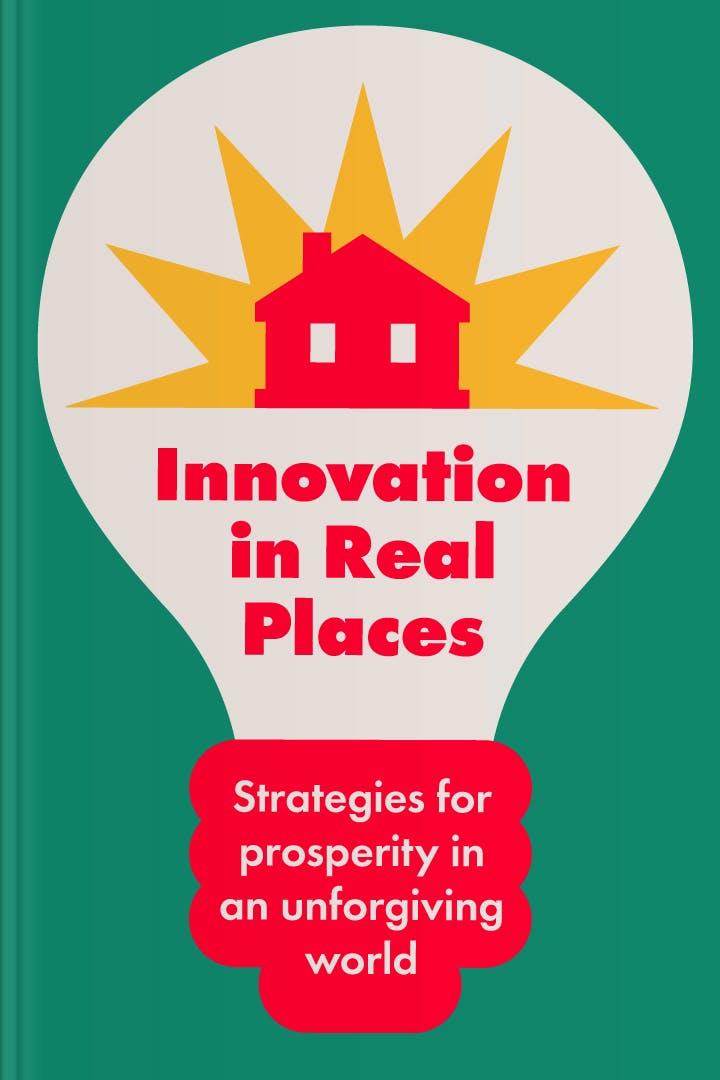
Innovation in Real Places
by Dan Breznitz
What is Innovation in Real Places about?
"Innovation in Real Places" by Dan Breznitz explores strategies for achieving prosperity in a challenging global landscape. The book delves into the importance of innovation in driving economic growth and offers insights into how different regions can foster innovation to thrive in an unforgiving world. Breznitz provides a comprehensive analysis of successful innovation ecosystems, highlighting the key factors that contribute to their success. This thought-provoking book offers practical guidance for policymakers, entrepreneurs, and anyone interested in understanding the dynamics of innovation in real-world contexts.
Who should read Innovation in Real Places
Entrepreneurs and business leaders seeking strategies for success in challenging environments.
Urban planners and policymakers interested in fostering innovation and economic growth.
Researchers and academics studying the dynamics of innovation in real-world settings.
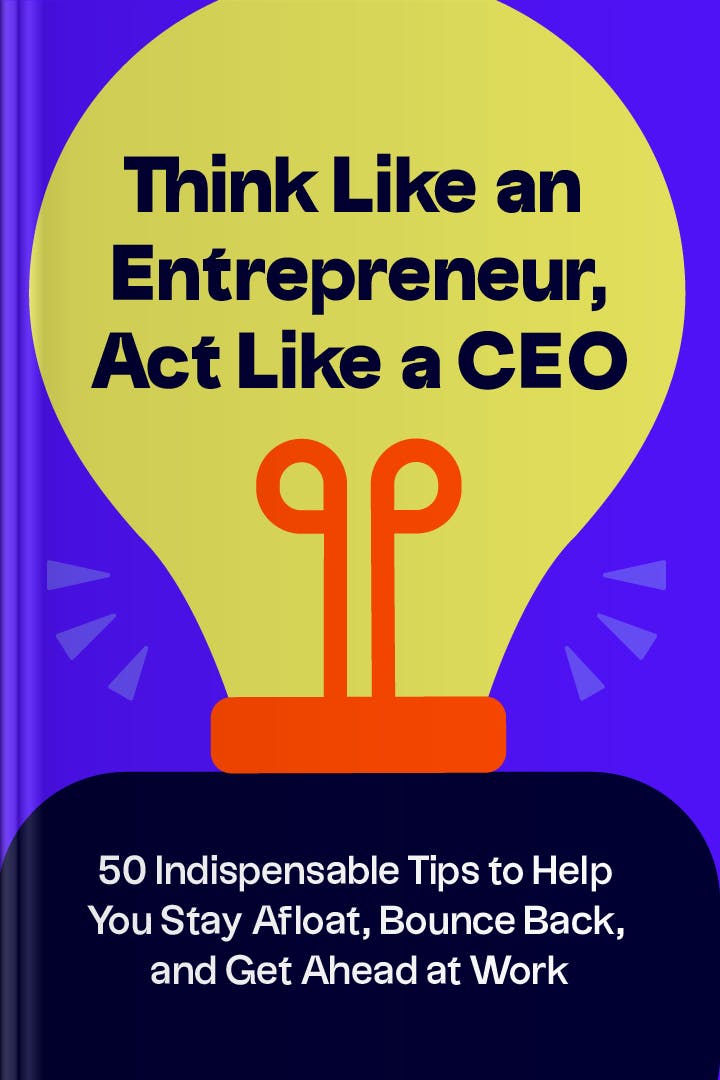
Think Like an Entrepreneur, Act Like a CEO
by Beverly E. Jones
What is Think Like an Entrepreneur, Act Like a CEO about?
This book offers 50 essential tips to help individuals thrive in their professional lives. It combines the mindset of an entrepreneur with the strategic actions of a CEO, providing practical advice on how to navigate challenges, adapt to change, and achieve success in the workplace. With insights from various industries and real-life examples, this guide equips readers with the tools they need to stay afloat, bounce back from setbacks, and excel in their careers.
Who should read Think Like an Entrepreneur, Act Like a CEO
Aspiring entrepreneurs seeking practical advice for success in business.
Professionals looking to enhance their leadership skills and mindset.
Individuals facing career challenges and seeking strategies for advancement.
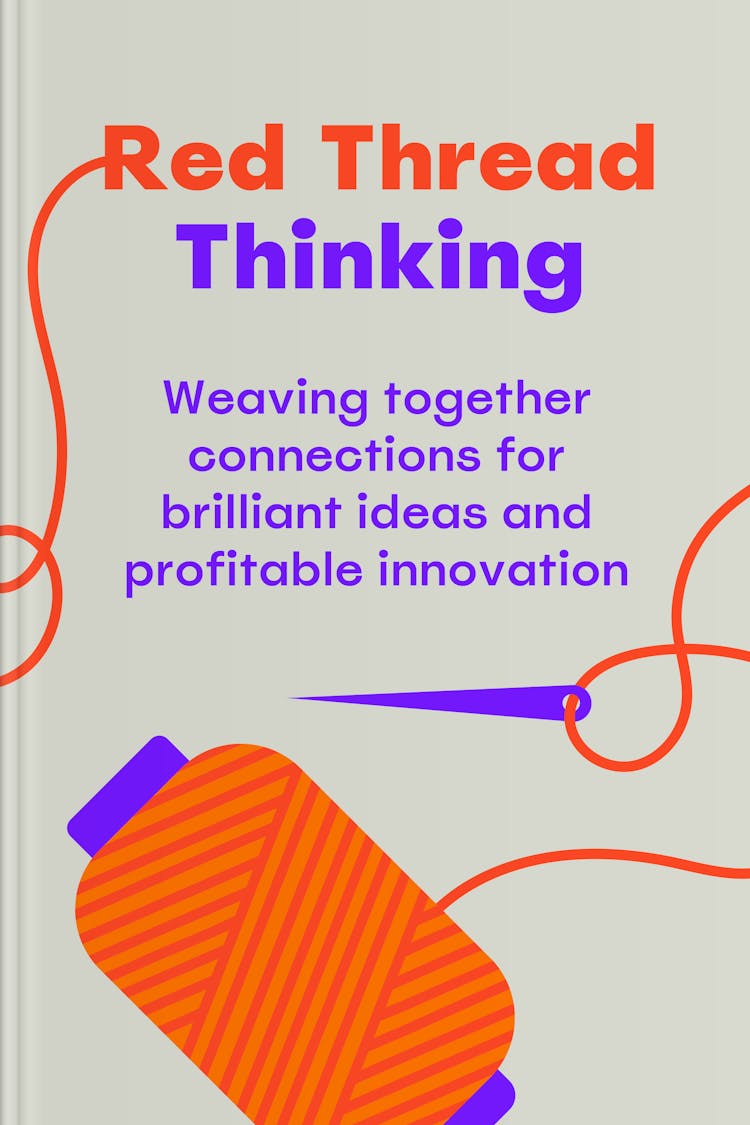
Red Thread Thinking
by Debra Kaye with Karen Kelly
What is Red Thread Thinking about?
"Red Thread Thinking" explores the power of making connections to generate innovative ideas and drive profitable innovation. Written by Debra Kaye with Karen Kelly, this book delves into the concept of the "red thread," a metaphor for the invisible link that connects seemingly unrelated ideas, people, and experiences. Through real-life examples and practical strategies, the authors guide readers on how to cultivate this mindset and apply it to their own creative processes, ultimately leading to breakthrough ideas and business success.
Who should read Red Thread Thinking
Creative thinkers looking to enhance their problem-solving skills.
Individuals interested in understanding the power of connections in innovation.
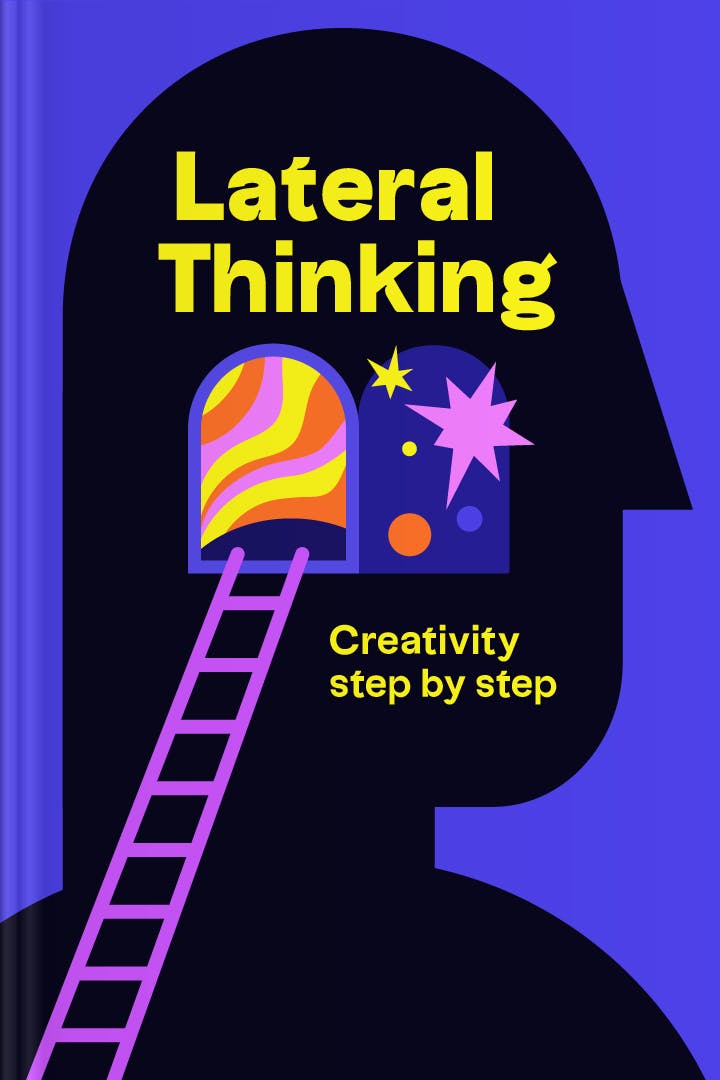
Lateral Thinking
by Edward de Bono, Dr.
What is Lateral Thinking about?
In this insightful guide, the author explores the concept of lateral thinking and provides practical techniques to enhance creativity. Edward de Bono encourages readers to break free from traditional thought patterns and embrace a more innovative approach to problem-solving. With step-by-step instructions and engaging examples, this book offers valuable tools to unlock one's creative potential and think outside the box. A must-read for those seeking to cultivate their creativity and find fresh solutions to challenges.
Who should read Lateral Thinking
Aspiring artists and designers seeking to enhance their creative process.
Business professionals looking to develop innovative problem-solving skills.
Educators and trainers interested in fostering critical thinking abilities.
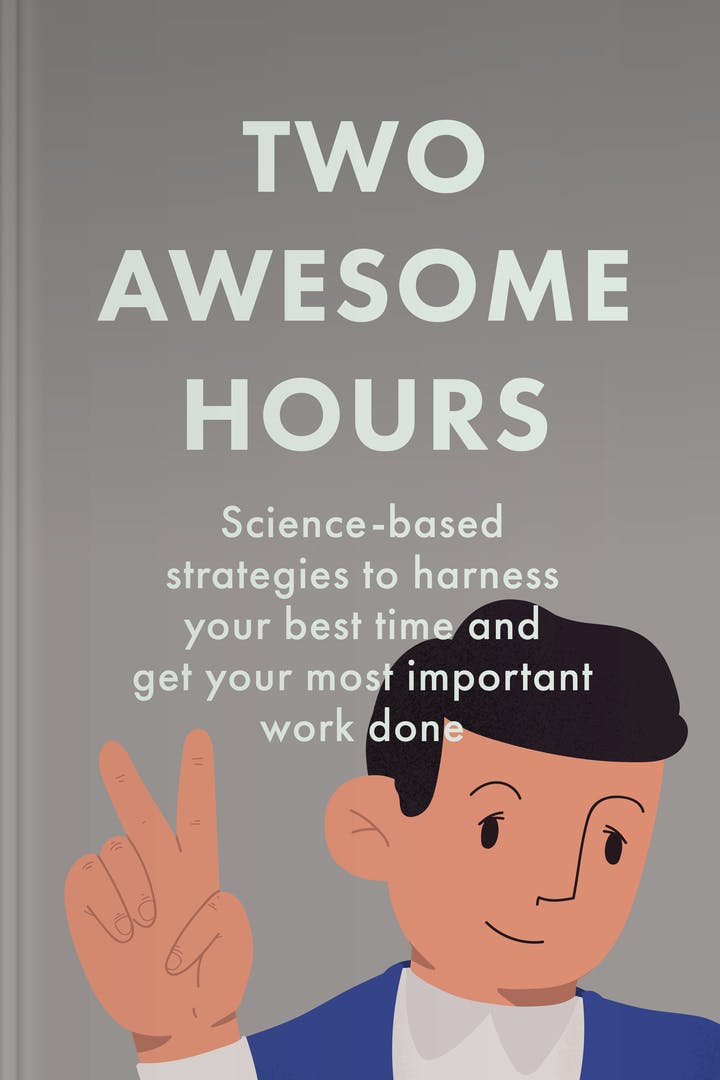
Two Awesome Hours
by Josh Davis
What is Two Awesome Hours about?
In this insightful book, the author shares science-backed techniques to help readers optimize their productivity and achieve their goals. By understanding the brain's natural rhythms and learning how to manage distractions, readers will discover how to make the most of their two most productive hours each day. With practical strategies and actionable advice, this book empowers individuals to harness their best time and accomplish their most important work.
Who should read Two Awesome Hours
Busy professionals seeking science-backed techniques to maximize productivity.
Students looking for effective strategies to improve focus and study.
Individuals struggling with time management and seeking practical solutions.
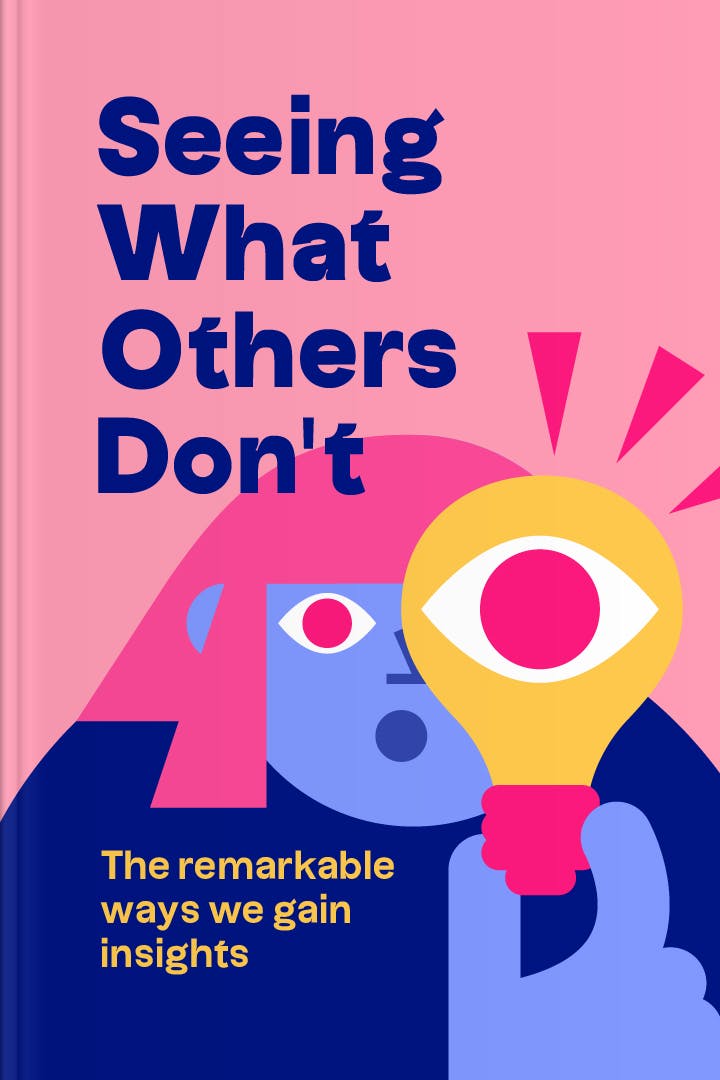
Seeing What Others Don’t
by Dr. Gary Klein
What is Seeing What Others Don’t about?
In "Seeing What Others Don't," Dr. Gary Klein explores the fascinating world of insights and how they are formed. Through captivating stories and research, he delves into the minds of experts from various fields to uncover the hidden processes behind their remarkable ability to gain insights. This thought-provoking book offers valuable insights into how we can enhance our own ability to see what others often miss, ultimately leading to more innovative and creative thinking.
Who should read Seeing What Others Don’t
Business professionals seeking to enhance their problem-solving skills.
Researchers and psychologists interested in the science of insight.
Individuals looking to unlock their creative potential and gain new perspectives.
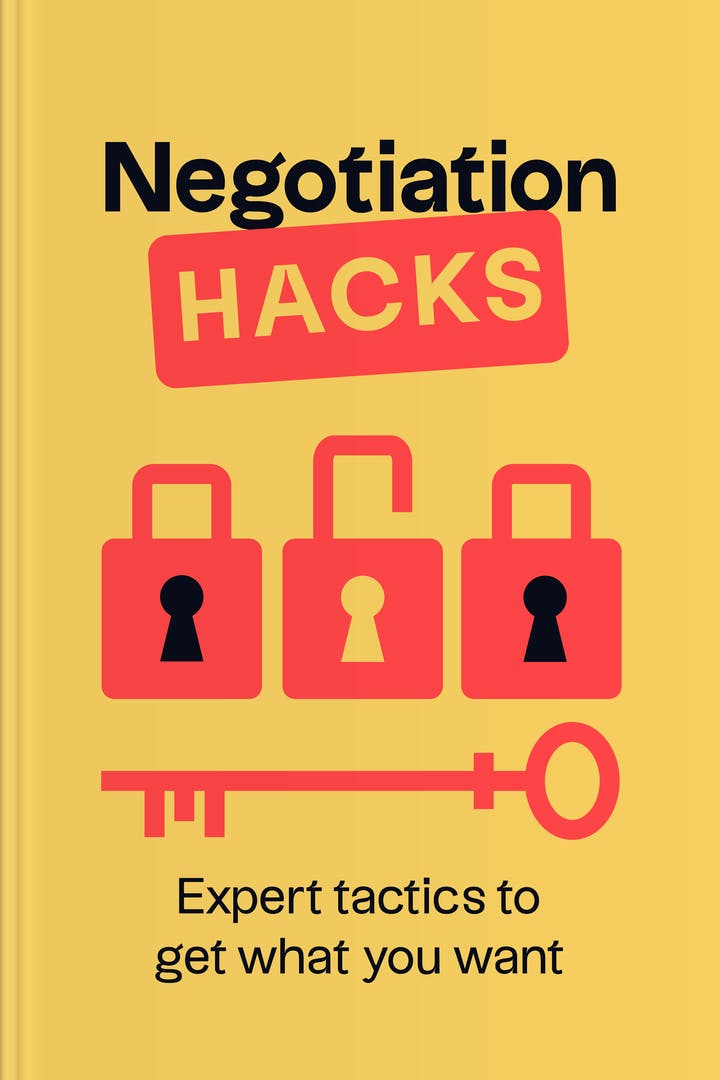
Negotiation Hacks
by Simon Rycraft
What is Negotiation Hacks about?
"Negotiation Hacks: Expert Tactics To Get What You Want" by Simon Rycraft is a comprehensive guide that equips readers with powerful strategies to master the art of negotiation. Drawing from years of experience, the author shares practical tips and techniques to help readers navigate any negotiation successfully. From understanding the psychology behind negotiations to leveraging effective communication skills, this book provides invaluable insights to empower individuals to achieve their desired outcomes in any negotiation scenario.
Who should read Negotiation Hacks
Professionals seeking to enhance their negotiation skills and strategies.
Entrepreneurs looking to gain a competitive edge in business negotiations.
Individuals wanting to improve their personal and professional relationships.

Effective Decision-Making
by Edoardo Binda Zane
What is Effective Decision-Making about?
In this insightful guide, the author explores the art of effective decision-making in challenging situations. With a focus on navigating uncertainty and pressure, the book offers practical strategies and techniques to enhance decision-making skills. Drawing from real-life examples and research, readers will gain valuable insights into analyzing risks, managing emotions, and optimizing outcomes. Whether in personal or professional life, this book equips individuals with the tools to make better decisions and thrive in uncertain environments.
Who should read Effective Decision-Making
Professionals seeking to improve their decision-making skills in high-pressure environments.
Students studying decision-making processes and strategies in uncertain situations.
Individuals looking to enhance their ability to make informed choices.

A Spy’s Guide to Thinking
by John Braddock
What is A Spy’s Guide to Thinking about?
In this insightful guide, the author, a former intelligence officer, shares his expertise on critical thinking and decision-making. Drawing from his experiences in the field, he reveals practical strategies and techniques used by spies to analyze information, assess risks, and make sound judgments. With a focus on enhancing mental agility and avoiding cognitive biases, this book equips readers with the tools to navigate complex situations and think like a spy in their everyday lives.
Who should read A Spy’s Guide to Thinking
Aspiring spies seeking to enhance their critical thinking skills.
Professionals in intelligence and espionage looking to sharpen their mental acuity.
Anyone interested in learning strategic thinking from a spy's perspective.
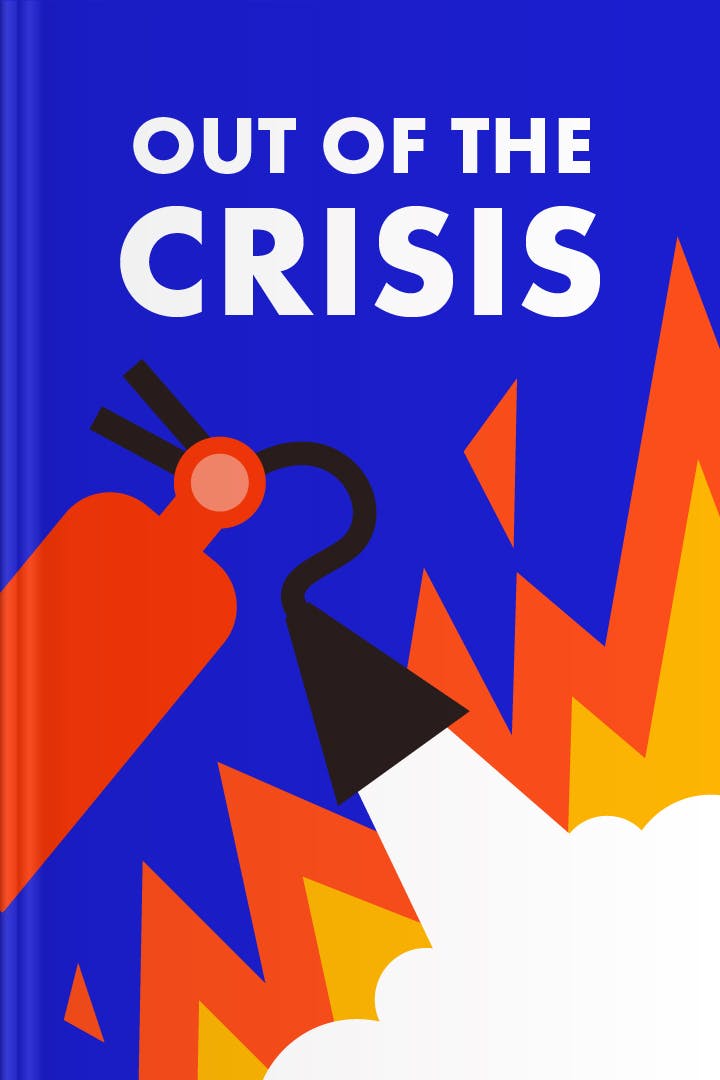
Out of the Crisis
by W. Edwards Deming
What is Out of the Crisis about?
"Out of the Crisis" is a groundbreaking book that offers a comprehensive analysis of the challenges faced by organizations and provides practical solutions to overcome them. Written by a renowned management expert, this book delves into the root causes of crises and presents a systematic approach to improve quality, productivity, and overall performance. With insightful examples and actionable strategies, it empowers leaders to transform their organizations and thrive in a rapidly changing business landscape.
Who should read Out of the Crisis
Business leaders seeking to improve organizational efficiency and productivity.
Quality control professionals aiming to implement effective management strategies.
Individuals interested in understanding the principles of continuous improvement.
Keep Reading
Start your fun and easy growth with key insights from world's bestsellers.
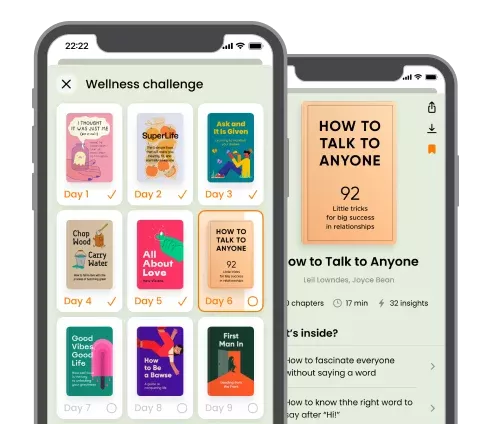

The 5 Best Books on Problem Solving (in 2024)

If you are looking for the best books on problem-solving, you’ve come to the right place.
In this article, we will cover the top 5 books on problem-solving that you can use to help you solve problems faster, easier, and better. I have personally read each one and recommend them.
The 5 Best Books on Problem-Solving
1. stop guessing: the 9 behaviors of great problem solvers by nat greene.

Stop Guessing teaches 9 main actions you need to take when solving problems. It doesn’t teach a problem-solving “method”, but steps you need to take to be able to solve the right problem and solve it well.
The 9 behaviors/actions are:
- Stop guessing
- Smell the problem
- Embrace your ignorance
- Know what problem you’re solving
- Dig into the fundamentals
- Don’t rely on experts
- Believe in a simple solution
- Make fact-based decisions
- Stay on target
I personally enjoyed this book and found it very informative. If you aren’t necessarily looking for a method but the steps you need to take to solve problems more effectively, this book is for you.
You can get it on Amazon here .
(Note: The links for Amazon are affiliate links. Thanks!)
Read More: The 5 Best Books on Decision Making
2. Think Smarter: Critical Thinking to Improve Problem-Solving and Decision-Making Skills by Michael Kallet

As the title says, Think Smarter is about using critical thinking to improve your problem-solving and decision-making .
What sometimes hurts us in our problem-solving is that we don’t really take the time to think critically. Kallet gives 3 main steps for solving problems and making a decision:
- Conclusions
If you want to learn more about critical thinking when it comes to problem-solving and steps to take to really clarify your problem and come to better conclusions, and ultimately decisions, this is a good book for you.
3. Problem Solving 101: A Simple Book for Smart People by Ken Watanabe

Problem Solving 101 is a neat little book on problem-solving. It was originally meant for a younger audience, but it has taken widespread appeal to all ages for people who want to solve problems better.
In the book, through some simple examples, Watanabe teaches how to find the root cause, how to set and test hypotheses, how to make better choices, how to use a logic tree, and more.
If you want a simple, easy book on problem-solving for yourself and/or your kids, this one is for you.
4. The Thinker’s Toolkit: 14 Powerful Techniques for Problem-Solving by Morgan D. Jones

In The Thinkers Toolkit , the author gives detailed information on methods you can use to solve problems better and make better decisions.
Too often we use “trial and error” to try to solve problems, and that is incredibly ineffective. Jones teaches about the errors we often have when solving problems, how our brain sometimes works against us, and 14 techniques we can use to solve our problems better.
If you want a detailed guide on how we often do it wrong and the different methods you can use to solve problems better, this book is for you.
You can get it on Amazon here.
5. Systematic Problem-Solving and Decision-Making by Sandy Pokras

Systematic Problem-Solving and Decision-Making is an old book (published in 1989); however, it is still chock full of great information.
In the book, Pokras goes over, step by step, the steps you can take in your organization to solve problems.
She discusses not only the steps to do it but how to do it together as a group so that everyone is on board with what the problem is and how to solve it.
There are 6 main steps she recommends that she dives into:
- Step 1: Problem recognition
- Step 2: Problem Labeling
- Step 3: Problem-Cause Analysis
- Step 4: Optional Solutions
- Step 5: Decision Making
- Step 6: Action Planning
If you are looking for a step-by-step guide on how to solve problems within an organization (and even by yourself), this book is a great resource.
Why Not?: How to Use Everyday Ingenuity to Solve Problems Big And Small by Barry Nalebuff and Ian Ayres

Why Not? is, as the title suggests, how to use everyday ingenuity to solve problems.
The authors dive into different methods and tools you can use to help solve problems, including:
- Asking what Croesus would do
- Feeling others pain
- Looking where else it would work
- And flipping it
You can get the book here on Amazon .
Which decision-making book will you choose?
We’ve covered 5…err..6 books on problem-solving. I personally have read each one and recommend them.
I’d also recommend checking out books on decision-making , as the topics are intertwined and related.
Now to you: What do you think? Have you read any of these? Are there any we are missing?
About The Author

Thomas R. Harris
Related posts, book summary: eat that frog by brian tracy.
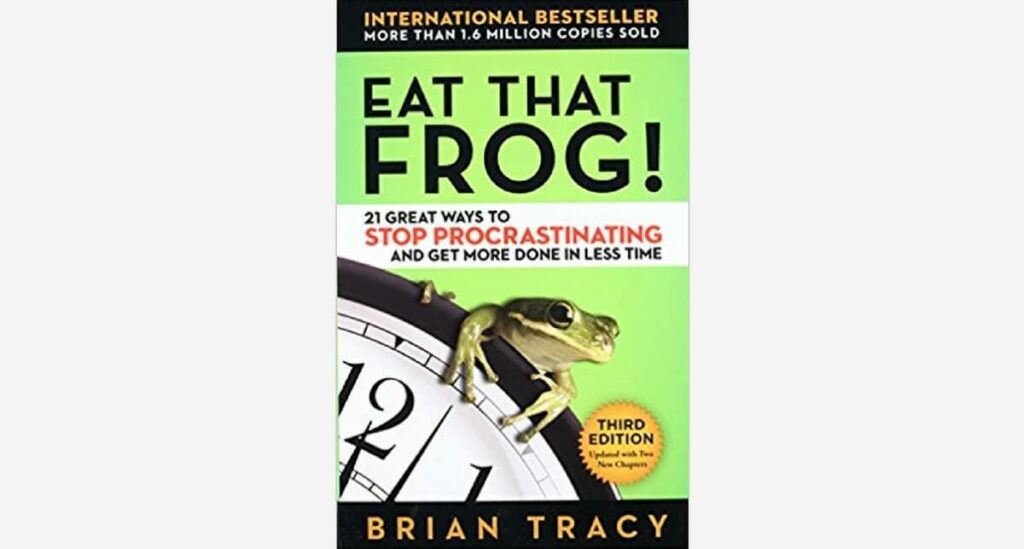
Book Summary: Time Management from the Inside Out by Julie Morgenstern

The 7 Best Time Management Books (In 2024)

Leave a Comment Cancel Reply
Your email address will not be published. Required fields are marked *
Save my name, email, and website in this browser for the next time I comment.
Quick Links
Listen on your favorite app:
Copyright © 2023 Radiant Hope, LLC | The Exceptional Skills
Start typing and press enter to search
- Accounting & Finance
- Communication
- Critical Thinking
- Marketing & Strategy
- Starting a Business
- Team Management
- Corporate Philosophy
- Diversity, Equity, & Inclusion
- Kokorozashi
- Sustainable Business
- AI Ventures
- Machine Learning
- Alumni Voices
- Yoshito Hori Blog
- Unlimited Insights
- Career Skills
- GLOBIS Community
5 of the Best Books on Critical Thinking and Problem-Solving

Critical Thinking: Hypothesis-Driven Thinking
Anyone can come up with a good idea. The real challenge is putting that idea into action. In this online course, explore how to form compelling, testable hypotheses and bring ideas to life in your own organization.
Critical Thinking: Structured Reasoning
Even a few simple techniques for logical decision making and persuasion can vastly improve your skills as a leader. Explore how critical thinking can help you evaluate complex business problems, reduce bias, and devise effective solutions.
Critical Thinking: Problem-Solving
Problem-solving is a central business skill, and yet it's the one many people struggle with most. This course will show you how to apply critical thinking techniques to common business examples, avoid misunderstandings, and get at the root of any problem.
Critical thinking is an essential skill to master whether you aspire to compete in the fast-paced startup space or just improve your daily workflow. But no one is born a master problem solver. Like any other skill, you’ll need to study and practice.
When it comes to self-study, all the Wikipedia articles and Quora questions in the world can’t replace a good book. We asked GLOBIS faculty members to weigh in on the books that helped them step-up their critical thinking game.
Decipher the Data
The signal and the noise: why so many predictions fail—but some don’t , by nate silver.
Do you ever feel so lost in data that you forget what you’re looking for in the first place? Do you find it difficult to parse the important details from large sets of data? Nate Silver’s The Signal and the Noise will help you sift through the numbers and find what’s most useful for your purposes.
In the GLOBIS Critical Thinking course , we teach that the most important step of the problem-solving process is identifying the issue. After that, you’ll need to break down the issue into a set of points (like criteria). Finally, you search for data to support or change these points.
The Signal and the Noise applies this process to the realm of predictions in the age of Big Data.
Ultimately, Silver cautions against overconfidence in predictions, ranging from the stock market to sports and politics, and the importance of assessing the level of certainty in your findings. He also points to the often-hidden assumptions in data—another important lesson you’ll find in GLOBIS’s Critical Thinking class. What makes this book exciting is the way it explores current issues in a quantitative way, challenging what we thought to be true and the prediction process behind it. Aside from that, there are many other tips and tricks to improve your problem-solving and data analysis skills.
While I can’t claim to make many predictions, if you’re looking to hone your critical thinking skills, I can say with confidence that you’ll enjoy this book!
—Brian Cathcart, Critical Thinking Faculty at GLOBIS University
Think about the Way You Think
Thinking, fast and slow , by daniel kahneman.
What if you found out you had a disease with a 10% mortality rate? Would it be worse than a disease with a 90% survival rate? In fact, your chances of making it through are precisely the same, but somehow, we tend to respond more positively to the latter scenario.
This is an example of the framing effect , one of many biases and heuristics introduced in Daniel Kahneman’s bestseller Thinking, Fast and Slow . Kahneman, a Nobel laureate, presents decades of fascinating insights into our not-so-rational minds. He elegantly summarizes our thinking into two processes: System 1 and System 2.
System 1 is effortless and instantaneous, handling thoughts like 2+2=4. It is our autopilot that guides us through most of the day, allowing us to simultaneously manage complex tasks like driving a car while chatting with the passenger about the morning news.
System 2, on the other hand, is a process that we have to manually switch on to tackle something more mentally challenging. System 1 can handle 2+2 instantly, but System 2 needs to kick in for us to work out 27×18.
Kahneman’s mind-blowing research and simple tests show us just how laughably irrational System 1 can be. It is a powerful reminder of why it’s worth questioning our own judgment.
Next Article
The Importance of Critical Thinking and Problem-Solving in Startup Culture
The Logic Tree: The Ultimate Critical Thinking Framework
Magic Words to Boost Your Communication, Critical Thinking, and Impact
Fooled by Randomness , by Nassim Nicholas Taleb
Fooled by Randomness offers a narrower, but still powerful illustration of how the flaws of our thinking habits skew our worldview. In a precursor to his bestseller The Black Swan , Nassim Taleb focuses on the role of randomness in our lives, and how underestimating this randomness can have potentially serious consequences.
In business, it’s generally unpopular to ascribe results to luck. Countless books and articles seek to explain the genius behind the success of certain companies and businesspeople. And when results go sour, people point to poor decisions that should have been avoided.
Compelling as it may be, this storytelling misleads us into believing that we control much more than we do. Taleb argues that luck, in fact, plays a large role in any success, and smart decisions can lead to poor outcomes (hard as it may be to convince your boss or shareholders).
Taleb’s tone throughout the book is often cynical and scathing, and he is clearly not a fan of MBAs. But his message is still important for any businessperson who wants to keep their feet on the ground. As I often tell MBA students in my Critical Thinking course, even the most thorough analysis and planning cannot guarantee success. However, critical thinking can help us reduce the role of luck in our decision-making. Ultimately, that will increase our odds of success.
—Jake Pratley, Critical Thinking Faculty at GLOBIS University
Learn from Those Who Came Before You
Problem solving 101 , by ken watanabe.
The Japanese bestseller Problem Solving 101 is quite easy to read, since it’s targeted towards an elementary school level. Don’t let that deter you, though—the content itself covers practical elements in business, from diagnosing the situation to identifying root causes and decision-making.
During these uncertain times, it’s getting harder and harder to make confident decisions. We tend to rely on our past experiences and knowledge rather than asses the issues at hand. But if you face unprecedented events, you’ll require the right skills to identify problems and develop the right solutions to solve them. This book will help you acquire these skills.
Toyota Production System: Beyond Large-Scale Production , by Taiichi Ohno
Taiichi Ohno built the foundation of the famous Toyota Production System (TPS). This book dives into the background, history, and philosophy of the concepts utilized in this system, including kaizen , jido-ka , and kanban.
For example, although Toyota changed its zero-inventory policy specifically to deal with shortages of semiconductors, TPS can help improve productivity with limited resources in any industry.
This book also shows us the importance of Toyota’s philosophy—which is what really drives the popularity of TPS worldwide. Many organizations have introduced TPS into their everyday operations, but most fail to utilize the robust philosophy of the system to its full potential.
Ohno’s book may be a bit old, but its indisputable influence on the business world means it’s still more than worth reading now.
—Takashi Tsutsumi, Critical Thinking Faculty at GLOBIS University
Turn the Page on Your Critical Thinking Journey
Understanding critical thinking and problem-solving means a lot more than being the best brainstormer at the pitch meeting. It also means you can identify obstacles, overcome them, and consider the best decisions for yourself and those around you.
Ultimately, if you’re learning how to be a critical thinker, you’re also learning how to become an independent and decisive decision maker. Like a beautiful logic tree , you’ll need to nourish your mind in order to grow. A good read is a great way to get started.
Related Articles
Need help prioritizing tasks try the eisenhower matrix.
How Recruiting Companies in Japan Are Connecting Foreign Grads with Global Careers
One-to-one Marketing: The New Age of Parasocial Relationships
Get monthly Insights
Sign up for our newsletter! Privacy Policy
GLOBIS Insights
- Submission Guidelines
- Our Contributors
Accountability
- Privacy Policy
GLOBIS Group
- GLOBIS Corporation
- GLOBIS University
- GLOBIS Capital Partners
- GLOBIS Asia Pacific
- GLOBIS Asia Campus
- GLOBIS China
- GLOBIS Europe
- GLOBIS Thailand
- G1 Institute
- Ibaraki Robots Sports Entertainment
- KIBOW Foundation
© GLOBIS All Rights Reserved
Trending Post : Books Made Into Movies

21 Good Picture Books to Teach Problem and Solution
This post may contain affiliate links.
Read mentor text picture books to teach problem and solution text structure. Understanding the problem and solution story structures improves comprehension and helps readers make informed predictions. (As well as helping children see the creative possibilities in problem-solving!)
Of course, almost all stories have a problem and a solution –with the exception of a concept book. So really, you can search out problem and solution examples in any book, whether it’s fiction or nonfiction.
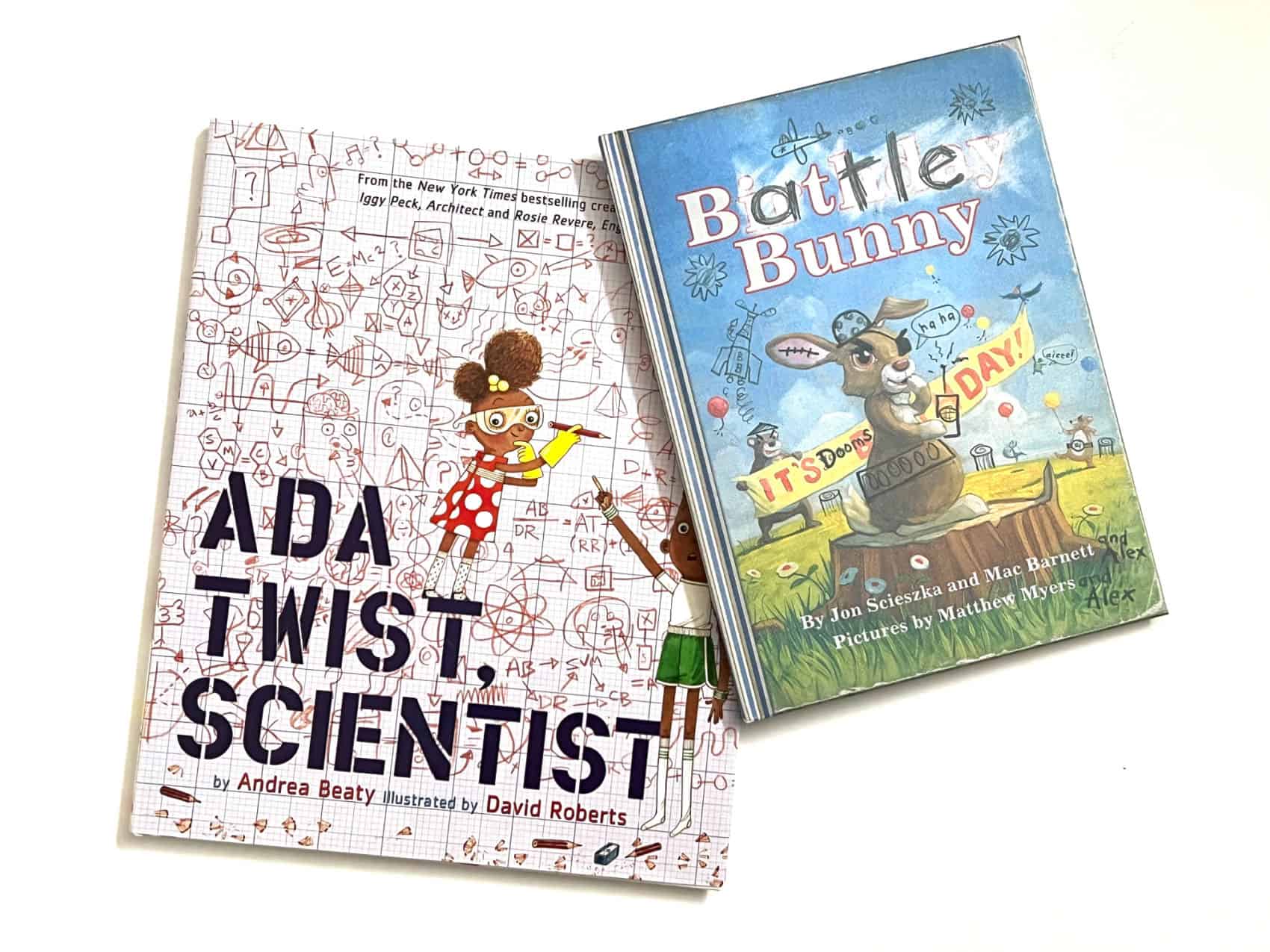
When children learn what to expect in a problem and solution story, not only will they be able to predict solutions, but they will also be better able to write their own problem-solution stories. I started teaching this early to my young kids, well before they were school-age because we want our children to become problem solvers. That is an important life skill!
While many picture books model the narrative story structure of problem and solution, these are my favorites to use with kids both at home and in the classroom.
PRINTABLE LIST

Mentor Text Picture Books to Teach Problem and Solution
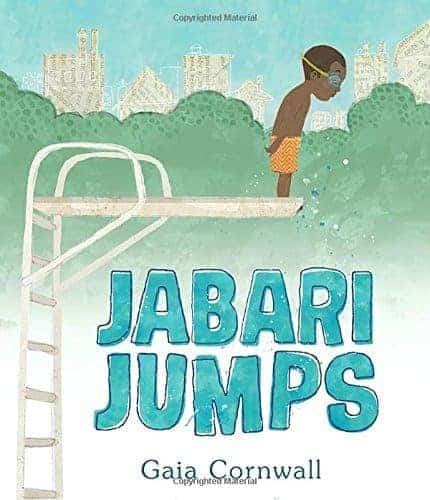
Problem Solved! by Jan Thomas When Rabbit sees his messy room, he learns that he has HIS OWN PROBLEM SOLVING PORCUPINE! Which seems good at first. But, it turns into a disaster. Because to clean up the blocks, the porcupine flushes them down the toilet. And to clean up his shirts, he feeds them to the goldfish. How can Rabbit get rid of his not-very-helpful problem-solving porcupine?
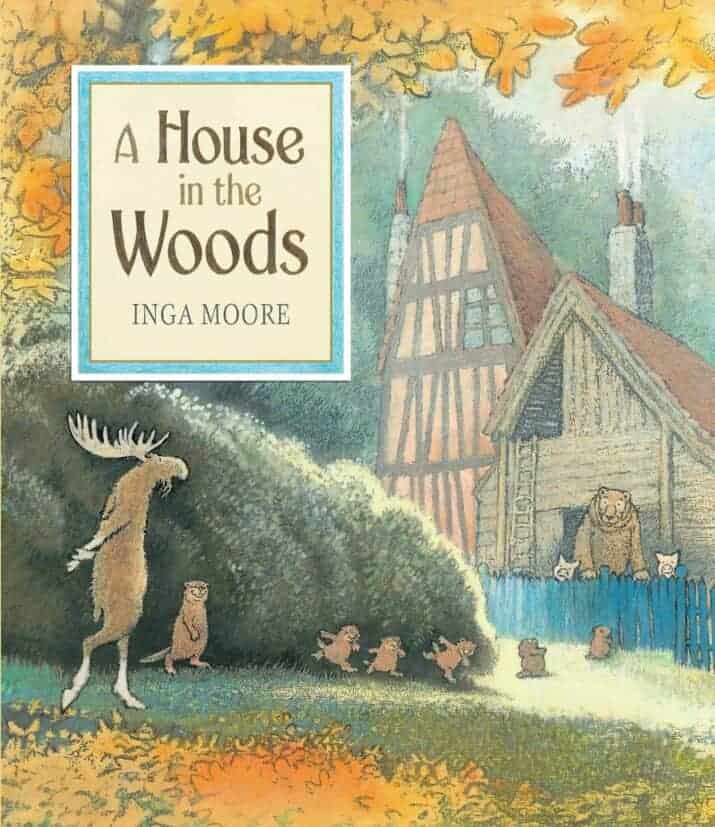
A House in the Woods by Inga Moore Little Pig’s den becomes filled with friends, but once Moose arrives, the den collapses. Oh, no! Problem. What will they do to find a solution? Together, the animals build a new house in the woods big enough to fit all the friends.
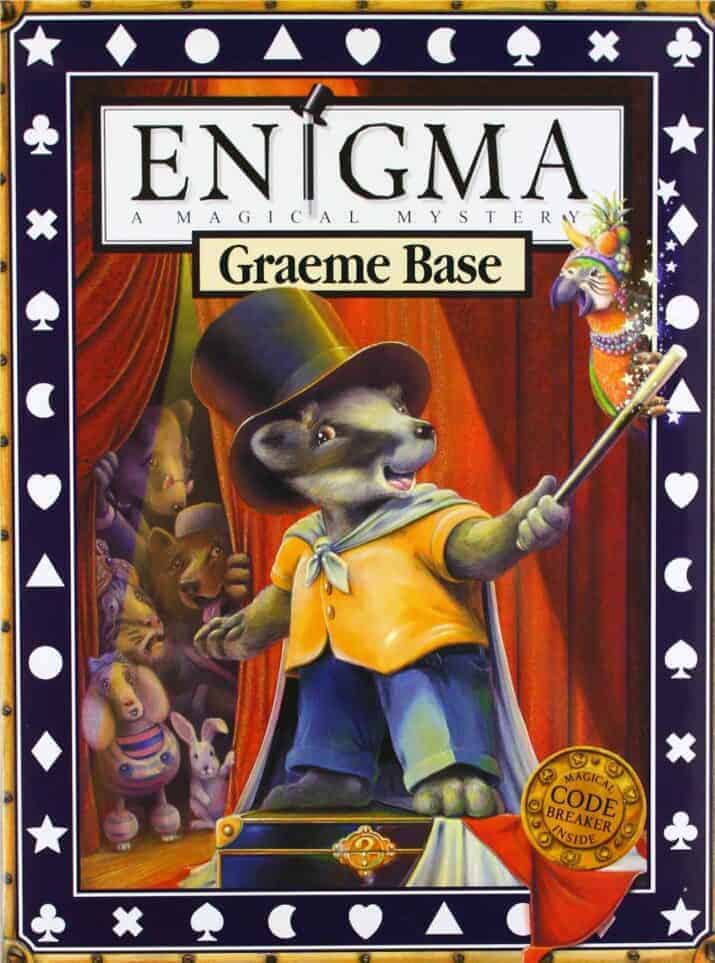
Enigma by Graeme Base Bertie needs to find the missing magic show props that have disappeared from his grandpa’s retirement home. Each performer tells him what’s missing. Readers help find the items in the illustrations so that Bertie can find the culprit. Like all his books, Base excels in his detailed illustrations.
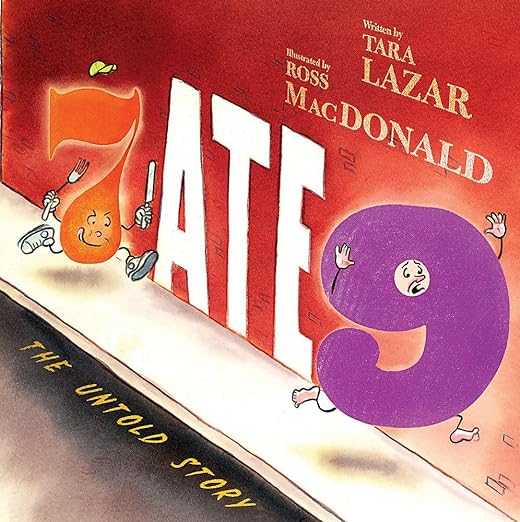
7 Ate 9: The Untold Story by Tara Lazar, illustrated by Ross MacDonald 6 bangs on Private I’s door for help! Because there’s a rumor that 7 is eating other numbers because apparently, 7 ate 9. YIKES! But did 7 really eat 9? Pitch perfect tongue-in-cheek number and word humor will crack you up throughout this suspenseful, funny problem and solution story. (Also on: Best Picture Book Mysteries .)
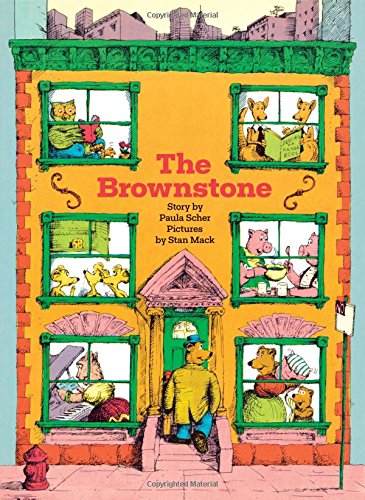
The Brownstone by Paula Scher, illustrated by Stan Mack The Bear family is ready for hibernation but first, they need to figure out what to do about the noise problem. Their solution? All the animals work together to shift apartments so that everyone finds the best apartment for their specific needs. You’ll love the message and illustrations.
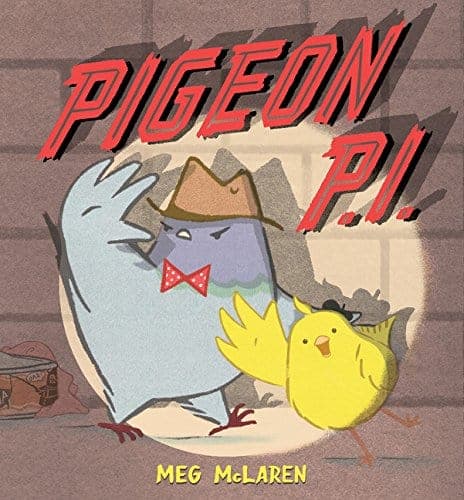
Pigeon P.I. by Meg McLaren What a unique and delightful mystery story! A little canary asks Pigeon P.I. (private investigator) to help her find her missing friends. Then the canary goes missing, too. It’s up to Pigeon to solve the missing bird mystery. The author writes in the style of the old detective shows– punchy with short sentences. The illustrator captures the details, giving kids clues to notice as they read.

One Word from Sophia by Jim Averbeck, illustrated by Yasmeen Ismail This picture book is a great way to teach kids summarizing and word choice as well as a problem-solution text structure! Sophia really wants a pet giraffe for her birthday. As a result, she sets out to convince her family, starting with her mother, a judge. However, Mother says that Sophia’s argument is too verbose. As a result, Sophie tries fewer words with Father. But he says her presentation is too effusive. Sophia continues with each family member until she reaches her last-ditch attempt and says the one word that works: PLEASE.
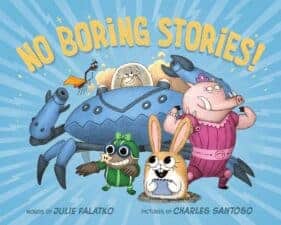
No Boring Stories! by Julie Falatko, illustrated by Charles Santoso When a cute little bunny tries to join a group of animal storytellers (mole, weevil, crab, and babirusa), the group doesn’t want to add her to their brainstorming group. As the animals continue their story plans with relatable characters, an inciting incident, rising action, climax, and…. Only the group gets stuck with the ending. That’s when bunny reveals that she likes making up weird (not boring) stories. The group realizes that the bunny has the perfect ending idea. Reluctantly, they agree that she can be part of the group. At least until a “ bunch of adorable frogs and puppies show up next week… ” This book shows plotting as well as the creative strengths of writers working together.
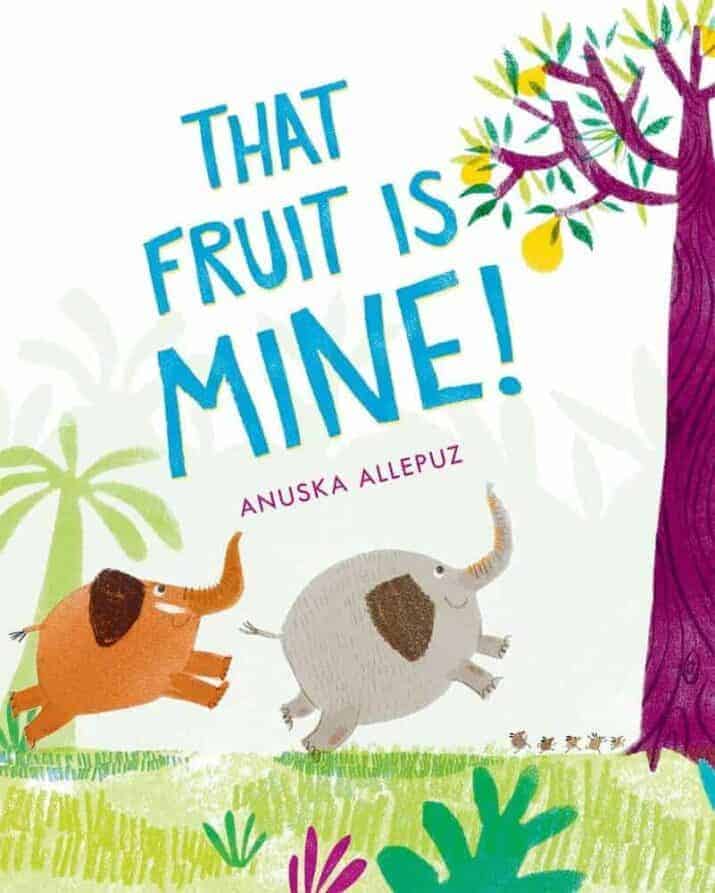
That Fruit Is Mine! by Anuska Allepuz This is a charming problem and solution story about learning to share and the power of working together. You’ll crack up watching the elephants’ many failed attempts to get delicious-looking fruit off a tree while simultaneously watching a tiny group of mice work together to get the yummy fruit, too. The problem is getting the fruit but only one animal group succeeds in a solution. Who do you think it will be? Great for prediction! (Also on: Picture Books That Teach Cooperation .)
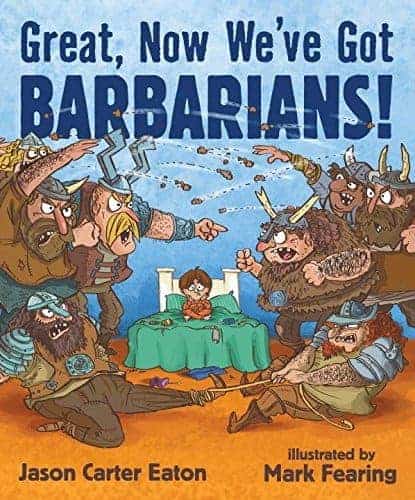
Great, Now We’ve Got Barbarians! by Jason Carter Eaton, illustrated by Mark Fearing Mom says that if the boy doesn’t clean his room, he’ll get pests . . . which the boy thinks aren’t all that bad, right? However, things go downhill when barbarian “pests” start arriving. Because they eat everything, use his toys to clean out their ears, and steal blankets and pillows. So there is only one thing to do — CLEAN up his room. It’s a predictable but funny solution with the perfect forgot-to-clean-up twist at the end.
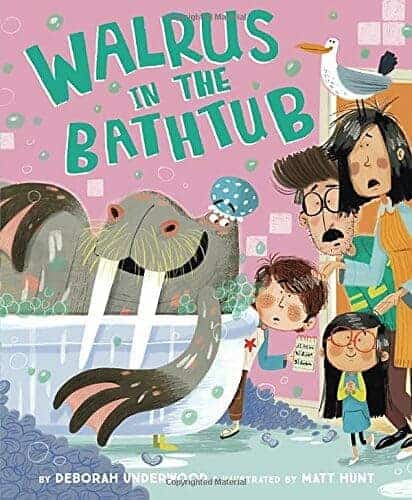
Walrus in the Bathtub by Deborah Underwood, illustrated by Matt Hunt The worst thing about this family’s new home is the walrus in the bathtub. And walrus songs are very, very loud. It’s a big problem. The family tries lots of clever things to get the walrus to leave the bathtub but with no success. So they decide to move. Again. That’s when the walrus shows them his list — “ How to Make Your New Family Feel Welcome ” — which, surprisingly, includes all the things that annoy the family. It turns out the walrus was just trying to be nice. As a result, the family stays with a few *new* rules. This story will make you want your own walrus in a bathtub.
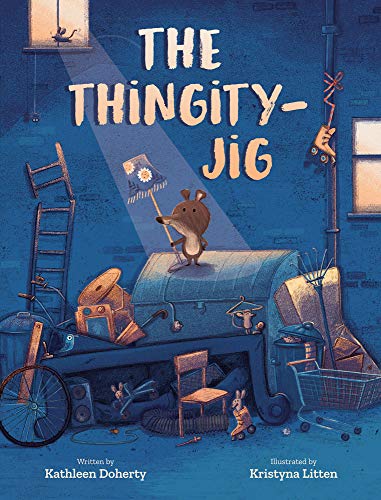
The Thingity-Jig by Kathleen Doherty, illustrated by Kristyna Litten Wordplay, problem-solving, and persistence! One day Bear finds a Thingity-Jig (aka. a couch), which he thinks is wonderful as a sit-on-it, jump-on-it thing. He asks his friends to help him carry it home but they’re too fast asleep, so Bear figures out some ideas to do it himself. He makes a Rolly-Rumpity! Which is a pack-it-up, heap-it-up, load-it-up thing. That isn’t enough to move the Thingit-Jig so Bear makes something else — a Lifty-Uppity. And then, a Pushy-Poppity. And at daybreak, he arrives back at home where his friends are waking up, with his special Thingity-Jig. Bingity…Bing…Boing…Bear falls asleep.
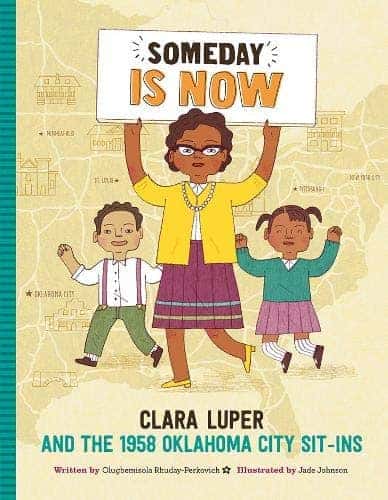
Someday is Now: Clara Luper and the 1958 Oklahoma City Sit-Ins by Olugbemisola Rhuday-Perkovich Clara advocated for justice and equality during a time when Black people weren’t permitted the same rights as white people. As a teacher, she inspired her students to believe that change was possible. Clara and her students went to the Katz drugstore and asked to be served — even though the store didn’t serve black people. She and her students returned day after day despite people yelling and throwing food. Eventually, the Katz store relented and started to serve people of all races. Clara and her students finally could enjoy a Coke and a burger without trouble.

Wangari’s Trees of Peace by Jeannette Winter Based on the true story of Wangari Maathai, winner of the Nobel Peace Prize, read how Wangari helped her country of Kenya whose forests were all but destroyed. She started planting trees which started a movement motivating other people to plant trees as well. This is an example of how narrative nonfiction book can also teach the plot structure of problem and solution .
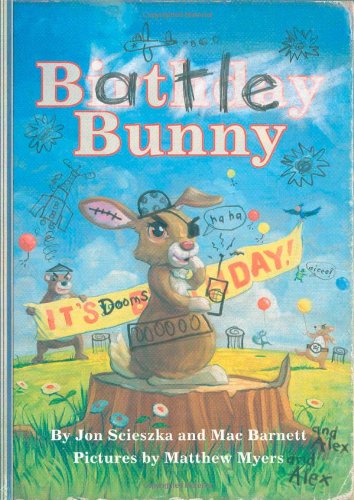
Battle Bunny by Jon Scieszka and Mac Barnett, illustrated by Matt Myers When Alex gets a silly, sappy picture book called Birthday Bunny, he picks up a pencil and turns it into something he’d like to read: Battle Bunny. An adorable rabbit’s journey through the forest becomes a secret mission to unleash an evil plan–a plan that only Alex can stop. Not only does this mentor text model problem and solution, but also voice and revision.
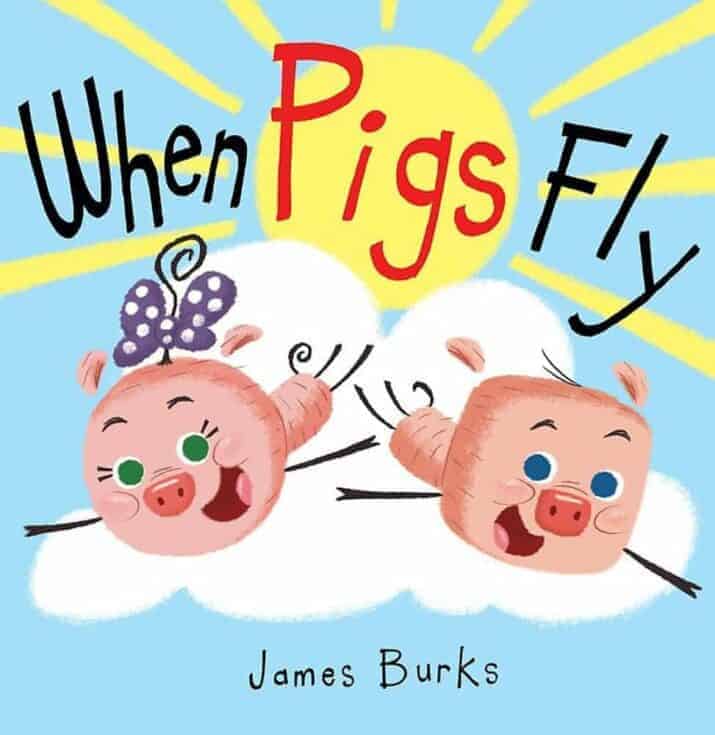
When Pigs Fly by James Burke One day, an exuberant pig declares that he will fly. His sister observes with disbelief and horror as one attempt after another fails. The brother pig is so disappointed that he decides to give up. That’s when his sister comes up with an idea — something he hasn’t tried before that will help her brother fly — a pretend airplane. The pigs’ expressive illustrations are absolutely perfect as is the message of persistence despite failure.
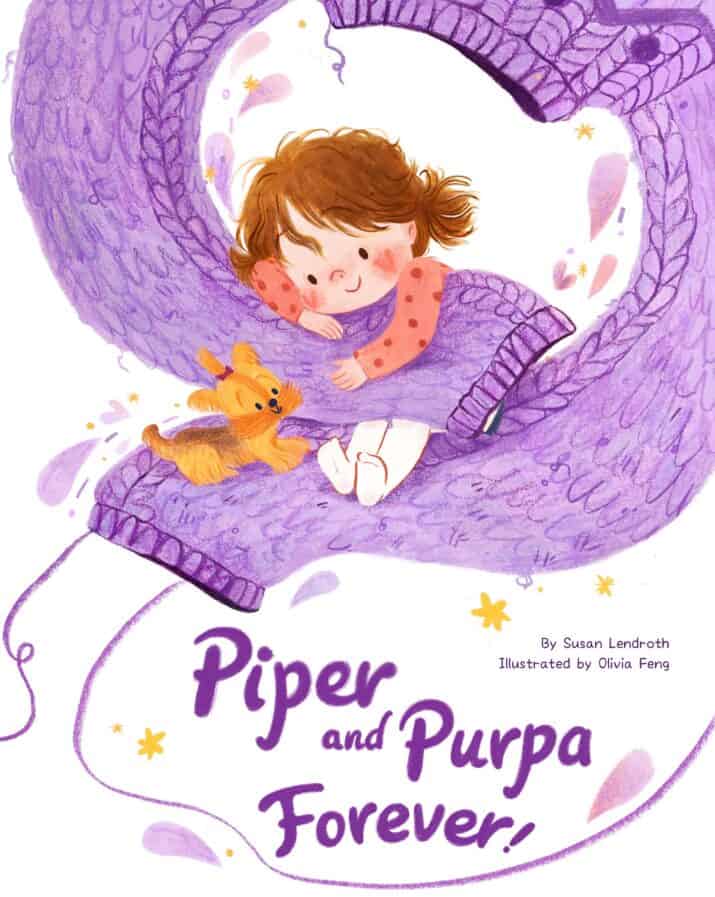
Piper and Purpa Forever! by Susan Lendroth, illustrated by Olivia Feng Most stories have a problem and a solution but this story is a great example showing a little girl’s ability to creatively problem solve with a beautiful solution to her problem. Piper loves her beloved purple sweater, Purpa, and is so sad when she grows out of it. Will she be able to keep her sweater somehow?
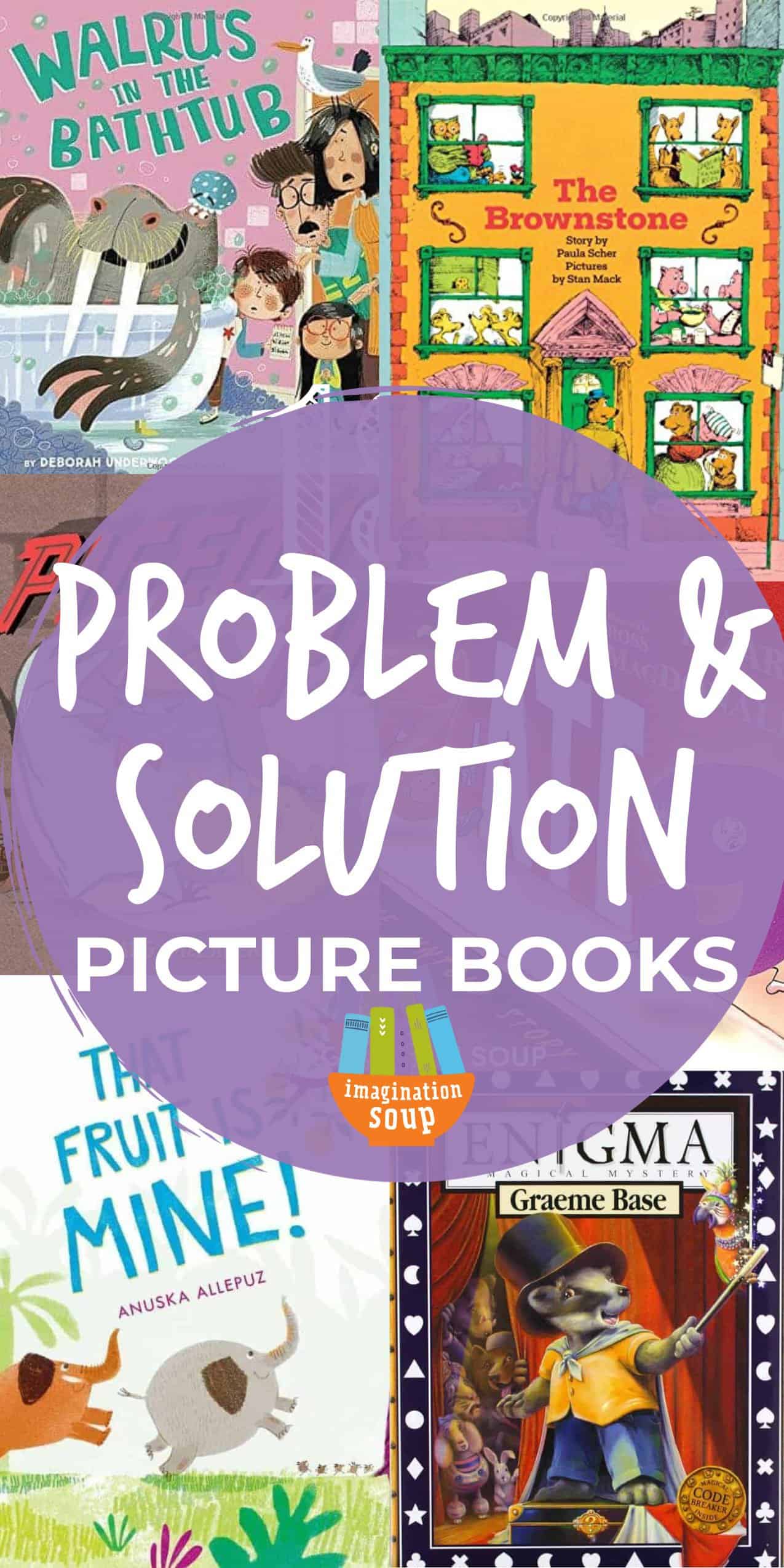
KEEP READING
Picture Books to Teach Perspective
Picture Books to Teach Vivid Description
Favorite Book Character Costumes
Melissa Taylor, MA, is the creator of Imagination Soup. She's a mother, former teacher & literacy trainer, and freelance education writer. She writes Imagination Soup and freelances for publications online and in print, including Penguin Random House's Brightly website, USA Today Health, Adobe Education, Colorado Parent, and Parenting. She is passionate about matching kids with books that they'll love.
Similar Posts

Raising a Reader (Tips from an Author)

Simple Christmas Zentangle for Kids

New Books for Growing Readers Ages 5 – 8

Pretend Play Penny Store
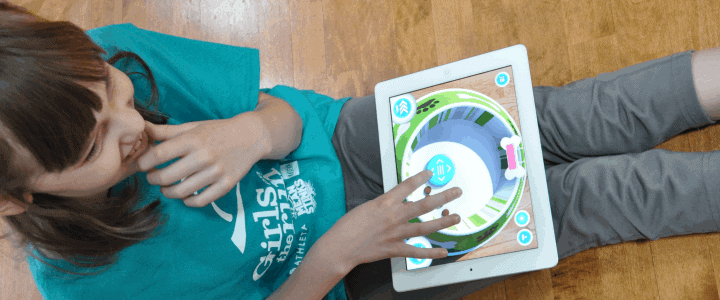
New Tech Toy for Summer Learning SPHERO 2.0 + Sweepstakes

Monster Play Dough Math Activity
Leave a reply cancel reply.
Your email address will not be published. Required fields are marked *
My grandson loves cars, RC cars, sports cars but I don’t find any books about cars, racing, car features, etc. It would be a ‘hook’ to get him to read more. Any suggestions appreciated.
Here is a list of vehicle books. https://imaginationsoup.net/picture-books-vehicle-loving-kids/ . My recommendation for car books is Professor Wooford McPaw’s History of Cars by Elliot Kruszynski.

- Education & Teaching
- Schools & Teaching

Enjoy fast, free delivery, exclusive deals, and award-winning movies & TV shows with Prime Try Prime and start saving today with fast, free delivery
Amazon Prime includes:
Fast, FREE Delivery is available to Prime members. To join, select "Try Amazon Prime and start saving today with Fast, FREE Delivery" below the Add to Cart button.
- Cardmembers earn 5% Back at Amazon.com with a Prime Credit Card.
- Unlimited Free Two-Day Delivery
- Streaming of thousands of movies and TV shows with limited ads on Prime Video.
- A Kindle book to borrow for free each month - with no due dates
- Listen to over 2 million songs and hundreds of playlists
- Unlimited photo storage with anywhere access
Important: Your credit card will NOT be charged when you start your free trial or if you cancel during the trial period. If you're happy with Amazon Prime, do nothing. At the end of the free trial, your membership will automatically upgrade to a monthly membership.
Buy new: $13.29 $13.29 FREE delivery: Monday, April 15 on orders over $35.00 shipped by Amazon. Ships from: Amazon.com Sold by: Amazon.com
Return this item for free.
Free returns are available for the shipping address you chose. You can return the item for any reason in new and unused condition: no shipping charges
- Go to your orders and start the return
- Select the return method
Buy used: $12.02
Fulfillment by Amazon (FBA) is a service we offer sellers that lets them store their products in Amazon's fulfillment centers, and we directly pack, ship, and provide customer service for these products. Something we hope you'll especially enjoy: FBA items qualify for FREE Shipping and Amazon Prime.
If you're a seller, Fulfillment by Amazon can help you grow your business. Learn more about the program.

Download the free Kindle app and start reading Kindle books instantly on your smartphone, tablet, or computer - no Kindle device required .
Read instantly on your browser with Kindle for Web.
Using your mobile phone camera - scan the code below and download the Kindle app.

Image Unavailable

- To view this video download Flash Player

Follow the author

180 Days of Problem Solving for Fifth Grade – Build Math Fluency with this 5th Grade Math Workbook (180 Days of Practice) 1st Edition
Purchase options and add-ons.
The '180 Days of Problem-Solving' offers a purposeful, daily practice that will engage 5th-grade students throughout the school year. Crafted to promote both fun and learning, the interactive activities provide children an ideal environment to focus on problem-solving process, use visual models, and solve multi-step, non-routine word problems. Great for homeschooling or learning in classrooms, these workbooks also help kids retain educational knowledge during the summer or stay-at-home learning.
- This workbook focuses on one skill each week so students can learn the problem-solving process, use visual models, and solve multi-step, non-routine word problems.
- Builds student's confidence in problem solving skills with quick daily independent learning activities and makes at-home learning, whole class instruction, or small group support, quick and easy.
- Its lesson plans offer guidance and support for every day of the week, outlining strategies and activities that dig deeper than routine word problems.
- COMPREHENSIVE WORKBOOKS: 180 days of mathematics; designed to practice key skills, demonstrate understanding, and build confidence for 5th-graders
- INDIVIDUALIZED LEARNING: Practice-Assess-Diagnose format assesses children’s unique learning abilities and identifies their strengths and weaknesses
- ALIGNS WITH EDUCATION STANDARDS: Packed with engaging activities to help students flourish and thrive in 5th-grade. Aligned to state, national, and College & Career Readiness standards
- IDEAL FOR HOMESCHOOLING: Designed for parents and teachers to provide daily practice to young scholars at home or online
- CREATED BY TEACHERS: TCM develops innovative and imaginative educational materials for students and teachers worldwide to make teaching more effective and learning more fun
- ISBN-10 1425816177
- ISBN-13 978-1425816179
- Edition 1st
- Publisher Shell Education
- Publication date October 3, 2016
- Part of series 180 Days of Practice
- Language English
- Dimensions 8.5 x 0.6 x 11 inches
- Print length 224 pages
- See all details

Frequently bought together
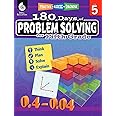
Similar items that may ship from close to you
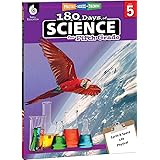
From the Publisher

About the Brand:
For over 40 years, TCM’s award-winning resources have been used by educators across the U.S. and in 89 different countries. Offering a broad range of innovative curriculum resources, TCM’s products support reading, writing, mathematics, social studies, science, technology, test preparation, and professional development for Grades K-12.
180 Days of Problem Solving
The '180 Days of Problem-Solving' workbook offers purposeful, daily practice that will engage 4th-grade students throughout the school year. Great for homeschooling or learning in classrooms, these workbooks also help kids retain educational knowledge during the summer or stay-at-home learning.
- Offers a variety of engaging math subjects: geometry, word problems, and multiplication
- Engages students and keeps track of progress throughout the school year with daily worksheets
- Improves math skills as it builds confidence in struggling math students

3 ways to use the book

Product details
- Publisher : Shell Education; 1st edition (October 3, 2016)
- Language : English
- Paperback : 224 pages
- ISBN-10 : 1425816177
- ISBN-13 : 978-1425816179
- Reading age : 9 - 11 years
- Item Weight : 1.2 pounds
- Dimensions : 8.5 x 0.6 x 11 inches
- #133 in Common Core
- #222 in Math Teaching Materials
- #1,610 in Education Workbooks (Books)
Videos for this product

Click to play video

Practice Makes Perfect: 180 Days of Practice in Each Subject
Teacher Created Materials
About the author
Shell education.
Discover more of the author’s books, see similar authors, read author blogs and more
Customer reviews
Customer Reviews, including Product Star Ratings help customers to learn more about the product and decide whether it is the right product for them.
To calculate the overall star rating and percentage breakdown by star, we don’t use a simple average. Instead, our system considers things like how recent a review is and if the reviewer bought the item on Amazon. It also analyzed reviews to verify trustworthiness.
Reviews with images

- Sort reviews by Top reviews Most recent Top reviews
Top reviews from the United States
There was a problem filtering reviews right now. please try again later..
- Amazon Newsletter
- About Amazon
- Accessibility
- Sustainability
- Press Center
- Investor Relations
- Amazon Devices
- Amazon Science
- Start Selling with Amazon
- Sell apps on Amazon
- Supply to Amazon
- Protect & Build Your Brand
- Become an Affiliate
- Become a Delivery Driver
- Start a Package Delivery Business
- Advertise Your Products
- Self-Publish with Us
- Host an Amazon Hub
- › See More Ways to Make Money
- Amazon Visa
- Amazon Store Card
- Amazon Secured Card
- Amazon Business Card
- Shop with Points
- Credit Card Marketplace
- Reload Your Balance
- Amazon Currency Converter
- Your Account
- Your Orders
- Shipping Rates & Policies
- Amazon Prime
- Returns & Replacements
- Manage Your Content and Devices
- Recalls and Product Safety Alerts
- Conditions of Use
- Privacy Notice
- Consumer Health Data Privacy Disclosure
- Your Ads Privacy Choices
Challenging Math through Captivating Comic Books
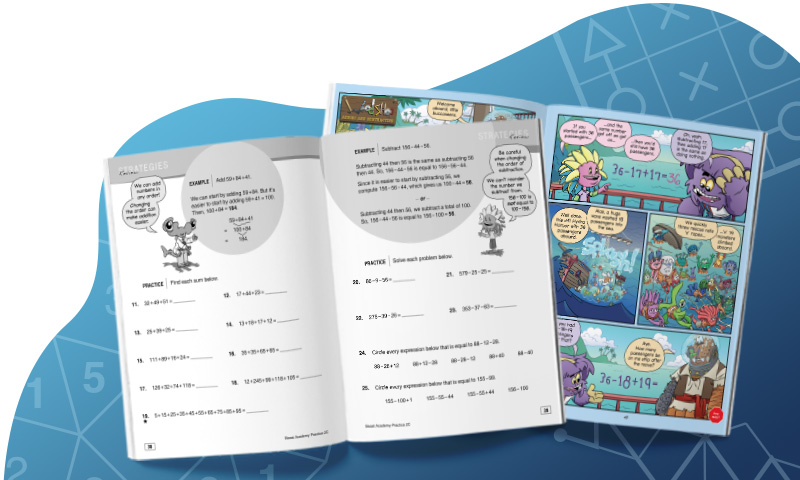
Where to Start: Beast Academy Math Books
Learn math concepts and problem-solving skills through the richly illustrated adventures of four little Beast Academy monsters.
For each unit, there are Guide and Practice materials.
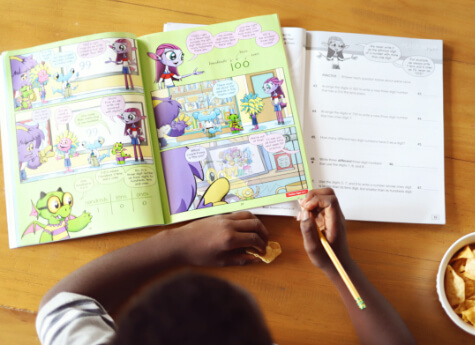
- The Guide materials provide comprehensive instruction in an engaging, illustrated, comic-style format. The vivid imagery and storylines captivate both the reader and the visual learner, offering strong pedagogical support while heightening student engagement.
- The Practice materials contain exercises, problems, and puzzles that reinforce the lessons taught in the Guides. They provide detailed examples and step-by-step solutions that model problem-solving strategies. Many solutions feature more than one approach.
Choosing the Right Level for Your Student
Each level 1-5 is split into four units, A-D. Once a student completes unit D of a level, they are ready to move on to unit A of the next level.
We recommend taking one of our Placement Tests to choose the best level for your student.
New to Beast Academy? The best way to determine your student's starting level is by having them take a Placement Test. We recommend using your child's age to determine which Placement Test to take.
See Placement Tests

Gain Problem Solving Tools for School and Life
- Master Concepts Behind Calculations
- Uncover Creative Solves
- Understand the Why and How
- Advance Exponentially Each Year

Master Concepts Behind Calculations Beast Academy curriculum goes well beyond the basics, teaching students how to think critically and understand the concepts behind the calculations.
Understand the Why and How With a focus on higher-order reasoning, rather than drills and memorization, students develop the foundation they need to master complex problems into the future.
Uncover Creative Solves The Beast Academy universe kindles students' sense of wonder, opening multiple learning avenues that inspire lateral thinking — a hallmark of great problem-solvers.
Advance Exponentially Each Year By tackling increasingly greater challenges, students develop a deeper capacity for learning each year, compounding their ability for growth over time.
Beast Academy Book Curriculum
Books level 1.
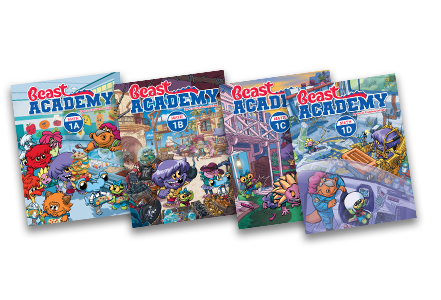
FULL SET - LEVEL 1
- 4 combined Guide + Practice books (1A-1D)
- Level 1 does not have separate Guide and Practice books. All of the materials are combined into a single book.

- Subtraction

- Addition & Subtraction

- Big Numbers
- Measurement
- Problem Solving

- 500+ Brand New Puzzles
- 12 Favorite Styles
- Written by US National Puzzle Team competitor
Books Level 2
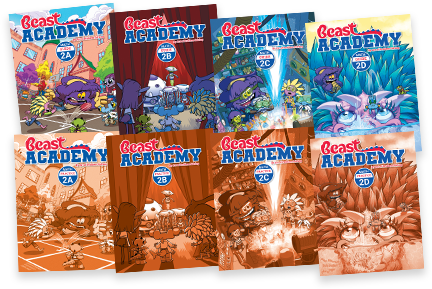
FULL SET - LEVEL 2
- 4 Guide books (2A-2D)
- 4 Practice books (2A-2D)

- Place Value

- Expressions

- Odds & Evens

- 400+ Brand New Puzzles
- Written by 2011 World Puzzle Champion
Books Level 3
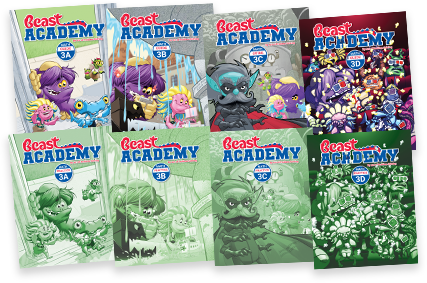
FULL MATH SET - LEVEL 3
- 4 Guide books (3A-3D)
- 4 Practice books (3A-3D)

- Skip-Counting
- Perimeter & Area

- Multiplication
- Perfect Squares
- The Distributive Property

Books Level 4

FULL SET - LEVEL 4
- 4 Guide books (4A-4D)
- 4 Practice books (4A-4D)

- Probability

Books Level 5

FULL SET - LEVEL 5
- 4 Guide books (5A-5D)
- 4 Practice books (5A-5D)

- Expressions & Equations

- Factors & Multiples

- Ratios & Rates

- Square Roots
How Do BA Books Work With BA Online?
BA Books and BA Online can be used either together or independently. Both the books and BA Online levels cover the same concepts in the same order of units and chapters.

The digital versions of our full-color comic-style Guide books are included in the BA Online platform. But many students like to have the printed versions too. Our black-and-white Practice books are not included in the BA Online platform. They contain completely different problems from the ones found in BA Online.
For these reasons, students often use our online and book formats together as complements. Our suggested planning sequences can help you get started.
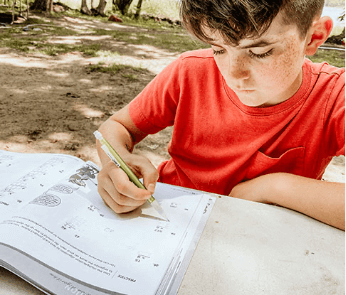
I couldn't be happier with my child's reaction to this incredible educational resource. He loves the books and reads them even at bedtime. The challenging puzzles and problems in the Practice books are perfect for him. Finally, there is a math program with genuinely intriguing and creative problem sets! I can see the wheels turning and his love of math coming alive again. Kristina I., BA parent
Critical thinking definition

Critical thinking, as described by Oxford Languages, is the objective analysis and evaluation of an issue in order to form a judgement.
Active and skillful approach, evaluation, assessment, synthesis, and/or evaluation of information obtained from, or made by, observation, knowledge, reflection, acumen or conversation, as a guide to belief and action, requires the critical thinking process, which is why it's often used in education and academics.
Some even may view it as a backbone of modern thought.
However, it's a skill, and skills must be trained and encouraged to be used at its full potential.
People turn up to various approaches in improving their critical thinking, like:
- Developing technical and problem-solving skills
- Engaging in more active listening
- Actively questioning their assumptions and beliefs
- Seeking out more diversity of thought
- Opening up their curiosity in an intellectual way etc.
Is critical thinking useful in writing?
Critical thinking can help in planning your paper and making it more concise, but it's not obvious at first. We carefully pinpointed some the questions you should ask yourself when boosting critical thinking in writing:
- What information should be included?
- Which information resources should the author look to?
- What degree of technical knowledge should the report assume its audience has?
- What is the most effective way to show information?
- How should the report be organized?
- How should it be designed?
- What tone and level of language difficulty should the document have?
Usage of critical thinking comes down not only to the outline of your paper, it also begs the question: How can we use critical thinking solving problems in our writing's topic?
Let's say, you have a Powerpoint on how critical thinking can reduce poverty in the United States. You'll primarily have to define critical thinking for the viewers, as well as use a lot of critical thinking questions and synonyms to get them to be familiar with your methods and start the thinking process behind it.
Are there any services that can help me use more critical thinking?
We understand that it's difficult to learn how to use critical thinking more effectively in just one article, but our service is here to help.
We are a team specializing in writing essays and other assignments for college students and all other types of customers who need a helping hand in its making. We cover a great range of topics, offer perfect quality work, always deliver on time and aim to leave our customers completely satisfied with what they ordered.
The ordering process is fully online, and it goes as follows:
- Select the topic and the deadline of your essay.
- Provide us with any details, requirements, statements that should be emphasized or particular parts of the essay writing process you struggle with.
- Leave the email address, where your completed order will be sent to.
- Select your prefered payment type, sit back and relax!
With lots of experience on the market, professionally degreed essay writers , online 24/7 customer support and incredibly low prices, you won't find a service offering a better deal than ours.

- AMS Home (opens in a new tab)
- My Bookshelf
- MAA Press Books
- Book Series
- eBook Collections (opens in a new tab)
- Advanced Search
Problem Books
This series will include a variety of books related to problems and problem-solving, including collections of problems from prominent mathematical competitions, collections of problems specific to particular branches of mathematics, and books on the art and practice of problem-solving.
21 Good Picture Books to Teach Problem and Solution

Mentor Text Picture Books to Teach Problem and Solution

Problem Solved! by Jan Thomas When Rabbit sees his messy room, he learns that he has HIS OWN PROBLEM SOLVING PORCUPINE! Which seems good at first. But, it turns into a disaster. Because to clean up the blocks, the porcupine flushes them down the toilet. And to clean up his shirts, he feeds them to the goldfish. How can Rabbit get rid of his not-very-helpful problem-solving porcupine?

A House in the Woods by Inga Moore Little Pig’s den becomes filled with friends, but once Moose arrives, the den collapses. Oh, no! Problem. What will they do to find a solution? Together, the animals build a new house in the woods big enough to fit all the friends.

Enigma by Graeme Base Bertie needs to find the missing magic show props that have disappeared from his grandpa’s retirement home. Each performer tells him what’s missing. Readers help find the items in the illustrations so that Bertie can find the culprit. Like all his books, Base excels in his detailed illustrations.

7 Ate 9: The Untold Story by Tara Lazar, illustrated by Ross MacDonald 6 bangs on Private I’s door for help! Because there’s a rumor that 7 is eating other numbers because apparently, 7 ate 9. YIKES! But did 7 really eat 9? Pitch perfect tongue-in-cheek number and word humor will crack you up throughout this suspenseful, funny problem and solution story. (Also on: Best Picture Book Mysteries.)

The Brownstone by Paula Scher, illustrated by Stan Mack The Bear family is ready for hibernation but first, they need to figure out what to do about the noise problem. Their solution? All the animals work together to shift apartments so that everyone finds the best apartment for their specific needs. You’ll love the message and illustrations.

Pigeon P.I. by Meg McLaren What a unique and delightful mystery story! A little canary asks Pigeon P.I. (private investigator) to help her find her missing friends. Then the canary goes missing, too. It’s up to Pigeon to solve the missing bird mystery. The author writes in the style of the old detective shows– punchy with short sentences. The illustrator captures the details, giving kids clues to notice as they read.

One Word from Sophia by Jim Averbeck, illustrated by Yasmeen Ismail This picture book is a great way to teach kids summarizing and word choice as well as a problem-solution text structure! Sophia really wants a pet giraffe for her birthday. As a result, she sets out to convince her family, starting with her mother, a judge. However, Mother says that Sophia’s argument is too verbose. As a result, Sophie tries fewer words with Father. But he says her presentation is too effusive. Sophia continues with each family member until she reaches her last-ditch attempt and says the one word that works: PLEASE.

No Boring Stories! by Julie Falatko, illustrated by Charles Santoso When a cute little bunny tries to join a group of animal storytellers (mole, weevil, crab, and babirusa), the group doesn’t want to add her to their brainstorming group. As the animals continue their story plans with relatable characters, an inciting incident, rising action, climax, and…. Only the group gets stuck with the ending. That’s when bunny reveals that she likes making up weird (not boring) stories. The group realizes that the bunny has the perfect ending idea. Reluctantly, they agree that she can be part of the group. At least until a “ bunch of adorable frogs and puppies show up next week… ” This book shows plotting as well as the creative strengths of writers working together.

That Fruit Is Mine! by Anuska Allepuz This is a charming problem and solution story about learning to share and the power of working together. You’ll crack up watching the elephants’ many failed attempts to get delicious-looking fruit off a tree while simultaneously watching a tiny group of mice work together to get the yummy fruit, too. The problem is getting the fruit but only one animal group succeeds in a solution. Who do you think it will be? Great for prediction! (Also on: Picture Books That Teach Cooperation.)

Great, Now We’ve Got Barbarians! by Jason Carter Eaton, illustrated by Mark Fearing Mom says that if the boy doesn’t clean his room, he’ll get pests . . . which the boy thinks aren’t all that bad, right? However, things go downhill when barbarian “pests” start arriving. Because they eat everything, use his toys to clean out their ears, and steal blankets and pillows. So there is only one thing to do — CLEAN up his room. It’s a predictable but funny solution with the perfect forgot-to-clean-up twist at the end.

Walrus in the Bathtub by Deborah Underwood, illustrated by Matt Hunt The worst thing about this family’s new home is the walrus in the bathtub. And walrus songs are very, very loud. It’s a big problem. The family tries lots of clever things to get the walrus to leave the bathtub but with no success. So they decide to move. Again. That’s when the walrus shows them his list — “ How to Make Your New Family Feel Welcome ” — which, surprisingly, includes all the things that annoy the family. It turns out the walrus was just trying to be nice. As a result, the family stays with a few *new* rules. This story will make you want your own walrus in a bathtub.

The Thingity-Jig by Kathleen Doherty, illustrated by Kristyna Litten Wordplay, problem-solving, and persistence! One day Bear finds a Thingity-Jig (aka. a couch), which he thinks is wonderful as a sit-on-it, jump-on-it thing. He asks his friends to help him carry it home but they’re too fast asleep, so Bear figures out some ideas to do it himself. He makes a Rolly-Rumpity! Which is a pack-it-up, heap-it-up, load-it-up thing. That isn’t enough to move the Thingit-Jig so Bear makes something else — a Lifty-Uppity. And then, a Pushy-Poppity. And at daybreak, he arrives back at home where his friends are waking up, with his special Thingity-Jig. Bingity…Bing…Boing…Bear falls asleep.

Someday is Now: Clara Luper and the 1958 Oklahoma City Sit-Ins by Olugbemisola Rhuday-Perkovich Clara advocated for justice and equality during a time when Black people weren’t permitted the same rights as white people. As a teacher, she inspired her students to believe that change was possible. Clara and her students went to the Katz drugstore and asked to be served — even though the store didn’t serve black people. She and her students returned day after day despite people yelling and throwing food. Eventually, the Katz store relented and started to serve people of all races. Clara and her students finally could enjoy a Coke and a burger without trouble.

Wangari’s Trees of Peace by Jeannette Winter Based on the true story of Wangari Maathai, winner of the Nobel Peace Prize, read how Wangari helped her country of Kenya whose forests were all but destroyed. She started planting trees which started a movement motivating other people to plant trees as well. This is an example of how narrative nonfiction book can also teach the plot structure of problem and solution.

Battle Bunny by Jon Scieszka and Mac Barnett, illustrated by Matt Myers When Alex gets a silly, sappy picture book called Birthday Bunny, he picks up a pencil and turns it into something he’d like to read: Battle Bunny. An adorable rabbit’s journey through the forest becomes a secret mission to unleash an evil plan–a plan that only Alex can stop. Not only does this mentor text model problem and solution, but also voice and revision.

When Pigs Fly by James Burke One day, an exuberant pig declares that he will fly. His sister observes with disbelief and horror as one attempt after another fails. The brother pig is so disappointed that he decides to give up. That’s when his sister comes up with an idea — something he hasn’t tried before that will help her brother fly — a pretend airplane. The pigs’ expressive illustrations are absolutely perfect as is the message of persistence despite failure.
Originally Posted Here
Super Easy Roasted Pumpkin Seed Recipe that Kids Will Eat
Study finds increase in mental health spending for children, adolescents since the beginning of pandemic, related articles.
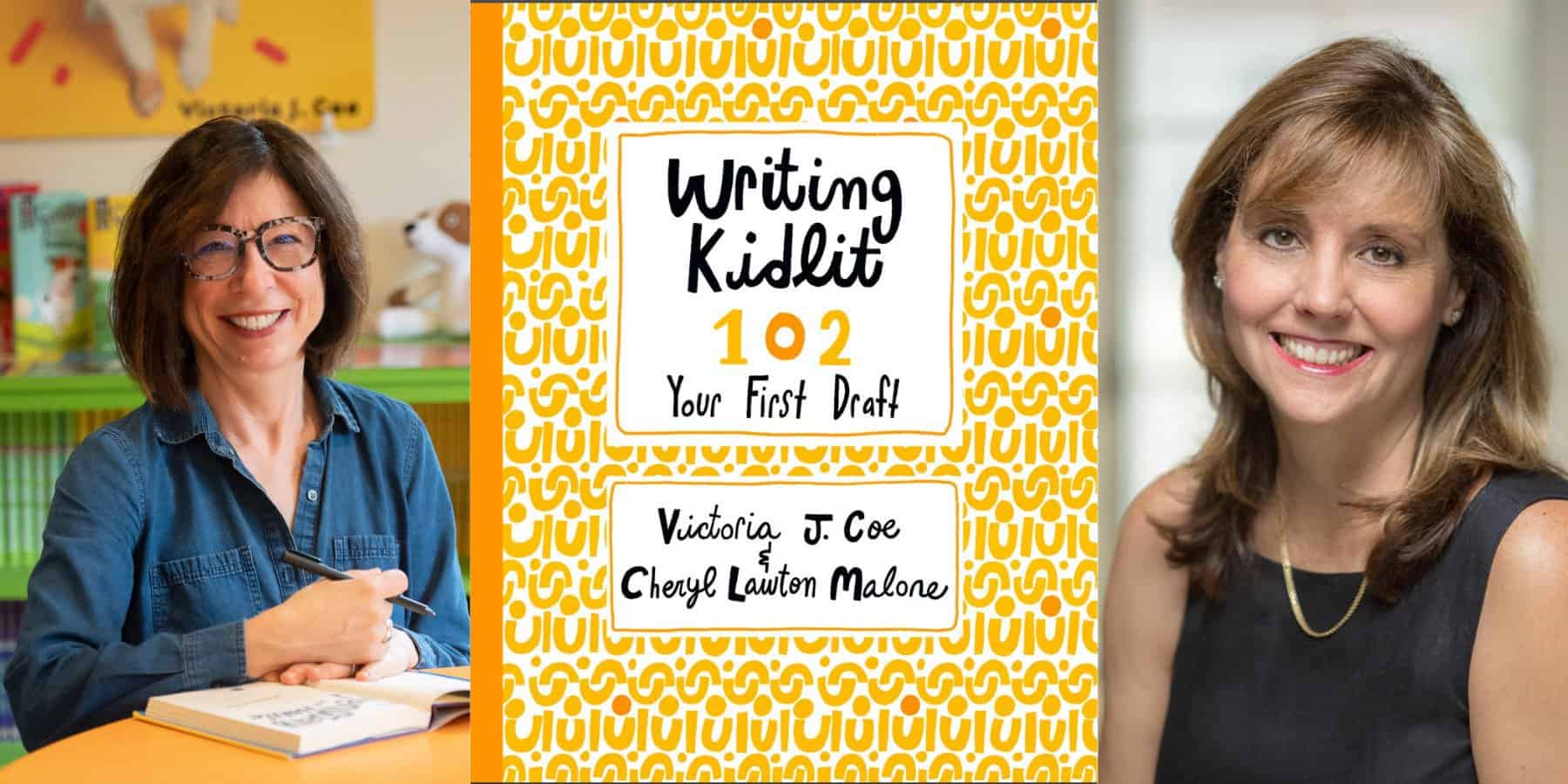
Bridging the Gap between Theory and Practice: Solving Intractable Problems in a Multi-Agent Machine Learning World - Elmore Family School of Electrical and Computer Engineering - Purdue University

Bridging the Gap between Theory and Practice: Solving Intractable Problems in a Multi-Agent Machine Learning World
Emmanouil-Vasileios (Manolis) Vlatakis Gkaragkounis is currently a Foundations of Data Science Institute (FODSI) Postdoctoral Fellow at the Simons Institute for the Theory of Computing, UC Berkeley, mentored by Prof. Michael Jordan. He completed his Ph.D. in Computer Science at Columbia University, under Professors Mihalis Yannakakis and Rocco Servedio, and holds B.Sc. and M.Sc. degrees in Electrical and Computer Engineering. Manolis specializes in the theoretical aspects of Data Science, Machine Learning, and Game Theory. His expertise includes beyond worst-case analysis, optimization, and data-driven decision-making in complex environments. Applications of his work span multiple areas from privacy, neural networks, to economics and contract theory, statistical inference, and quantum machine learning.
David Inouye, [email protected]
2024-04-10 08:00:00 2024-04-10 17:00:00 America/Indiana/Indianapolis Bridging the Gap between Theory and Practice: Solving Intractable Problems in a Multi-Agent Machine Learning World Manolis Vlatakis UC Berkeley 1:30 pm
ORIGINAL RESEARCH article
This article is part of the research topic.
The important role of the early school years for reading, writing and math development: Assessment and Intervention at school entry
I have three more than you, you have three less than me? Levels of flexibility in dealing with additive situations Provisionally Accepted

- 1 Ludwig Maximilian University of Munich, Germany
The final, formatted version of the article will be published soon.
Assessment and intervention in the early years should ideally be based on evidence-based models describing the structure and development of students' skills. Mathematical word problems have been identified as a challenge for mathematics learners for a long time and in many countries. We investigate flexibility in dealing with additive situations as a construct that develops during grades 1 through 3 and contributes to the development of students' word problem solving skills. We introduce the construct based on prior research on the difficulty of different situation structures entailed in word problems. We use data from three prior empirical studies with N = 383 German grade 2 and 3 students to develop a model of discrete levels of students' flexibility in dealing with additive situations. We use this model to investigate how the learners in our sample distribute across the different levels. Moreover, we apply it to describe students' development over several weeks in one study comprising three measurements. We derive conclusions about the construct in terms of determinants of task complexity, and about students' development and then provide an outlook on potential uses of the model in research and practice.
Keywords: flexibility in dealing with additive situations, Level model, Mathematics, word problem solving, primary school, assessment, assessment-based intervention
Received: 17 Nov 2023; Accepted: 09 Apr 2024.
Copyright: © 2024 Ufer, Kaiser, Gabler and Niklas. This is an open-access article distributed under the terms of the Creative Commons Attribution License (CC BY) . The use, distribution or reproduction in other forums is permitted, provided the original author(s) or licensor are credited and that the original publication in this journal is cited, in accordance with accepted academic practice. No use, distribution or reproduction is permitted which does not comply with these terms.
* Correspondence: Prof. Stefan Ufer, Ludwig Maximilian University of Munich, Munich, Germany
People also looked at

IMAGES
VIDEO
COMMENTS
8. Bulletproof Problem Solving: The One Skill That Changes Everything by Charles Conn and Robert McLean. Bulletproof Problem Solving is one of the best business problem solving books. This workbook-style-guide breaks down a "bulletproof" method of problem solving favored by consultants at McKinsey.
2. Problem Solving 101: A Simple Book for Smart People. by Ken Watanabe. This problem solving book is a concise and accessible primer on the art of problem solving. In this book, Watanabe distills complex concepts into straightforward techniques that can be easily applied to various situations.
Sprint, How to Solve Big Problems and Test New Ideas in Just Five Days. The Innovator's Dilemma. Switch, How to Change Things When Change Is Hard. Problem Solving 101. Seeking Wisdom: From Darwin to Munger. The Art of Thinking Clearly. Mastermind: How to Think Like Sherlock Holmes.
The list of my top books on lean problem-solving coaching for improvement and wouldn't be complete without including John's book Managing to Learn: Using the A3 Management Process to Solve Problems, Gain Agreement, Mentor and Lead. This book is the book to read, and re-read, to really understand what A3 problem-solving is about.
The 20 best problem solving books recommended by Adam Grant, Charles Duhigg, John Greathouse, Eric Schmidt, Philip E. Tetlock and others.
Recommended by Satya Nadella, Ken Norton, Ron Conway and 93 others. Raj Shamani[4] Thinking Fast & Slow by Daniel Kahneman. It is an amazing book to understand how human nature never changes but situations and experiences do. Key points: - System 1 (intuition) & System 2 (Logical interpretation) - Overconfidence.
avg rating 3.68 — 146 ratings — published. Want to Read. Rate this book. 1 of 5 stars 2 of 5 stars 3 of 5 stars 4 of 5 stars 5 of 5 stars. Books shelved as problemsolving: The Thinker's Toolkit: 14 Powerful Techniques for Problem Solving by Morgan D. Jones, Problem Solving 101: A Simple Book...
Written by an acclaimed author, this book explores the interconnectedness of various systems, from ecosystems to organizations, and provides practical tools for problem-solving and decision-making. With real-world examples and thought-provoking insights, it equips readers with the necessary skills to navigate and influence the intricate systems ...
3. Problem Solving 101: A Simple Book for Smart People by Ken Watanabe. Problem Solving 101 is a neat little book on problem-solving. It was originally meant for a younger audience, but it has taken widespread appeal to all ages for people who want to solve problems better.
Critical Thinking and Problem Solving Books to read in 2024 to broaden your knowledge in Career and Success. User verified book suggestions such as 'The Great Mental Models' and 'How to Have Impossible Conversations ' by top notch authors like Shane Parrish and Rhiannon Beaubien and Peter Boghossian and James A. Lindsay.
The best books on critical thinking: Table of Contents [ show] 1. Critical Thinking: A Beginner's Guide to Critical Thinking, Better Decision Making, and Problem Solving - Jennifer Wilson. $12.38. Buy on Amazon. 03/08/2024 04:56 pm GMT. As the title says, this book introduces you to the art of critical thinking.
Problem Solving 101, by Ken Watanabe. The Japanese bestseller Problem Solving 101 is quite easy to read, since it's targeted towards an elementary school level. Don't let that deter you, though—the content itself covers practical elements in business, from diagnosing the situation to identifying root causes and decision-making.
Books By Subject General Introduction / Multiple Topics Getting Started. Getting Started with Competition Math, a textbook meant for true beginners (on-target middle school students, or advanced elementary school students).It is written by AoPS Community Member cargeek9, currently a junior in high school.It covers the basics of algebra, geometry, combinatorics, and number theory, along with ...
A list of good mathematical problem solving books, suitable for High School students. flag. All Votes Add Books To This List. 1: The Art and Craft of Problem Solving by. Paul Zeitz. 4.58 avg rating — 256 ratings. score: 299, and 3 people voted Want to ...
Text: 320 pages. Solutions: 184 pages. A classic problem solving textbook for students in grades 9-12 who are preparing for advanced high school contests like the AMC 12, AIME, and the Harvard-MIT Mathematics Tournament. Related courses: AMC 12 Problem Series, AIME Problem Series A, and AIME Problem Series B. $ 29.50.
How Analytical Skills Enhance Problem-Solving Abilities. ... Therefore, it is important to cultivate these skills through education and practice. The Top 10 Books on Critical Thinking. Critical thinking is an essential skill that helps us navigate the complexities of the world around us. It enables us to analyze information, evaluate arguments ...
One Word from Sophia by Jim Averbeck, illustrated by Yasmeen Ismail. This picture book is a great way to teach kids summarizing and word choice as well as a problem-solution text structure! Sophia really wants a pet giraffe for her birthday. As a result, she sets out to convince her family, starting with her mother, a judge.
The Practice and Problem Solving workbook did not provide any answers. Therefore, it unfortunately did not meet my expectations or my needs. Read more. 4 people found this helpful. Helpful. Report. Amazon Customer. 5.0 out of 5 stars Five Stars. Reviewed in the United States on May 10, 2018. Verified Purchase. Product as expected. Read more.
The '180 Days of Problem-Solving' offers a purposeful, daily practice that will engage 5th-grade students throughout the school year. Crafted to promote both fun and learning, the interactive activities provide children an ideal environment to focus on problem-solving process, use visual models, and solve multi-step, non-routine word problems.
Where to Start: Beast Academy Math Books. Learn math concepts and problem-solving skills through the richly illustrated adventures of four little Beast Academy monsters. For each unit, there are Guide and Practice materials. The Guide materials provide comprehensive instruction in an engaging, illustrated, comic-style format.
Critical thinking, as described by Oxford Languages, is the objective analysis and evaluation of an issue in order to form a judgement. Active and skillful approach, evaluation, assessment, synthesis, and/or evaluation of information obtained from, or made by, observation, knowledge, reflection, acumen or conversation, as a guide to belief and action, requires the critical thinking process ...
Problem Books. This series will include a variety of books related to problems and problem-solving, including collections of problems from prominent mathematical competitions, collections of problems specific to particular branches of mathematics, and books on the art and practice of problem-solving.
Read mentor text picture books to teach problem and solution text structure. Understanding problem and solution improves comprehension and helps readers make informed predictions. (As well as helping children see the creative possibilities in problem-solving!) Of course, almost all stories have a problem and a solution with the exception of a concept book.
Welcome to the daily solving of our PROBLEM OF THE DAY with Siddharth Hazra. We will discuss the entire problem step-by-step and work towards developing an optimized solution. This will not only help you brush up on your concepts of DP but also build up problem-solving skills. In this problem, we are given, a m*n grid with each cell consisting of positive, negative, or zero point.
Bridging the Gap between Theory and Practice: Solving Intractable Problems in a Multi-Agent Machine Learning World - Elmore Family School of Electrical and Computer Engineering - Purdue University ... Despite their theoretical complexity, such tasks are often more manageable in practice, thanks to deceptively simple yet efficient techniques ...
Assessment and intervention in the early years should ideally be based on evidence-based models describing the structure and development of students' skills. Mathematical word problems have been identified as a challenge for mathematics learners for a long time and in many countries. We investigate flexibility in dealing with additive situations as a construct that develops during grades 1 ...